|
Welcome to the
Andres
THE HISPANIC
LEGACY IN THE U.S
I would like to
express my gratitude to the hosts and other friends of the Smithsonian
Institution's Latino Initiative Center. I am honored to be invited to
share some words related to the Hispanic legacy at the Smithsonian
Institution and the role played by the Latino Initiative Center for
which I am the director.
I am also
grateful to the members of the Spanish Association of Cultural Heritage
Managers and its President, Mr. Francisco Zamora, for inviting me to
this important event. It is especially propitious for me to refer to the
subject of the Hispanic legacy due to the growing interest within the
United States towards our population, considered as the most
representative ethnic group in that country.
Our population
is exceptional and unique. However, it requires further study and
understanding in order to appreciate the significance of its position
within the United States of America. Also, my presentation gives me the
opportunity to invite you to visit the Smithsonian Institution, which
also has a unique role in America. It is an immense and complex
institution, not always understood in terms of its mission and
importance.
Generally
speaking, I will try, in the first instance, to refer to the Smithsonian
Institution as such, which puts us in context to open the discussion
about the Hispanic legacy. I must add that I will use the words
'Hispanic' and 'Latino' alternatively in my speech. However, there are
large differences
in the meaning of the two terms. Latino refers primarily to Hispanic
descendents within Latin America and the Caribbean and excludes Spain’s
population. About
the Smithsonian:
The Smithsonian
Institution is 155 years old since the time when the English
scientist James Smithson bequeated almost all of his wealth “...
to the United States of America with the sole purpose of creating, in
the city of Washington, and under the name of the Smithsonian
Institution an establishment for the increase and diffusion of
knowledge.”
It was then
that the Congress of the United States accepted the donation and issued
the Organic Act of 1846 which defined the institution as it is known
today. Congress established that the trust be administered by a Board of
Regents and a Secretary, who have complete discretion to determine and
choose the most convenient means to increase and disseminate knowledge.
Likewise, Congress established that the Board of Regents be chaired by
the President of the Supreme Court of Justice, the Chancellor, by virtue
of his position, the Vice President of the United States, by virtue of
his position, three members of the Senate carefully selected, three from
the House of Representatives, and nine 'citizen' members chosen by the
Board.
The
Smithsonian's role in the United States is unique and prominent in that
it brings Americans closer to their history and cultural and scientific
legacy than any other institution in the world. Additionally, it allows
Americans to learn about other people and other cultures through
programs that include materials from all over the world. From the
beginning, the Smithsonian has helped develop collections and exhibits
to create an understanding of history, culture, and society through
access to music, art, science, technology, and international exchanges.
The Smithsonian
is comprised of 16 museums and galleries, the National Zoo, a library
system and nine research centers. Two major new museums are currently
under construction: The Steven F. Udvar-Hazy Center of the National Air
and Space Museum, located near Dulles International Airport, and the
American Indian National Museum next to the Congress Building. U.S. The
Smithsonian Center for Latino Initiatives was created as a
pan-institutional office with funds and programs to assure the presence
and programs for U.S. Latinos throughout the Institution. I will discuss
our strategy below.
In total, the
Smithsonian's heritage exceeds 280 million articles. Of this number,
museum collections hold more than 140 million objects, and the archives
hold about 140 million documents, photographs and other records. The
libraries of the Institution have approximately 1.5 million copies. The
Smithsonian thus constitutes the greatest center of creativity,
courage, aspirations, innovative spirit, imagination, ingenuity,
and traditional values of the Americans. In their
collections reside the records of what America has been. Moreover, the
collections include millions of articles and documents from around the
world, which makes it possible for Americans to understand and
investigate other cultures and societies.
The
Smithsonian's research covers a wide range of topics covering
astrophysics, aquaculture, anthropology, environmental studies, water
division management, archaeological excavations, tropical animal
behavior, endangered species and causes of Decay of works of art. The
Smithsonian is a powerful combination of a very important research
institution and an advanced learning center.
However, of the
more than 140 million pieces and specimens, we can only exhibit 2
percent at the same time; For this reason, and as a loan, the
Smithsonian delivers articles from its vast collection to the different
museums of the country, which become affiliates of the
Smithsonian. In addition, hundreds of their possessions are repatriated
annually, including human remains and funerary objects from native
populations, all over the world.
Unlike other
institutions in the United States and Europe, which attract mostly
international visitors, 90 percent of Smithsonian visitors are from the
United States. Museums and the zoo recorded an impressive 34 million
visitors. The trend for 2001 was 40 million, before the attacks on the
cities of New York and Washington on 11 September.
In addition,
the Smithsonian develops temporary exhibitions in different parts of the
country. It is estimated that 36 million visitors have enjoyed this kind
of exhibitions near their homes. Moreover, the Institution's website
registers approximately 2 million visitors per month. Entrance to the
Smithsonian's museums is free and its doors remain open throughout the
year with the exception of December 25, Christmas Day.
To achieve
these efforts, a lot of money is needed and the commitments are diverse.
Approximately $500 million dollars, or 60 percent of the funds, comes
from the federal budget. Another $200 million comes from donations and
sales of Smithsonian products. However, the Institution needs additional
resources to cover expenses for repairs and renovations of its
historic buildings and facilities. It also needs to pay its nearly 6,000
employees in charge of day-to-day operations, security, information and
education programs. That number would be even greater if it were not for
the 5 thousand people who volunteer their work annually.
The Center for
Latino Initiatives
Given this
close review of the history and importance of the Smithsonian
Institution in the United States, we might think that it has long been
considered an office or museum dedicated to the Hispanic population in
this country. Amazingly it was not. This omission became evident in the
nineties when U.S. Latino leaders organized the ceremonies to
commemorate the five centuries of the arrival of Christopher
Columbus to the American continent in 1492. For many, this date
was the opportunity to celebrate the Hispanic legacy. For others, the
opportunity to question the treatment that was given to the
American Indians throughout 500 years of European intrusion.
But in the Smithsonian it was relatively little that was organized for
the occasion, with the exception of a wonderful exhibition
and a program known as "Seeds of Exchange". This
program endeavored
to show what the Spaniards introduced to the Americas and what they in
turn took to Europe.
Local Latino
leaders wanted to know why the Smithsonian did only this series of
programs. In response to this concern, the Smithsonian organized a group
of Latino community leaders and members of the Institution in 1994 for
the sole purpose of studying the problem. This group produced a report
titled "Wilful Neglect", which was published in May 1994. In a
very strong language, the content of this document attempted to
challenge the Smithsonian to close the existing gaps in the issue of
Hispanic/Latino representation. The report explicitly concluded that:
"The
institution excludes and ignores almost entirely the Latino population
in the United States. This lack of inclusion is evident in the absence
of facilities in museums focused on Latino or Latino American art,
culture or history; The absence of Latino exhibits or programs; The
small number of Latino personnel; The small number of positions aimed at
curators or entrepreneurs; And in the almost non-existent
representation of the Latino community in the governing structure. For
the group writing this report, it is difficult to understand how
this consistent pattern of Latino exclusion in the Smithsonian's
work could have occurred without an intentional omission. "
When the report
was published, a new Secretary, I. Michael Heyman, was appointed to lead
the Smithsonian Institution. He had served on the National Board and was
the Chancellor of the University of California, Berkeley. He witnessed
Latino protests and efforts to open institutions of higher education. In
a first act as Secretary, he created the "Latino Supervisory
Committee" in order to determine actions to follow within the
Smithsonian. That group drafted a second report entitled "Towards a
Shared Vision". The report was published in 1997 and its content
provided valuable initiatives on possible solutions. He affirmed that
the Smithsonian should be "truly a space for the nation,
representing and reflecting the changing American kaleidoscope through
its collections, exhibitions, research and public programs, and its
administration, employees, visitors and volunteers. "Toward a
Shared Vision" also suggested the establishment of a Latino Center
to coordinate, research and expand Latino programming within the
Smithsonian.
Background and
Role
Thus, the
Smithsonian Center for Latino Initiatives was created by the Board of
Regents in the fall of 1997, just four years ago. In some ways, a
historic reparation was being made, which we could sum up in the words
of Secretary Heyman in his inaugural address of 1994:
"We will
pay special attention to Americans of Hispanic origin, not to
differentiate them, but to educate us all about our origins, in a way
that promotes feelings of pride and therefore acts against separation
and make creation more achievable of a single type of Americans. "
Mission and
Priorities
I had the honor
and the immense responsibility of being appointed Founding Director of
the Center. I opened the Center near the office of the Secretary
in the Smithsonian Castle on August 1998. My
authoriztion as Director has been to define the course and direction of
the Center within the Smithsonian Institution, across all its historic
programs, buildings and diverse museums.
Today our
mandate is clearly in line with the vision of the Smithsonian's first
benefactor, James Smithson, in the sense of creating an entity for the
"increase and diffusion of knowledge." Mr. Smithson believed
that the development of knowledge would generate opportunities for the
social and moral improvement of mankind. Smithson also believed that
spreading that knowledge was equally important in order to reach the
widest possible audience.
Today the
Center's mission is to advance and spread the knowledge and
understanding of the contributions of Latinos and Latinas in the
history, art, music, culture, science and society of the United States.
Our mission is being fulfilled through the generation of knowledge
through research and scholarships, interpreting and communicating
knowledge through exhibitions, electronic and Internet capabilities, and
building dialogue and relationships among Latino communities living in
the United States, The Smithsonian Institution and other organizations
dedicated to education and knowledge, foundations, corporations and
government agencies.
First, we are a
Center dedicated primarily to enhancing the knowledge and understanding
of Latinos living and working in the United States and its territories.
We have a commitment to education and communication throughout the
nation and with Latino communities. We give priority to Latinos
from the United States in our activities, including Latinos from Puerto
Rico and the territories of the United States. This does not mean,
however, that we have an exclusive agenda or division between Latinos in
the United States and those in Latin America. We have no borders because
in our work and research we have much to learn from others and much to
gain in the study of science, history, art, music, entertainment and
culture of Latin America.
Second, we are
a Center that facilitates and promotes Latino initiatives within the
same Smithsonian Institution. That is, through our work we intend to
increase the representation of Latinos in the Smithsonian's museums,
galleries and educational and research centers. Our intention is to
improve more and more the dependencies of the Smithsonian in terms of
Latin representation.
Third, we are a
Center committed to strengthening the nation's interest in the museums,
cultural centers and educational initiatives of Latinos. We are
achieving this by developing training programs, workshops, communication
systems, forums and national events, and collaborating with networks of
students, curators, conservationists and professionals committed to
history, art, music, photography, science and culture Latina Our
mission will be successful as we complement our work with that of others
committed to Latino communities.
Fourth, we are
also a Center that leads the way in promoting initiatives where and when
theCenter must show the way. Among these initiatives we can mention the
interdisciplinary and interinstitutional projects focused on the
combination of resources and specialties.
Programs of the
Center
Today, the
Center for Latino Initiatives has an overall strategic plan for Latin
programming, consisting
of three areas:
• Historical
and Musical Traditions
How to define the Latino without talking about the rhythms, verses and
melodies that circulate through the blood of the Hispanic population?
There is no doubt that the corrido,
son, cumbia,
rancheras,
mariachi, tangos, vallenato, bolero, salsa or
merengue,
among many other rhythms, are an essential part of the Latino being.
That is why we have focused on Latin/Latino music because it
connects and enriches our knowledge about Latino history and culture and
gives our society a wonderful display of Latino presence and spirit. It
is our intention to express Latino music, and to the musicians and
scholars of the same, a predominant place within the Smithsonian. We
also sponsor research related to the history and culture of Latin music.
Our goal is to establish a national center for information, study and
references of authors of Latino music. The program will also
include presentations and educational events co-sponsored by Smithsonian
museums and educational facilities.
• Latino Arts
and Culture
The intention
of the Center's initiatives in the Latino arts and culture is to
publicize the immense contributions of Latinos in areas such as visual
and performing arts, fashion and illustration, and other related
artistic productions, in order to increase their understanding. The
Center promotes research related to these themes, exhibits and
opportunities within the Smithsonian in order to reach larger audiences.
The Center has plans to raise funds for the funding of Smithsonian
researchers and support programs for Latino communities throughout the
nation. To achieve success in this regard, exhibitions and collaboration
within the Smithsonian and organizations that promote Latino culture,
arts, and legacy are essential.
• Research,
Dissemination and Educational Resources
We have
identified, on the other hand, the need to interweave the areas of
music, arts, culture, and science with a staff dedicated primarily to
the goal of increasing research, dissemination and educational
resources. We have several lines of responsibility, including: Pre and
Post-Doctoral programs for resident experts. Training at the Smithsonian
and assistance and technical support to Latino museums and cultural
centers. An additional component in our educational programming is the
"Virtual Gallery Latina" of the Center, which presents
exhibits related to Latino themes and educational content.
Challenges and
Opportunities
Today there is
no doubt about the importance of having a Latino Center at the
Smithsonian Institution. We have about 40 million people of
Hispanic/Latino origin living in the United States and Puerto Rico, or
about 14% of the total population. Given the rising birthrate and the
nearly 700,000 new Latino immigrants each year, we anticipate about 50
million Latinos in the next 10 years. Latinos from kindergarten to the
last year of high school are now the largest minority enrolled in public
schools. In 2000, Latino voters accounted for 9 percent of national
results in local elections. It is expected that this percentage will
increase exponentially in the next elections, and thus provide voters of
Latin origin with an important role in America. Keep in mind that
Latinos are relatively young. In fact, about half of the Latino
population is less than 25 years of age, while the average age of the
rest of the Americans is 35 years.
Latinos are
also, as never before, a predominant group within the US workforce and
economy as a growing and influential population of consumers, voters,
and investors. Latinos are increasingly important in the entertainment
industry, sports (particularly in baseball and soccer) and fashion
design. Hispanics' purchasing power averaged nearly $ 500 billion in
2000. Today, magazines and newspapers in Spanish are increasing in
numbers and producing profits thanks to the steady increase in
advertising. Spanish-language radio and television networks have an
immense and growing audience. More and more Latinos are seeking
information and recognition in our museums and cultural centers. This
implies a great responsibility for us, since we must respond to the
needs of this dynamic Hispanic population.
Latino
Communities
We are
currently experiencing increasing diversity and dispersion among Latinos
living in the United States. Usually we think of Latinos in terms of a
few distinct groups identified by their nationality, such as Mexican
Americans, Puerto Ricans, Cubans-Americans, Central and South Americans,
and other groups of Hispanic origin, including Philippinos and others of
Spanish language heritage and culture. [Note: The Philippines were
conquered by Spain in 1565, the islands were ceded to the US in 1898,
following the Spanish-American War.]
Given this
diversity and demographic dispersion, we must then refer to Latinos in
terms of 'Latino communities'. For example, in terms of places
that reflect the growing concentration of Latinos in different parts of
the United States. An article in "US News and World Report"
identified 17 different types of Latino cultural groups. As an
example, the article ranks Latinos in the United States in the
following groups:
1) Californians:
Mexican immigrants, middle-class Mexicans, dwellers neighborhood and
American Center of Union
Peak (a section of McArthur Park in Los Angeles)
2) Texans: Texans
from the South, Mexicans from Houston and Guatemalans from Texas.
3) Chicagoans:
Cubans, Mexicans from Chicago and Puerto Ricans from Chicago.
4) Miamians:
Cubans, Nicaraguans and South Americans.
5) New Yorkers /
Dominicans: Puerto Ricans, Dominicans and Colombians.
6) Beltway
Latinos: Salvadorans, Hondurans and Caribbean Natives.
7) Other: Latino
or Latino Indians, New Mexico Hispanics, and migrant workers.
Latino
communities are fascinating and extraordinary. Among Latinos newly
arrived in the United States there
are tens of thousands of Indians from Latin America. Many of them are
Mixtecos, Zapatecas,
Quechuas, Aymara, Yaquis, Tarahumaras, Tohono-Odum and Mayas. The Latino
Indians enrich
the cultural tradition through its diverse languages and customs. We
also find a growing
interest in Afro-Latin heritage and culture, especially from the
Caribbean region. If we add to this mix
the religious interests and tendencies of Latinos, including Islam and
Judaism, among others,
we will get a great mix of Latino communities to be addressed today
within the United States.
The diversity
of the Latino population is increasing so rapidly that even Latinos are
sometimes unaware of the
range of Latinos' identities, histories, issues, and issues of interest
in the United States.
Latino Heritage
The Smithsonian
Center for Latino Initiatives plays a key role in identifying and
disseminating Latino culture
and heritage. It also pays special attention to the projects that
provide teachers and school
students with information and materials that promote a positive image of
Latino culture. We
must focus our efforts on Latino youth and educational issues because 50
percent of the Latino
population is under 23.
When we look at
the characteristics of Latinos from the racial, cultural and linguistic
point of view, we can
emphasize in all cases that Latinos are multiracial and multicultural.
This represents an important
attribute of Latinos. Hardly is a Latino without racial mixture, or as
it is denominated in Castilian: 'mestizaje'.
There is much to be learned once the Latino concept of the mestizo
term
is understood.
This should not be considered as a demeaning concept. According to
renowned Mexican
philosopher Jose Vasconcelos, in his book "The Cosmic Race"
(1947): "The mestizos
are
the basis of a
new civilization." In other words, knowing who we are, a mixture of
whites, blacks, Asians and
Indians, we can understand our own wealth. The great Mexican artist,
Diego Rivera, contemporary of
Vasconcelos, defined himself as Spanish, Indian, African, Italian,
Jewish, Russian and of
Portuguese ancestry. Millions of Latinos could say the same thing.
Looked at in these terms, how rich
we are to be mestizos!.
Exhibitions and
Projects Required
Although we
generally rely on social statistics to describe the Latino population,
we should not forget our
past. More research and publicity is needed to show the importance of
Latinos. I hope the following
three examples will sufficiently explain the issues that need the most
attention.
An important
point is the role that Hispanics played in the formation of the United
States. For example, who of
you knows General Bernardo De Galvez? Near the State Department we find
a modest statue
of the uniformed General and his horse. During the American Revolution,
the General served
as Governor of the Spanish territories in what are now Louisiana, Texas
and ten other states.
Under Galvez's mandate, Spain proved to be a vital ally and a
significant factor in securing
American independence from Britain. Gálvez replaced generals Washington
and Clark, and commanded a
multi-national army of more than 7,000 soldiers between whites and
blacks from Spain,
Cuba, Mexico, Puerto Rico and Hispaniola, who won a crucial battle in
Pensacola, Florida,
managing to stop the British. However, few of us know these facts.
Worse, the aforementioned
statue was not put there by the United States. It was a gift made by
Spain just a few years ago.
There are many more Hispanics who fought for the United States. Today I
ask you: where is the
recognition of the other heroes for their contribution to the
construction of this nation?
Secondly, in
the National Museum of American History there is a beautiful structure
of stainless steel:
"Infinity". Every 8 minutes it gives a complete spin.
"Infinity" has done it for thirty years. Despite
its history and strategic location in the city, few know its creator. It
was the first piece of
abstract art acquired by the Federal Government to be exhibited in the
city. Its creator was a Latino
born in Louisiana, internationally recognized at the time. His name:
José de Rivera, born under the
name of José Ruiz in 1904. He died in 1985. Other works by the artist
are in the Hirshhorn and
Metropolitan Museum of Art. His documents are in the American Art Archives.
Despite this, very few know that this man was a Latin American. My
thanks to Mr. Shayt for providing
this information to me. What is evident from these data is the great
need to fill our own collections
with documentation on Latinos who have contributed to the Smithsonian.
Third,
in times
of xenophobia in America, and when it is said that Spanish-speaking
Latinos are not loyal
Americans, I think we need better documentation of the facts in the Smithsonian.
Thanks to the information provided by Colonel Gil Colorado, I am pleased
to mention some
specific points in a large list of historical events.
Since the
American Revolution, 38 Hispanics have received the highest honor of the
nation: The Congressional
Medal of Honor. I understand that few ethnic populations of the United
Stateshave received
so much honor. Three in the Civil War and many more in other battles
including The Boxer
Rebellion. During World War II, eleven Hispanics received this important
award.
Additionally, there were three combat pilots who accumulated 41
victories among them. In the
Korean War, 8 Hispanics received the Congressional Medal of Honor.
Captain Manuel J.
Fernandez Jr, USAF, who was a combat pilot shot down at least 14
aircraft. The Puerto Rico Infantry
Regiment 65 participated in nine major campaigns defeating thousands ofenemies. The
members of this Infantry received four Silver Crosses and 124 Silver
Stars as adistinction.
During the Vietnam War, 13 Hispanics were awarded the Congressional
Medal of Honor. The last
American to leave Vietnam in the famous evacuation of the American
Embassywas Sergeant
Major Juan J. Valdez. In Iran, when Ayatollah Khomeni offered to release
the detained
minorities as hostages, the sailors Lopez and Gallegos rejected the
offer, each saying: "I am American, I
am a seaman of the United States, I will be the last one to leave."
In Silvas, Illinois, 22
Mexican-American families living on a street just a block and a half
sent over a hundred young men to three
different wars: World War II, Korea and Vietnam. This street contributed
to military service with
more men than any of the same size in the United States. Appropriately,
this street bears the name
of "Heroe Street of the United States", and has its place in
the military history of the United
States.
There is no
doubt that the United States and its history of freedom struggle owe
much to the population of
Hispanic origin! Today we are beginning to be aware of that historical
and moral debt.
Conclusion
Today,
fortunately, interest in Latin American history, literature, music,
arts, photography, science,
heroes, and cultural traditions grows. Latinos have a lot to be proud
of. And we have a lot of work
ahead of us at the Smithsonian Institution to develop the knowledge and understanding
of America’s Latino population.
I hope these
words have provided a solid foundation for understanding the Hispanic
legacy in the United States,
the role of the Smithsonian and the Center for Latino Initiatives. We
have a highly qualified staff
and a promising future. We are working to achieve a shared vision. From all that I
have mentioned, the need to share initiatives with international
organizations is evident. We
will always rely on the help of teachers, students and administrative
staff to carry out our
exhibitions, collections and research on the Latino theme. We will need
funding and investment in
our programs from foundations, philanthropists and corporations. There
is plenty to do and we
hope that many will join in our efforts. I am sure that you have
understood the situation.
Thank you for inviting me as speaker. I look forward to your initiatives
regarding the Latin theme.
Thank you very
much
Refugio I.
Rochin-Rodriguez, PhD, Professor Emeritus, University of California,
Founding
Director of the Smithsonian Center for Latino Initiatives
Rrochin@ucdavis.edu
Madrid Spain
December 2001
|
SPANISH TRANSLATION OF ABOVE
PRESENTATION
Posted by the
Presidential Library Andrés Pastrana
All Rights Reserved | Created
by Kirabytes |
PALABRAS DEL
DR. REFUGIO I ROCHIN, DIRECTOR GENERAL DEL CENTRO LATINO DE LA INSTITUCION
SMITHSONIAN
https://andrespastrana.org/portfolio-items/palabras-del-senor-refugio-i-rochin-director-delcentro-de-iniciativas-
latinas-de-la institucion-smithsonian/ Jun 16, 2001
LA INSTITUCION
SMITHSONIAN Y EL LEGADO HISPANO EN LOS ESTADOS UNIDOS
Agradecimientos.
Quisiera
expresar mi gratitud a los anfitriones y demás amigos del Centro de
Iniciativas Latinas de la
Institución Smithsonian. Me siento honrado por la invitación para
compartir unas palabras relacionadas
con el tema del legado hispano en la Institución Smithsonian y el papel
que juega el Centro de
Iniciativas Latinas del cual soy director.
Agradezco
también a los miembros de la Asociación Española de Gestores de
Patrimonio Cultural y a su
Presidente, el señor Francisco Zamora, por invitarme a este importante
evento. Es
especialmente propicio para mi referirme al tema del legado hispano
debido al creciente interés dentro
de los Estados Unidos hacia nuestra población, considerada como el
grupo étnico más
representativo en ese país.
Nuestra
población es excepcional y única; sin embargo requiere de un mayor
estudio y entendimiento
con el fin de apreciar el significado de su posición dentro de los
Estados Unidos de América.
Así mismo, mi presentación me brinda la oportunidad de invitarlos a
que visiten laInstitución
Smithsonian, la cual tiene también un rol único en América. Es una
institución inmensa y
compleja, y no siempre comprendida en términos de su misión e
importancia.
De manera
general intentaré, en primera instancia, referirme a la Institución
Smithsonian como tal, lo cual
nos pone en contexto para abrir la discusión sobre el legado hispano.
Debo agregar que utilizaré
las palabras ‘hispano’ y ‘latino’ de manera alternativa en mi
discurso. No obstante, existen grandes
diferencias en el significado de los dos términos.
Acerca del
Smithsonian
La Institución
del Smithsonian tiene 155 años de existencia desde la época en que el
cientifico inglés James
Smithson donara la totalidad de su patrimonio … a los
Estados Unidos de América con el único fin de crear, en la ciudad de
Washington, y bajo el nombre de la
Institución Smithsonian un establecimiento para el aumento y la
difusión del conocimiento…
Fue entonces
cuando el Congreso de los Estados Unidos aceptó la donación y expidió
el Acto Orgánico de
1846 el cual definió la institución tal como se le conoce en la
actualidad. ElCongreso
estableció que el fideicomiso fuese administrado por una Junta de
Regentes y un Secretario, los
cuales poseen total discreción para determinar y escoger los medios
más convenientes
con el fin de aumentar y difundir el conocimiento. Así mismo, el
Congreso
estableció que
la Junta de Regentes sea presidida por el Presidente de la Corte Suprema
de Justicia, el
Canciller, en virtud de su cargo, el Vice Presidente de los Estados
Unidos, en virtud de su cargo,
tres miembros del Senado cuidadosamente seleccionados, tres de la
Cámara de Representantes,
y nueve miembros ‘ciudadanos’ escogidos por la Junta.
El rol que
juega el Smithsonian en los Estados Unidos es único y prominente en la
medida en que acerca a
los americanos a su historia y a su legado cultural y científico más
que ninguna otra
institución en el mundo. Adicionalmente, permite que los americanos
aprendan acerca deotra gente y
otras culturas a través de programas que incluyen materiales
provenientes de todo el mundo. Desde
un principio, el Smithsonian ha ayudado a desarrollar colecciones y exhibiciones
con el objetivo de crear un entendimiento de la historia, cultura y de
la sociedad, por medio del
acceso a la música, el arte, ciencia, tecnología, y los intercambios
internacionales.
El Smithsonian
esta compuesto por 16 museos y galerías, el zoológico nacional, un
sistema de bibliotecas y
nueve centros de investigación. Dos importantes nuevos museos están
siendoconstruidos en
la actualidad: el Centro Steven F. Udvar-Hazy del Museo Nacional de la
Aire y el Espacio,
ubicado cerca del Aeropuerto Internacional Dulles, y el Museo Nacional
del Indio Americano
próximo al edificio del Congreso de los Estados Unidos.
En total, el
patrimonio del Smithsonian sobrepasa los 280 millones de artículos. De
este número, las
colecciones de los museos poseen mas de 140 millones de objetos, y los
archivos albergan cerca
de 140 millones de documentos, fotografías y otros expedientes. Las
bibliotecas de la
Institución poseen 1.5 millones de ejemplares aproximadamente. El
Smithsonian se constituye de
esta manera en el más grande centro de creatividad, coraje,
aspiraciones, espíritu innovador,
imaginación, ingenuidad, y valores tradicionales de los americanos. En
sus colecciones
residen los expedientes de lo que América ha sido. Más aún, las
coleccionesincluyen
millones de artículos y documentos del mundo entero, lo cual hace
posible que los americanos
entiendan e investiguen acerca de otras culturas y sociedades.
La
investigación del Smithsonian cubre una gran variedad de temas que
abarcan la astrofísica, acuacultura,
antropología, estudios ambientales, la administración de la división
de aguas, excavaciones
arqueológicas, el comportamiento de los animales tropicales, las
especies en peligro de
extinción y las causas del decaimiento de las obras de arte. El
Smithsonian es una poderosa
combinación entre una importantísima institución de investigación y
un avanzado centro de aprendizaje.
Sin embargo, de
los más de 140 millones de piezas y especímenes, únicamente podemos
exhibir el 2
por ciento al mismo tiempo; por ésta razón, y en calidad de préstamo,
el Smithsonian
entrega artículos de su vasta colección a los diferentes museos del
país, los cuales se convierten
en afiliados del Smithsonian. Además, anualmente son repatriados
cientos de sus posesiones
incluyendo restos humanos y objetos funerarios de poblaciones nativas.
A diferencia de
otras instituciones en los Estados Unidos y Europa, que atraen en su
mayoría visitantes internacionales, el 90 por ciento de los visitantes del Smithsonian son
de Estados Unidos. Los
museos y el zoológico registraron el impresionante número de 34
millones devisitantes. La
tendencia para el 2001 era de 40 millones, antes de los ataques a las
ciudades de Nueva York y
Washington el pasado 11 de septiembre.
Adicionalmente,
el Smithsonian desarrolla exhibiciones temporales en diferentes partes
del país. Se
estima que 36 millones de visitantes han disfrutado de este tipo de
exhibiciones cercade sus hogares.
Mas aún, la página de internet de la Institución registra
aproximadamente 2 millones de
visitantes al mes. El ingreso a los museos del Smithsonian es gratuito y
sus puertas permanecen
abiertas durante todo el año con la excepción del 25 de diciembre, el
día denavidad.
Para lograr
mantener estos esfuerzos se necesita mucho dinero y los compromisos son
diversos.
Aproximadamente 500 millones de dólares, es decir, el 60 por ciento de
los fondos,proviene del
presupuesto federal. Otros 200 millones provienen de donaciones y de las
ventasde los
productos del Smithsonian. No obstante, la Institución necesita
recursos adicionales para cubrir los
gastos destinados a reparaciones y renovaciones de sus históricos
edificios e instalaciones.
También necesita pagar a sus casi 6 mil empleados encargados de las
operaciones diarias,
seguridad, información y programas de educación. Ese número sería
aun mayor si no fuera por las 5
mil personas que anualmente ofrecen su trabajo de manera voluntaria.
El Centro de
Iniciativas Latinas
Vista esta
apretada reseña sobre la historia y la importancia de la Institución
Smithsonian en los Estados Unidos,
podríamos pensar que en ella se ha contemplado desde hace mucho tiempo una oficina o
museo dedicados a la población hispana en este país. Asombrosamente no
fue así.
Esta omisión
se hizo evidente en la década de los noventa cuando los líderes
latinos organizaban las
ceremonias para conmemorar los cinco siglos del arribo de Cristóbal
Colón al continente
americano en 1492. Para muchos, esta fecha era la oportunidad para
celebrar el legado hispano.
Para otros, la oportunidad de cuestionar el tratamiento que se le dio a
los indios
americanos a lo largo de 500 años de intrusión europea. Pero en el
Smithsonian fue relativamente
poco lo que fue organizado para la ocasión, con la excepción de una
maravillosa exhibición y
un programa conocido como “las Semillas del Intercambio”. Este
programa se esforzó por
mostrar lo que los españoles introdujeron a las Américas y lo que
ellos a cambio se llevaron a Europa.
Los líderes
latinos locales quisieron saber por qué motivo el Smithsonian realizó
únicamente ésta serie de
programas. En respuesta a esta inquietud, el Smithsonian organizó en
1994 a un grupo de
líderes de la comunidad latina y a algunos miembros de la Institución
con el único fin de estudiar el
problema.
Este grupo
realizó un informe que llevó como título: “Omisión Intencional”,
el cual fue publicado en
mayo de 1994. Con un lenguaje bastante fuerte, el contenido de este
documento pretendió
retar al Smithsonian a cerrar las brechas existentes en el tema de la
representación hispana. El
reporte explícitamente concluyó que:
“La
Institución excluye e ignora casi enteramente a la población latina en
los Estados Unidos. Esta falta de
inclusión es evidente en la ausencia de instalaciones en los museos
enfocadas a lo latino o hacia
el arte, cultura o historia latinoamericana; la ausencia de exhibiciones
o programas
latinos; el reducido número de personal latino; el escaso número de
posiciones dirigidas a
curadores o empresarios; y en la casi inexistente representación de la
comunidad latina en la
estructura gobernativa. Para el grupo que escribe este informe, es
difícil comprender
cómo este consistente patrón de exclusión de lo latino en el trabajo
que realiza el Smithsonian
pudo haber ocurrido sin una omisión intencional”.
Cuando el
informe fue publicado, un nuevo Secretario, Michael Heyman, fue
designado para dirigir la
Institución Smithsonian. Él creó el “Comité de Supervisión Latino”
con el fin de determinar
acciones a seguir dentro del Smithsonian. Ese grupo redactó un segundo
informe titulado “Hacia
una Visión Compartida”. El informe fue publicado en 1997 y su
contenido aportó
valiosas iniciativas sobre posibles soluciones. Afirmó que el
Smithsonian debería ser “verdaderamente
un espacio para la nación, representando y reflejando el cambiante kaleidoscopio
americano a través de sus colecciones, exhibiciones, investigación y
programas públicos, y en
su administración, empleados, visitantes y voluntarios. “Hacia una
Visión Compartida”
también sugirió el establecimiento de un Centro Latino que coordinara,
investigara y
ampliara la programación latina dentro del Smithsonian.
Antecedentes y
Rol
Fue así como,
finalmente, el Centro de Iniciativas Latinas del Smithsonian fue creado
por la Junta de
Regentes en el otoño de 1997, hace apenas cuatro años. De alguna
manera se estaba cumpliendo con
una reparación histórica, que bien podríamos sintetizar con las
palabras del Secretario
Heyman, en su discurso inaugural de 1994:
“ Pondremos
especial atención a los americanos de origen hispano, no para
diferenciarlos, sino para que
todos nos eduquemos acerca de nuestros orígenes, de una manera que promueva
sentimientos de orgullo y por ende actúe en contra de la separación y
que haga más alcanzable
la creación de un solo tipo de americanos”.
Misión y
Prioridades
Tuve el honor y
la inmensa responsabilidad de ser designado como Director Fundador del Centro, el cual
abrió sus puertas el 10 de agosto de 1998 y ha tenido como sede el
Castillo del Smithsonian. Mi
misión como Director ha sido la definición del curso y la dirección
del Centro dentro del
Smithsonian.
Hoy en día
nuestro mandato está claramente en concordancia con la visión del
primer benefactor del
Smithsonian, James Smithson, en el sentido de crear una entidad para el “incremento y
la difusión del conocimiento”. El señor Smithson creía que el
desarrollo del conocimiento
generaría oportunidades encaminadas al mejoramiento social y moral del
género humano.
Smithson también creía que la difusión de ese conocimiento era
igualmente importante para
lograr llegar a la mayor audiencia posible.
La misión del
Centro es avanzar y difundir el conocimiento y entendimiento de las contribuciones
de los latinos y latinas en la historia, arte, música, cultura, ciencia
y sociedad de los Estados
Unidos. Nuestra misión esta siendo cumplida mediante la generación de conocimiento a
través de investigaciones y becas, interpretando y comunicando
conocimiento por medio de
las exhibiciones, capacidades electronicas y en la Internet, y
construyendo diálogo y
relaciones entre las comunidades de latinos residentes en los Estados
Unidos, la institución
Smithsonian y otras organizaciones dedicadas a la educación y al
conocimiento, fundaciones,
corporaciones y agencias gubernamentales.
En primer
lugar,
somos un Centro dedicado fundamentalmente a enaltecer el conocimiento y
el entendimiento
de los latinos que viven y trabajan en los Estados Unidos y sus
territorios.
Tenemos un
compromiso con la educación y la comunicación a lo largo de la nación
y con las comunidades latinas. Damos prioridad a los latinos de los Estados Unidos en nuestrasactividades,
incluyendo los latinos de Puerto Rico y los territorios de los Estados
Unidos. Esto no significa, sin
embargo, que tenemos una agenda exclusiva o división entre los latinos
de los Estados Unidos
y los de América Latina. No tenemos fronteras ya que en nuestro trabajo
e investigación
tenemos mucho que aprender de los demás y mucho que ganar en el estudio
de la ciencia, historia, arte, música, entretenimiento y cultura de América Latina.
Segundo,
somos
un Centro que facilita y promueve las iniciativas latinas dentro de la
misma Institución
Smithsonian. Es decir, por medio de nuestro trabajo pretendemos
incrementar la representación
de los latinos en los museos, galerías y centros educativos y de
investigación del Smithsonian.
Nuestra intención es mejorar cada vez más las dependencias del
Smithsonian en lo que se
refiere a la representación latina.
Tercero, somos
un Centro comprometido en la tarea de fortalecer el interés de la
nación en los museos, centros
culturales e iniciativas educativas de los latinos. Lo estamos logrando
por medio del
desarrollo de programas de capacitación, talleres, sistemas de
comunicación, foros y eventos
nacionales, y colaborando con las redes de alumnos, curadores,
conservacionistas y profesionales
comprometidos con la historia, arte, música, fotografía, ciencia y
cultura latina.
Nuestra misión
será exitosa en la medida en que complementemos nuestro trabajo con el
de otros
comprometidos con las comunidades latinas.
Cuarto, somos
igualmente un Centro que lleva la delantera en la promoción de
iniciativas donde y cuando
el Centro debe mostrar el camino. Entre dichas iniciativas podemos
mencionar los proyectos
interdisciplinarios e interinstitucionales enfocados a la combinación
de recursos y especialidades.
Programas del
Centro
Hoy por hoy, el
Centro de Iniciativas Latinas tiene un plan estratégico general para la
programación
latina, compuesto por tres áreas:
• Tradiciones
Históricas y Musicales
¿Cómo definir
lo latino sin hablar de los ritmos, los versos y melodías que circulan
por la sangre de la
población hispana? No cabe duda de que el son, la cumbia, la música
norteña, las rancheras, los
tangos, el vallenato, el bolero, la salsa o el merengue, entre tantos
otros ritmos, forman parte
esencial del ser latino. Por eso, nos hemos enfocado en la música
latina porque ésta conecta y
enriquece nuestro conocimiento acerca de la historia y la cultura latina
y brinda a nuestra
sociedad una maravillosa muestra de la presencia y el espíritu latino.
Es nuestra intención
garantizarle a la música latina, y a los músicos y estudiosos de la
misma, un lugar predominante
dentro del Smithsonian. Así mismo, patrocinamos la investigación
relacionada con la historia
y la cultura que encierra la música latina. Nuestro objetivo es
establecer un centro nacional
de información, estudio y referencias de autores de la música latina.
El programa
también incluirá presentaciones y eventos educativos co-patrocinados
por los museos y
dependencias educativas del Smithsonian.
• Artes y
Cultura Latina
La intención
de las iniciativas del Centro en las artes y cultura latina es dar a
conocer las inmensas
contribuciones de los latinos en áreas tales como las artes visuales y
de representación,
moda e ilustración y otras producciones artísticas relacionadas, de
manera que se logre
incrementar su entendimiento. El Centro promueve la investigación
relacionada con estos temas,
exhibiciones y oportunidades dentro del Smithsonian con el fin de
alcanzar mayores
audiencias. El Centro tiene planes de conseguir recursos para la
dotación de los investigadores
del Smithsonian y los programas de apoyo a las comunidades latinas a lo
largo de la nación.
Para alcanzar el éxito en este sentido, son fundamentales las
exhibiciones y colaboración
dentro del Smithsonian y las organizaciones que promueven la cultura,
las artes y el legado
latino.
•
Investigación, Difusión y Recursos Educativos
Hemos
identificado, por otra parte, la necesidad de entrelazar las áreas de
la música, las artes y la cultura, y
la ciencia con un personal dedicado principalmente al objetivo de
incrementar la investigación,
la difusión y los recursos educativos. Tenemos varias líneas de
responsabilidad, incluyendo:
programas de Pre y Post-Doctorales para expertos residentes;
capacitación en el Smithsonian y
asistencia y apoyo técnico a los museos y centros culturales latinos.
Un componente
adicional en nuestra programación educativa es la “Galería Virtual
Latina” del Centro, la cual
presenta exhibiciones relacionadas con el temas latinos y con contenido
educativo: .
Retos y
Oportunidades
Hoy en día no
existe ninguna duda sobre la importancia de tener un Centro Latino en la
Institución
Smithsonian. Tenemos cerca de 40 millones de personas de origen hispano
viviendo en los Estados
Unidos y Puerto Rico, o sea, cerca del 14% del total de la población.
Dado el incremento en
la tasa de natalidad y los cerca de 700,000 nuevos inmigrantes latinos
cada año, anticipamos
unos 50 millones de latinos en los próximos 10 años. Los latinos que
cursan desde kínder hasta
el último año de bachillerato representan en este momento la más
grande minoría matriculada en
las escuelas públicas. En el año 2000, los votantes latinos
representaron el 9 por ciento de los
resultados nacionales en las elecciones locales. Se espera que este
porcentaje se vea
incrementado exponencialmente en las próximas elecciones, y de esta
manera brindar a los votantes de
origen latino un importante rol en América. Tengamos presente que los
latinos son relativamente
jóvenes. De hecho, cerca de la mitad de la población latina tiene
menos de 25 años de edad
en tanto el promedio de edad del resto de los americanos es de 35 años.
Los latinos
son, también, como nunca antes, un grupo predominante dentro de la
fuerza laboral y la economía
de los Estados Unidos al constituirse como una creciente e influyente
población de consumidores,
votantes e inversionistas. Los latinos son cada vez mas importantes en
la industria del
entretenimiento, los deportes (en particular en béisbol y fútbol) y el
diseño de moda. El poder
adquisitivo de los hispanos alcanzó un promedio de cerca de 500
billones de dólares en el
año 2000. En la actualidad, las revistas y los periódicos en
castellano están aumentando en
número y produciendo ganancias gracias al permanente aumento de la
pauta publicitaria.
Las cadenas de radio y televisión de habla hispana tienen una inmensa y
creciente audiencia. Cada
vez más latinos están buscando información y reconocimiento en
nuestro museos y
centros culturales. Esto implica para nosotros una gran responsabilidad,
pues debemos dar
respuestas a las necesidades de esa dinámica población hispana.
Comunidades
Latinas
Actualmente nos
encontramos con una creciente diversidad y dispersión dentro de los
latinos residentes en
los Estados Unidos. Usualmente pensamos en los latinos en términos de
unos pocos grupos
distintos entre sí, identificados por su nacionalidad, tal como los
Mexicano-Americanos,
Puertorriqueños, Cubanos-Americanos, Centro y Sur Americanos y otros
grupos de origen hispano.
Dada esa
diversidad y dispersión demográfica, debemos entonces referirnos a los
latinos en términos de
‘comunidades latinas’. Por ejemplo, en términos de los lugares que
reflejan la creciente
concentración de latinos en diferentes partes de los Estados Unidos. Un
artículo publicado en
“US News and World Report” identificó 17 tipos diferentes de grupos
culturales de latinos.
Como ejemplo, el artículo clasifica a los latinos en los Estados Unidos
en los
siguientes
grupos:
• Californianos:
inmigrantes mexicanos, mexicanos de clase media, barrio dwellers Y
Centro
Americanos de Pico Unión (una sección del parque McArthur de los
Angeles)
• Tejanos:
tejanos del sur, mexicanos de Houston y guatemaltecos de Texas.
• Chicagoans:
cubanos, mexicanos de Chicago y puertorriqueños de Chicago.
• Miamians:
cubanos, nicaragüenses y sur americanos.
• Neoyorquinos/dominicanos:
Puertorriqueños, dominicanos y colombianos.
• Beltway
latinos: salvadoreños, hondureños y caribeños.
• Other:
indios latinos o latinos indios, hispanos de Nuevo México y
trabajadores migrantes.
Las comunidades
latinas son fascinantes y extraordinarias. Dentro de los latinos recién
llegados a los Estados
Unidos hay decenas de miles de indios provenientes de Latinoamérica.
Muchos de ellos son
Mixtecos, Zapatecas, Quechuas, Aymara, Yaquis, Tarahmaras, Tohono odum y
Mayas.
Los indios
latinos enriquecen la tradición cultural a través de sus diversos
lenguajes y costumbres.
También encontramos un creciente interés por el legado y cultura afro
latina, especialmente
los provenientes de la región del Caribe. Si añadimos a esta mezcla
los interesesy tendencias
religiosas de los latinos, incluyendo el Islam y el Judaísmo entre
otros, obtendremos una
gran mezcla de comunidades latinas a las cuales dirigirse actualmente
dentro de los Estados
Unidos.
La diversidad
de la población latina se está incrementando tan rápidamente que
incluso los mismos latinos
en ocasiones no somos conscientes de la gama de identidades, historias, problemática y
temas de interés de los latinos en los Estados Unidos.
La Herencia
Latina
El Centro de
Iniciativas latinas del Smithsonian juega un papel primordial en la
tarea de identificar y
divulgar la cultura y la herencia latina. Además presta especial
atención a los proyectos que
le suministran, tanto a los profesores como a los alumnos de las
escuelas, la información y
materiales que promueven una imagen positiva de la cultura latina.
Debemos enfocar
nuestros esfuerzos hacia la juventud latina y la problemática educativa
ya que el 50 por ciento de la
población latina es menor de 23 años.
Cuando miramos
las características de los latinos desde el punto de vista racial,
cultural y lingüístico,
podemos destacar en todos los casos, que los latinos son multirraciales
y multiculturales.
Éste representa un importante atributo de los latinos. Difícilmente se
encuentra un
latino sin mezcla racial, o como es denominado en castellano: ‘mestizaje’.
Hay mucho por
aprender una vez entendido el concepto latino del término mestizo.
Éste no debe ser considerado
como un concepto denigrante. Según el reconocido filósofo mexicano
José Vasconcelos, en
su libro “La Raza Cósmica” (1947): “Los mestizos son la base de
una nueva civilización”.
En otras palabras, sabiendo quiénes somos, una mezcla de blancos,
negros, asiáticos e
indios, podremos entender nuestra propia riqueza. El gran artista
mexicano, Diego Rivera,
contemporáneo de Vasconcelos, se definió a sí mismo como español,
indio, africano, italiano,
judío, ruso y de ascendencia portuguesa. Millones de latinos podrían
afirmar lo mismo.
Mirado en esos
términos, ¡cuán ricos somos al ser mestizos! .
Exhibiciones y
Proyectos Requeridos
Aunque
generalmente nos basamos en estadísticas sociales para describir a la
población latina, no debemos
olvidar nuestro pasado. Es necesaria más investigación y divulgación
para mostrar la importancia
de los latinos. Espero que los siguientes tres ejemplos expliquen
suficientemente los temas que
necesitan más atención.
Un punto
importante es el papel que jugaron los hispanos en la formación de los
Estados Unidos. Por
ejemplo, ¿quién de ustedes conoce al General Bernardo De Gálvez?.
Cerca del Departamento de
Estado encontramos una modesta estatua del General uniformado y su
caballo.
Durante la Revolución Americana, el General se desempeñaba como
Gobernador de los territorios
españoles en lo que actualmente son Louisiana, Texas y diez estados
más. Bajo el mandato de
Gálvez, España demostró ser un vital aliado y un factor significativo
en asegurar la independencia
americana de Gran Bretaña. Gálvez suplió a los generales Washington y
Clark, y comandó un
ejército multi-nacional de más de 7 mil soldados entre blancos y
negros, provenientes de
España, Cuba, México, Puerto Rico y la Española, quienes ganaron una
crucial batalla en
Pensacola, Florida, logrando detener a los Británicos. Sin embargo,
pocos de nosotros conocemos estos
hechos. Peor aún, la mencionada estatua no fue puesta en ese lugar por
los Estados Unidos.
Fue un regalo hecho por España hace apenas unos pocos años. Hay muchos
más hispanos
que lucharon por los Estados Unidos. Hoy les pregunto: ¿dónde está el
reconocimiento
a los demás héroes por su contribución a la construcción de ésta
nación?
Segundo, en el
Museo Nacional de Historia Americana posa una hermosa estructura de
acero inoxidable: “Infinity”.
Cada 8 minutos da un giro completo. Lo ha hecho durante treinta años. A
pesar de su
historia y estratégica ubicación en la ciudad, pocos conocen a su
creador. Fue la primera pieza
de arte abstracto adquirida por el Gobierno Federal para ser expuesta en
la ciudad. Su
creador fue un latino nacido en Louisiana, reconocido internacionalmente
en el momento. Su
nombre: José de Rivera, nacido bajo el nombre de José Ruiz en 1904.
Murió en 1985. Otras
obras del artista se encuentran en los Museos Hirshhorn y Metropolitano
de Arte.
Sus documentos
se encuentran en los Archivos de Arte Americano. A pesar de esto, muy
pocos saben que éste
hombre fue un latino de Estados Unidos. Mis agradecimientos al senor
Shayt por
proporcionarme esta información. Lo que se evidencia de estos datos, es
la gran necesidad de llenar
nuestras propias colecciones con documentación sobre los latinos que
han contribuido al
Smithsonian.
Tercero, en
épocas de xenofobia en América, y cuando se dice que los latinos de
habla hispana no son
americanos leales, creo que necesitamos una mejor documentación de los
hechos en el Smithsonian.
Gracias a la información suministrada por el Coronel Gil Colorado, me
complace mencionar
algunos puntos específicos de una gran lista de acontecimientos
históricos.
Desde la
Revolución Americana, 38 hispanos han recibido la más alta
condecoración de la nación: la
Medalla de Honor del Congreso. Tengo entendido que ninguna otra
población de Estados Unidos
ha recibido tantos honores. Tres en la Guerra Civil y muchas más en
otras batallas
incluyendo La Rebelion Boxer. Durante la Segunda Guerra Mundial, once
hispanos recibieron esta
importante condecoración. Adicionalmente, hubo tres pilotos de combate
que acumularon
entre ellos 41 victorias. En la Guerra de Corea, 8 hispanos recibieron
la Medalla de Honor del
Congreso. El Capitán Manuel J. Fernández Jr, USAF, quien era un piloto
de combate derribó por lo
menos 14 aeronaves. El Regimiento de Infantería 65 de Puerto Rico
participó en nueve grandes
campañas derrotando a miles de enemigos. Los miembros de esta
Infantería recibieron
cuatro cruces de plata y 124 estrellas de plata como distinción.
Durante la Guerra de Vietnam, 13
hispanos fueron condecorados con la medalla de honor del Congreso. El
último americano en
salir de Vietnam en la famosa evacuación de la Embajada Americana, fue
el Sargento Mayor
Juan J. Valdez. En Irán, cuando el Ayatollah Khomeni ofreció liberar a
las minorías
detenidas en calidad de rehenes, los marinos López y Gallegos
rechazaron la ofertaalegando: “yo
soy americano, soy un marino de los Estados Unidos, yo seré el último
en irme”.
En Silvas,
Illinois, 22 familias mexicano-americanas que vivían en una calle de
tan sólo una cuadra y media,
enviaron más de cien jóvenes a tres guerras distintas: la Segunda
Guerra Mundial, Corea
y Vietnam. Esta calle contribuyó al servicio militar con más hombres
que cualquiera del
mismo tamaño en los Estados Unidos. De manera apropiada, esta calle
lleva el nombre de “La
Calle de los Héroes de los Estados Unidos”, y tiene su lugar en la
historia militar de los Estados
Unidos.
No cabe duda:
¡es mucho lo que los Estados Unidos y su historia de lucha por la
libertad deben a la población
de origen hispano! Hoy estamos comenzando a ser conscientes de esa deuda
histórica y
moral.
Conclusión
Hoy, por
fortuna, crece el interés en la historia, literatura, música, artes,
fotografía, ciencia, héroes y
tradiciones culturales latinas. Los latinos tenemos mucho de que estar
orgullosos. Y tenemos mucho
trabajo por delante en la Institución Smithsonian.
Espero con
estas palabras haber proporcionado unas bases sólidas para el
entendimiento del legado hispano
en los Estados Unidos, el rol del Smithsonian y del Centro de
Iniciativas Latinas.
Contamos con un
personal altamente calificado y un futuro promisorio. Estamos trabajando
para lograr una
visión compartida.
De todo lo que
he mencionado, es evidente la necesidad de compartir iniciativas con las
organizaciones
federales. Siempre dependeremos de la ayuda de profesores, estudiantes y
personal
administrativo para la realización de nuestras exhibiciones,
colecciones e investigaciones
sobre el tema latino. Necesitaremos dotación e inversión en nuestros programas por
parte de fundaciones, filántropos y corporaciones. Hay bastante por
hacer y esperamos que
muchos se unan a nuestros esfuerzos. Tengo la certeza de que han comprendido la
situación. Les agradezco el haberme invitado en calidad de orador.
Espero con ansiedad sus
iniciativas con respecto al tema latino.
Muchas gracias
Refugio Ismael
Rochin-Rodriguez, Ph.D.
Director
General, Smithsonian Center for Latino Initiatives.
Profesor
Emeritu en Economia y Estudios Chicanos/Latinos
Universidad de
California
Lugar y Fecha
Madrid, España
Diciembre de
2001
Bienvenido a la
Biblioteca Presidencial Virtual
Andrés Pastrana|webmaster@andrespastrana.org
APA |
Biblioteca Presidencial Inicio
Colecciones Madrid, España
|


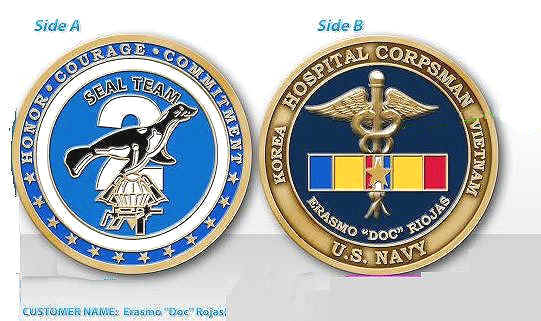
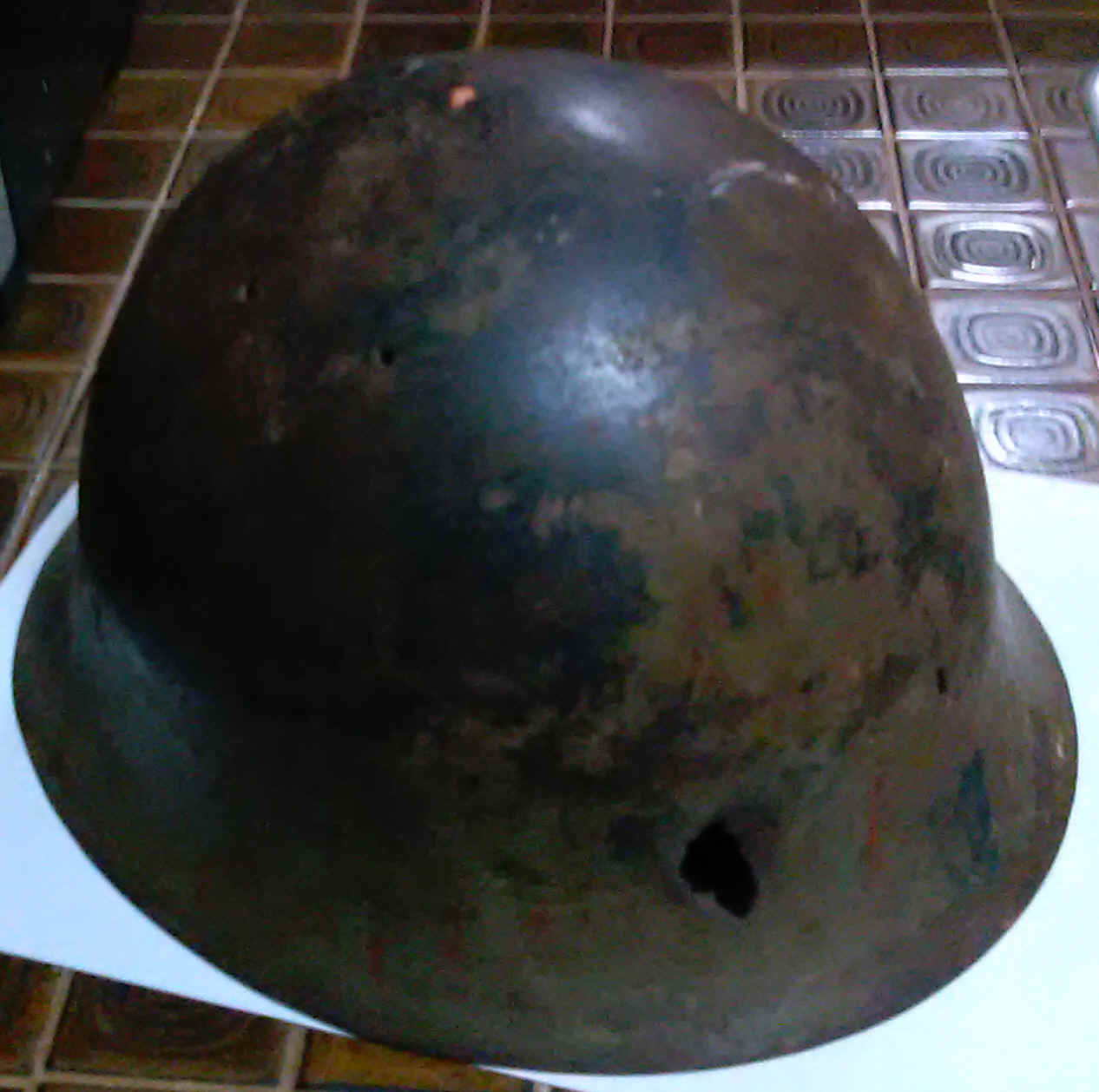

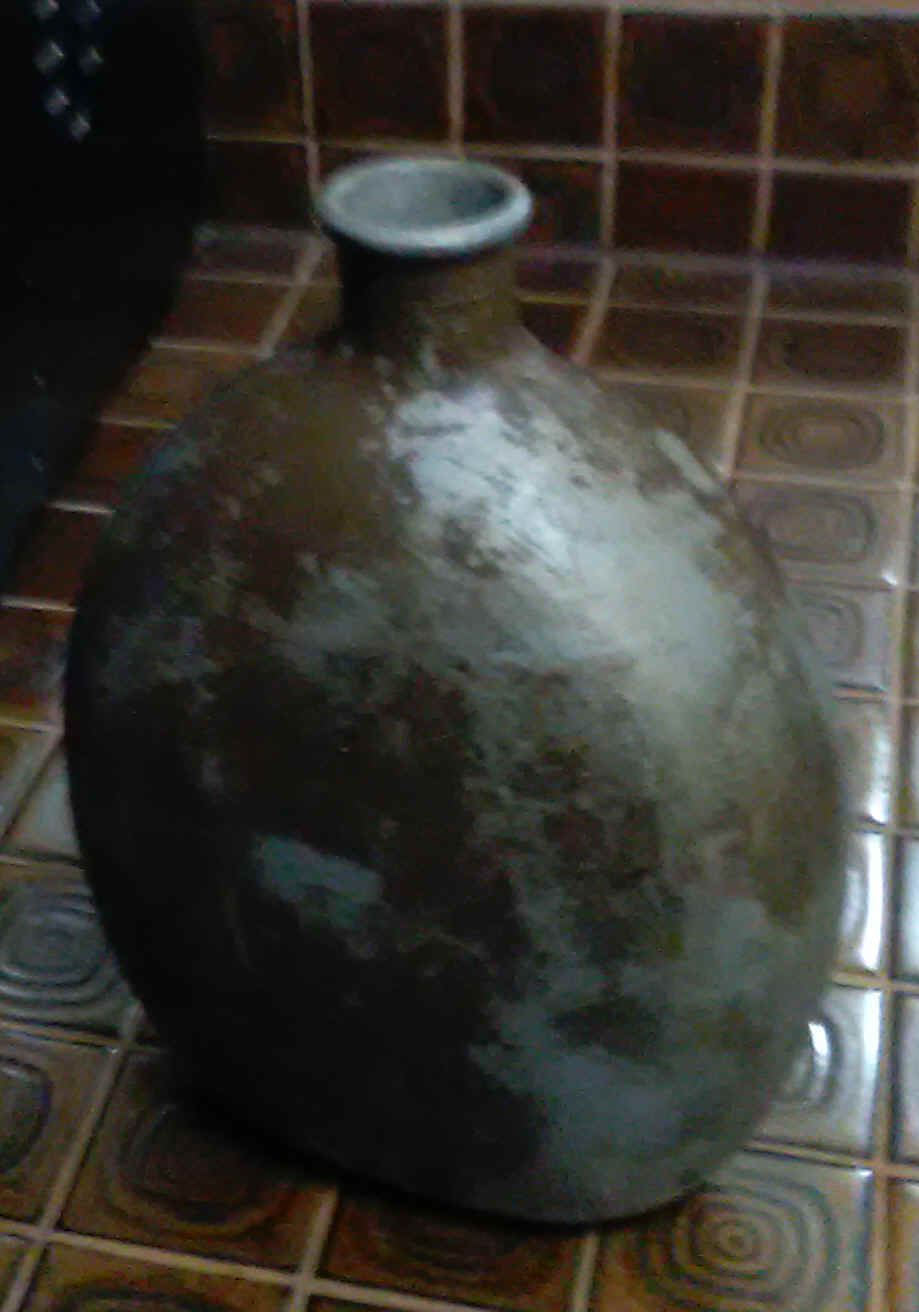

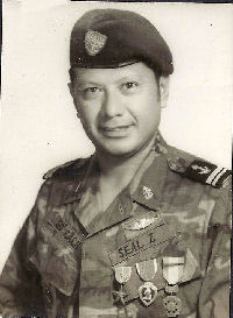


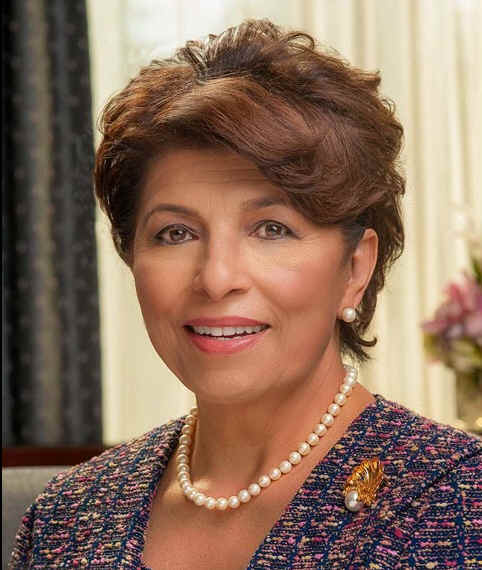
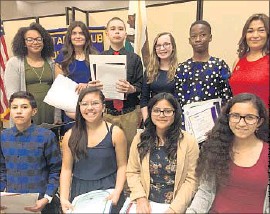

 Latinos still hold a tiny proportion
of US wealth - about 2.2 per cent,
according to the Federal Reserve
Bank of St Louis. Yet the ranks of
prosperous individuals are swelling.
In the process, many are becoming
charitable donors.
Latinos still hold a tiny proportion
of US wealth - about 2.2 per cent,
according to the Federal Reserve
Bank of St Louis. Yet the ranks of
prosperous individuals are swelling.
In the process, many are becoming
charitable donors.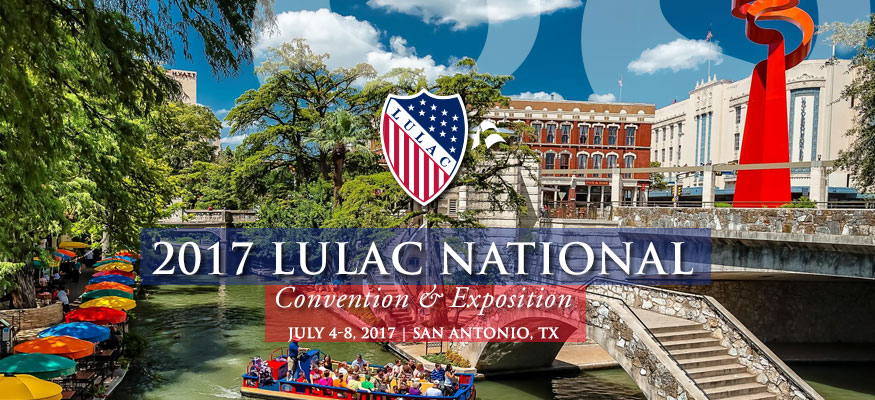




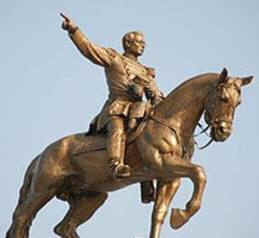
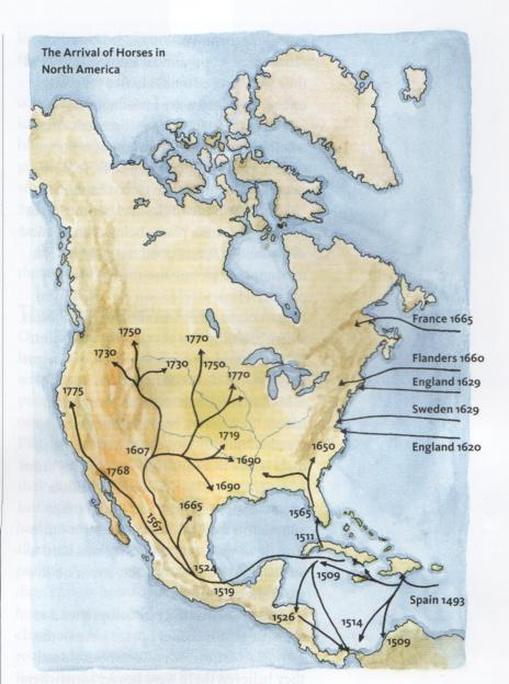
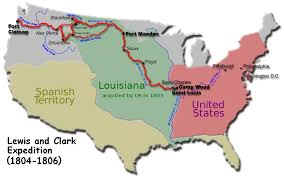
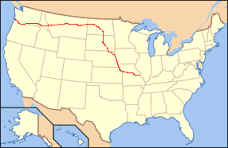
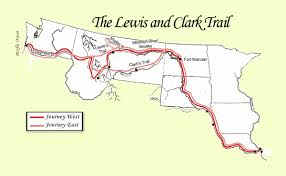



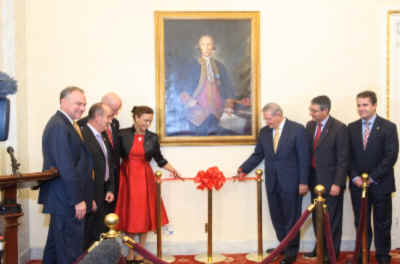
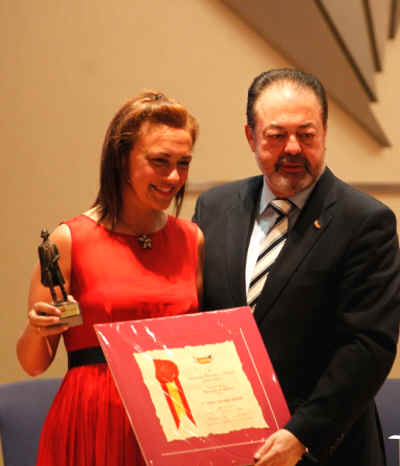
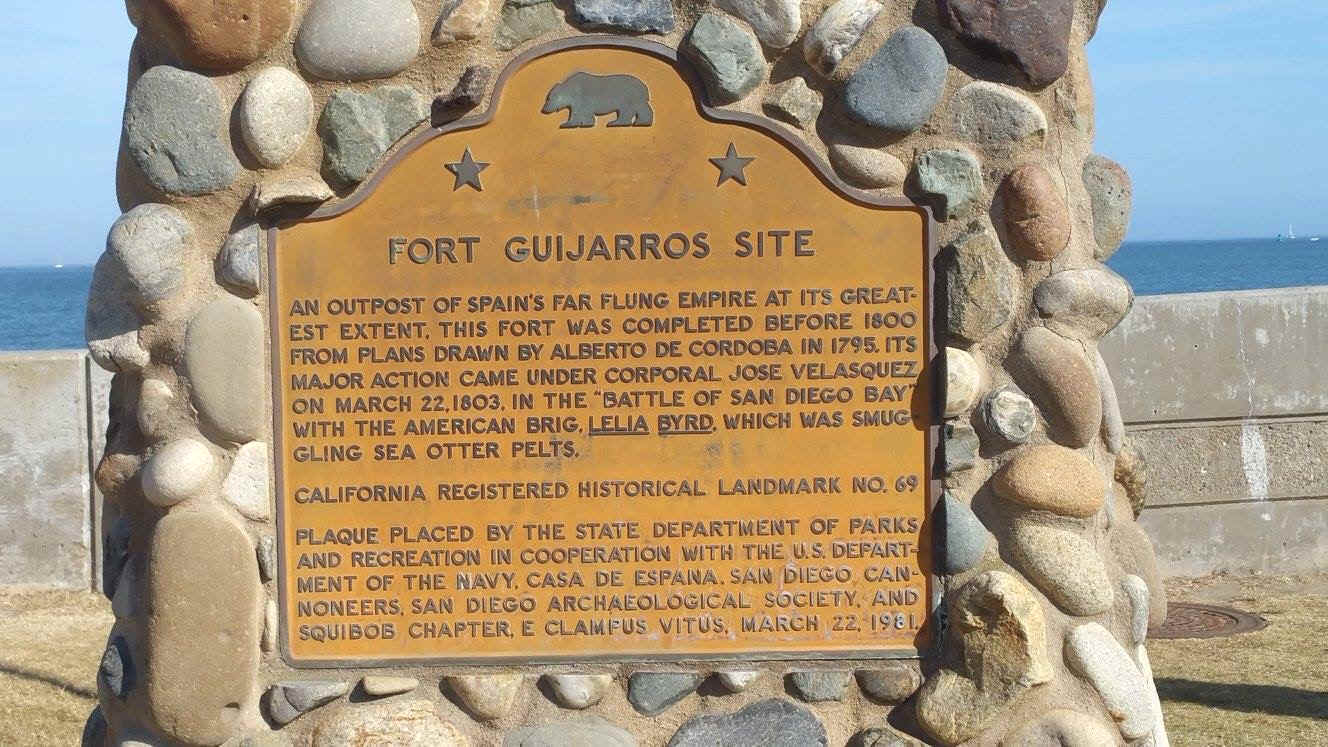
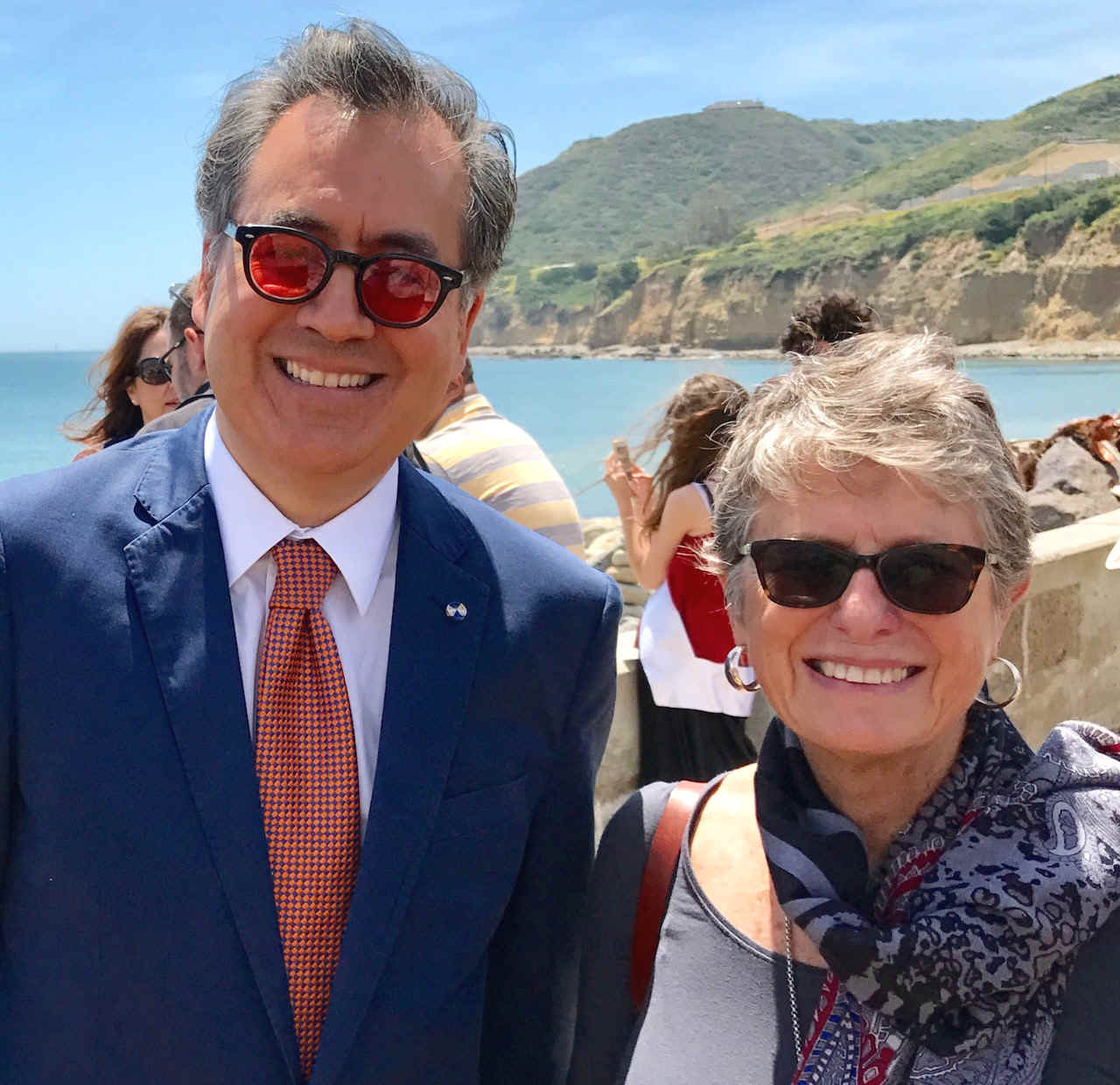
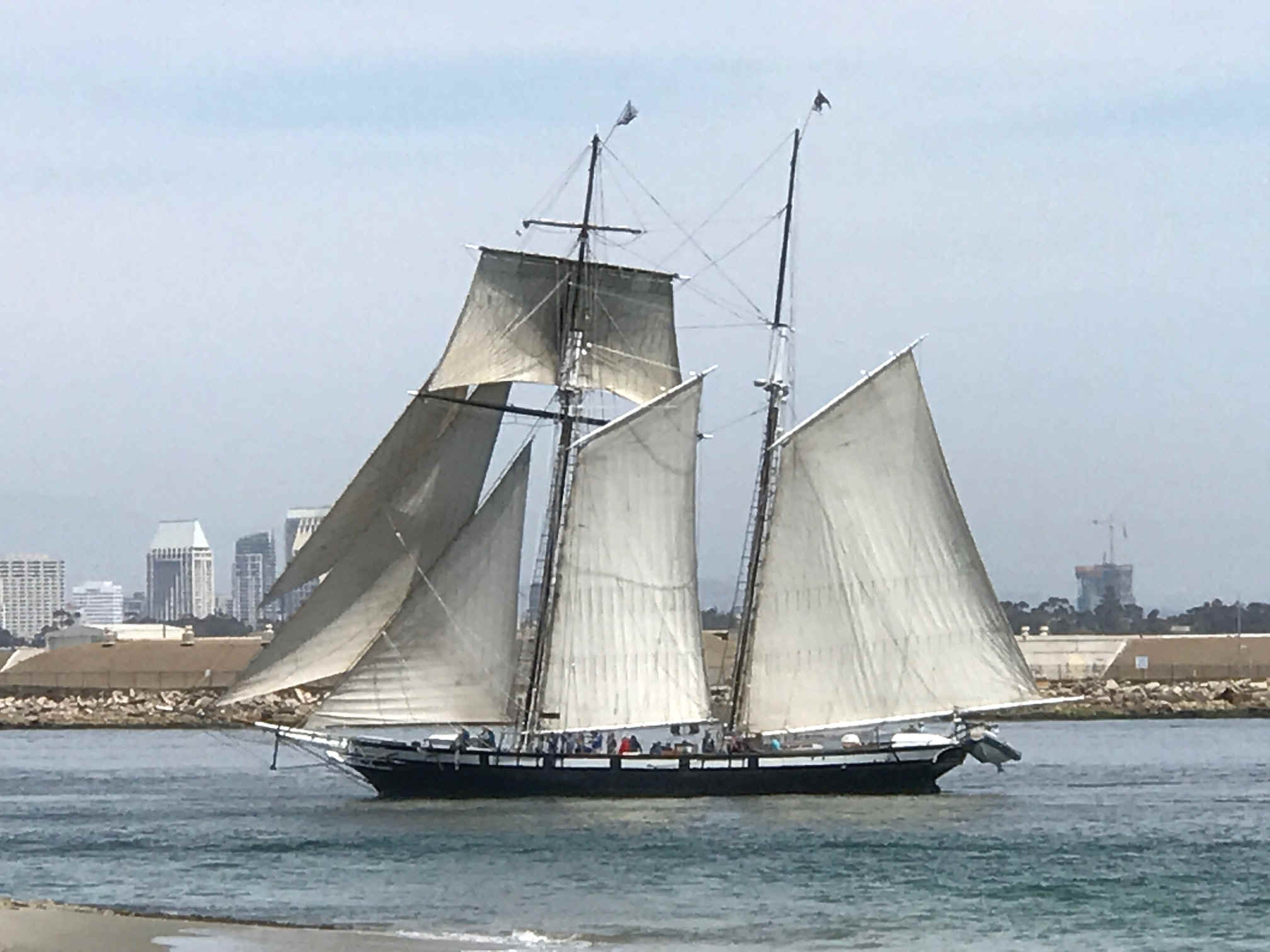
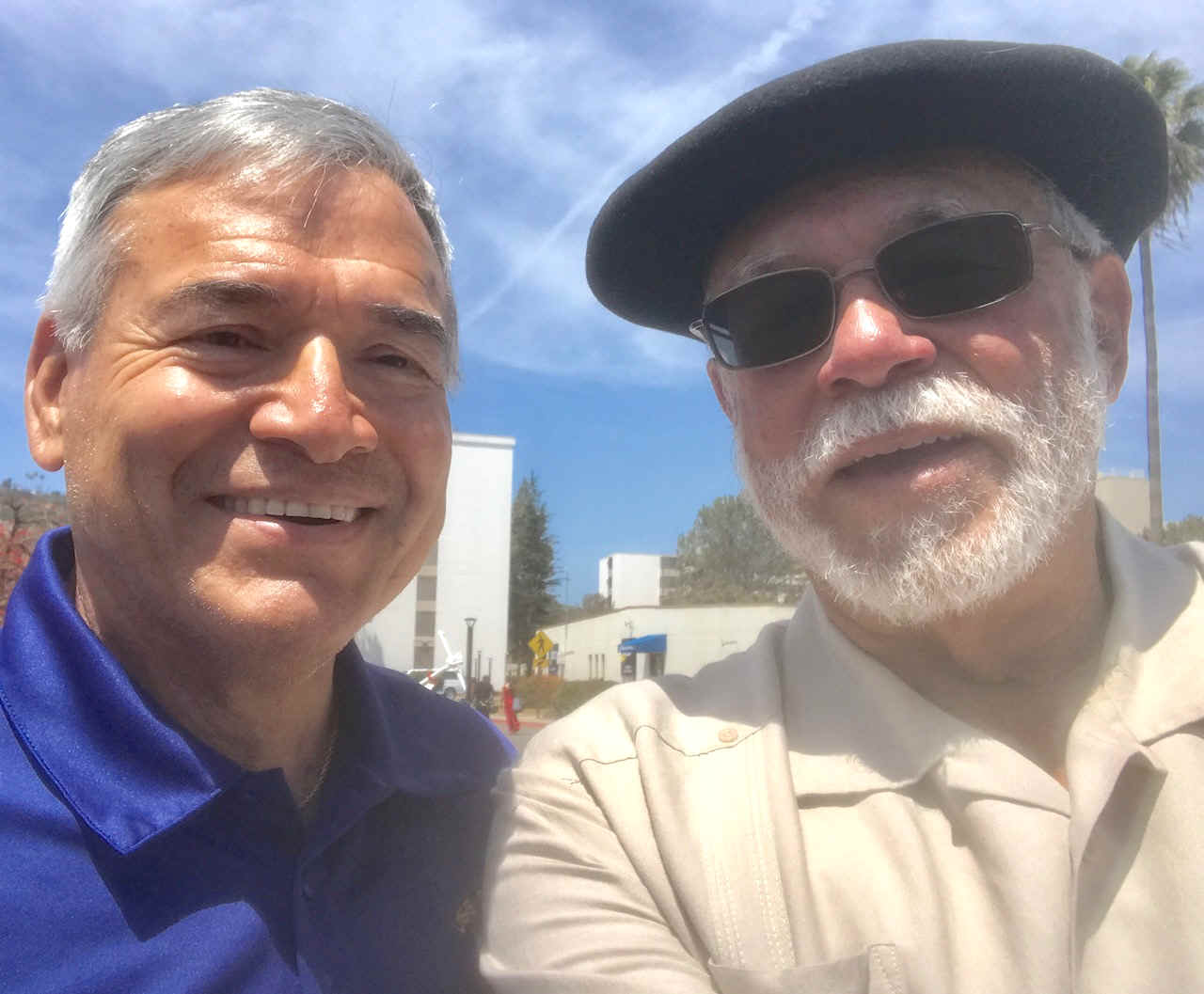
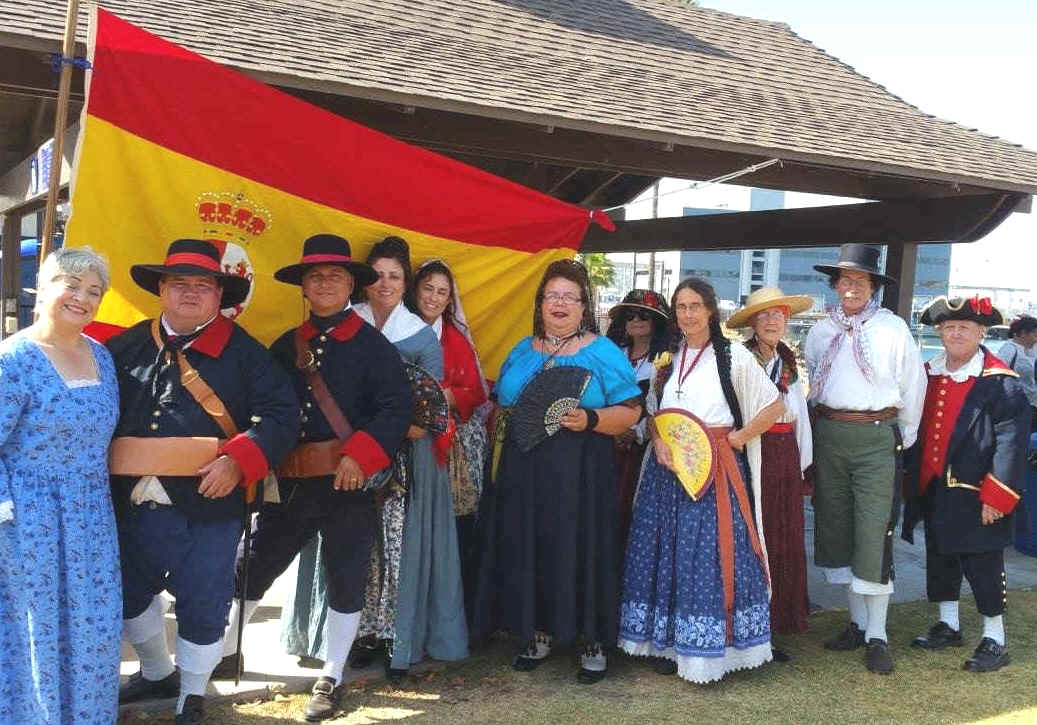
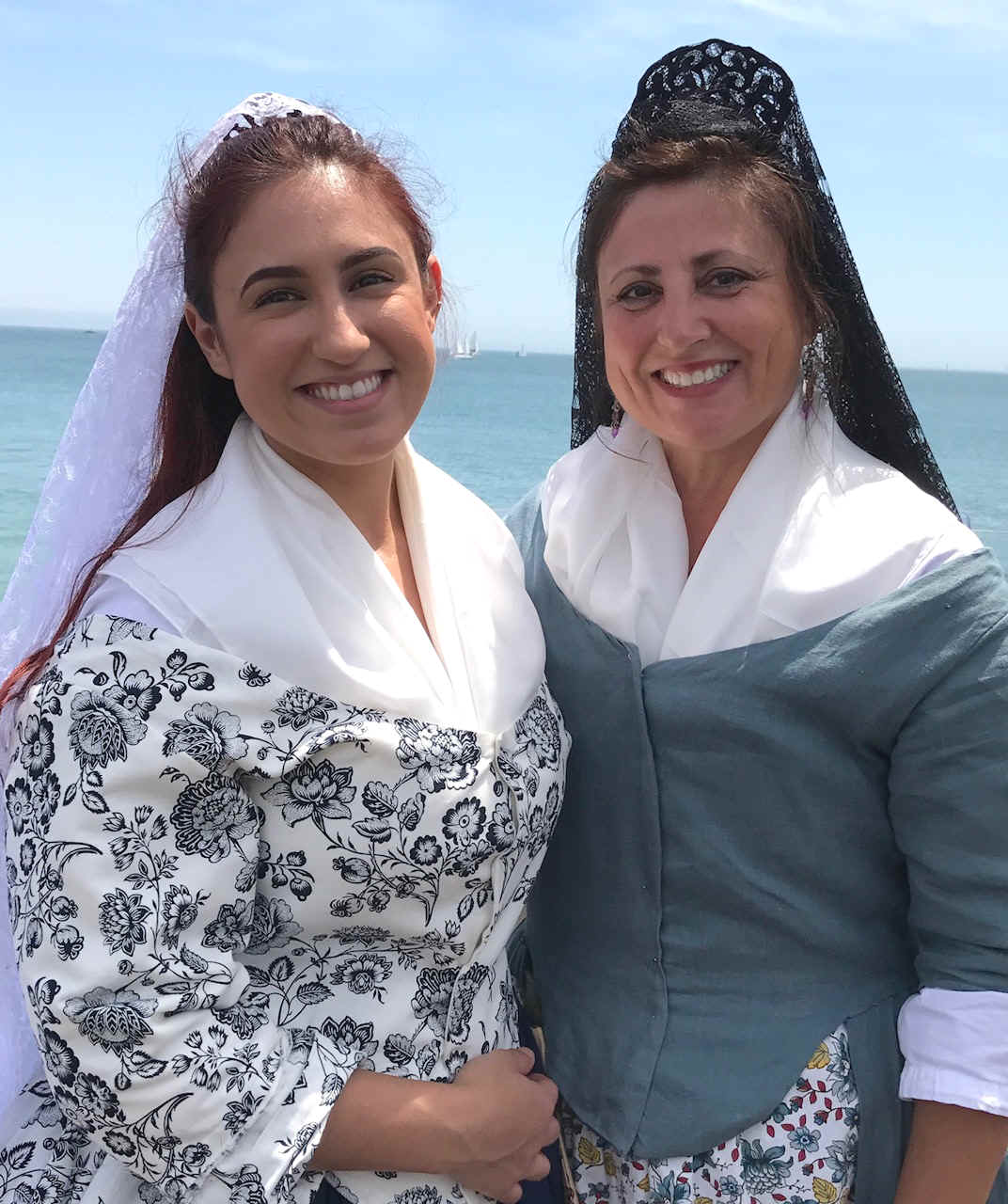
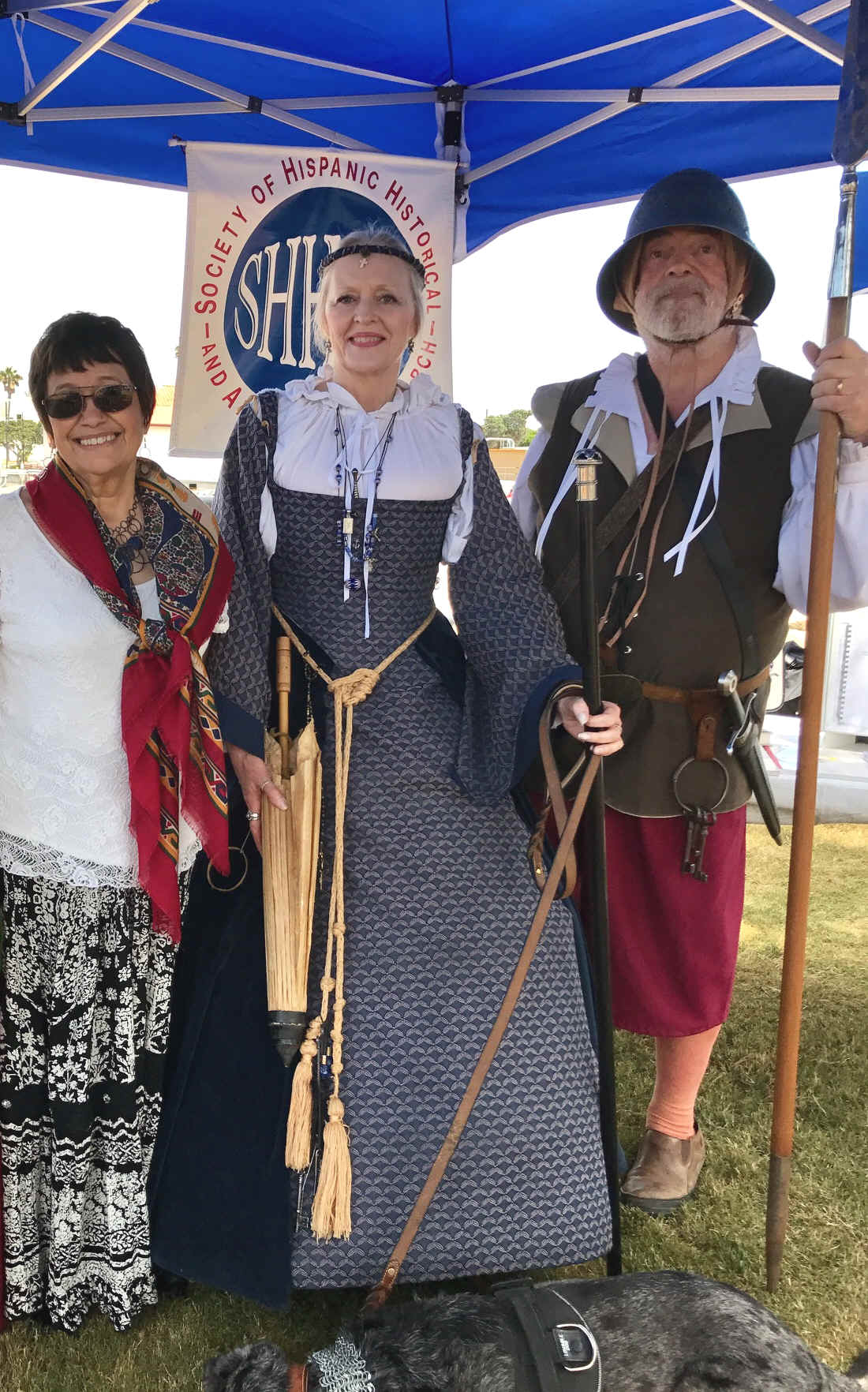
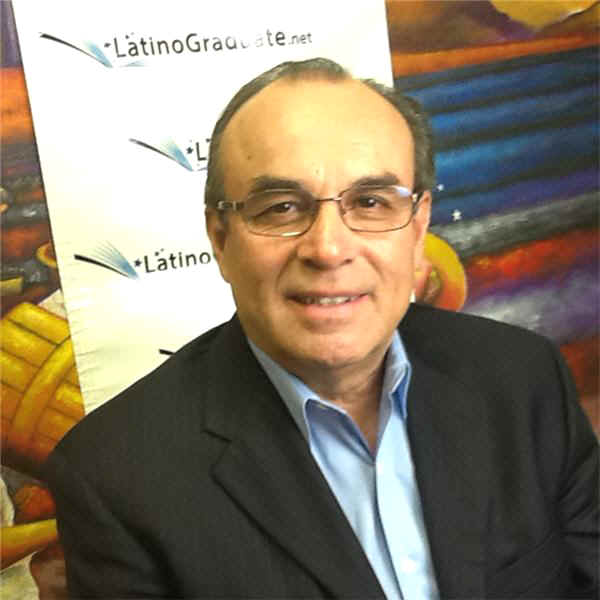
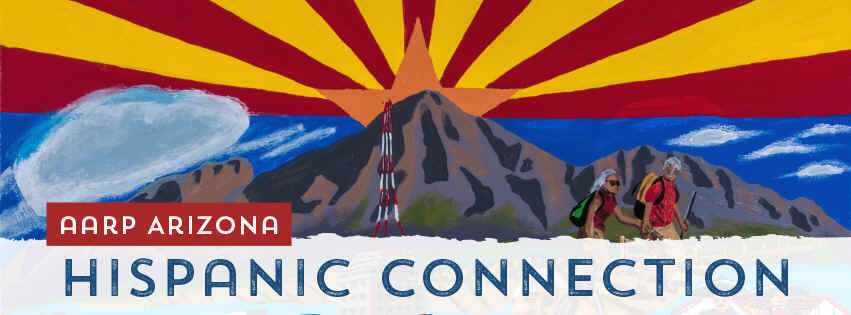
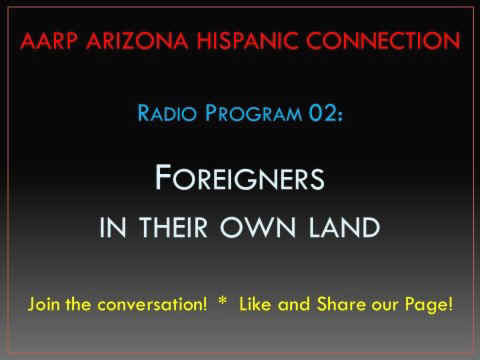
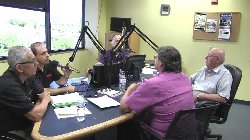
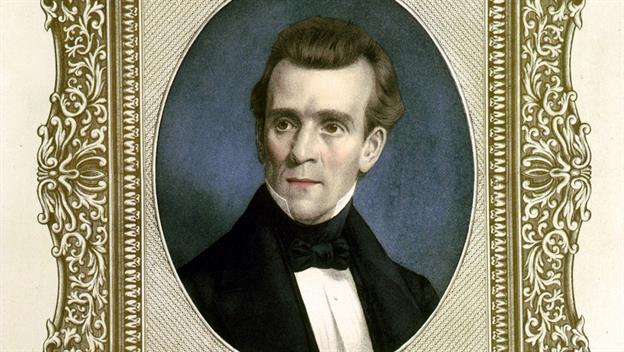
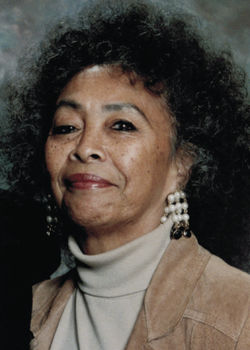
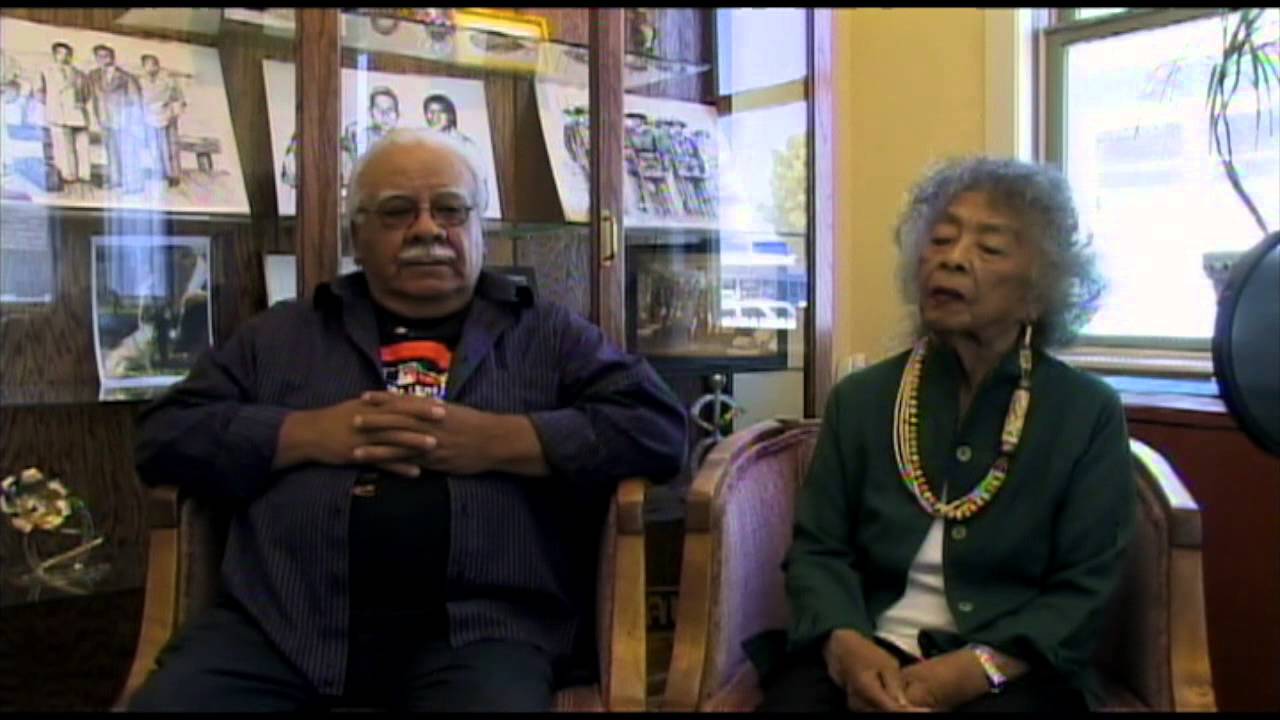
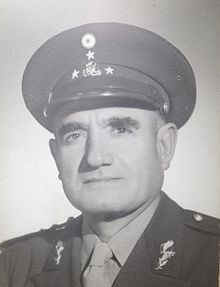
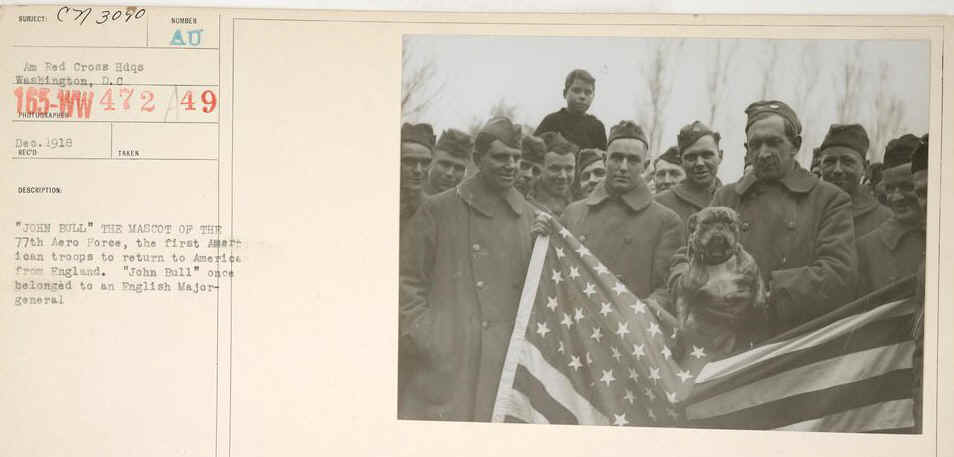
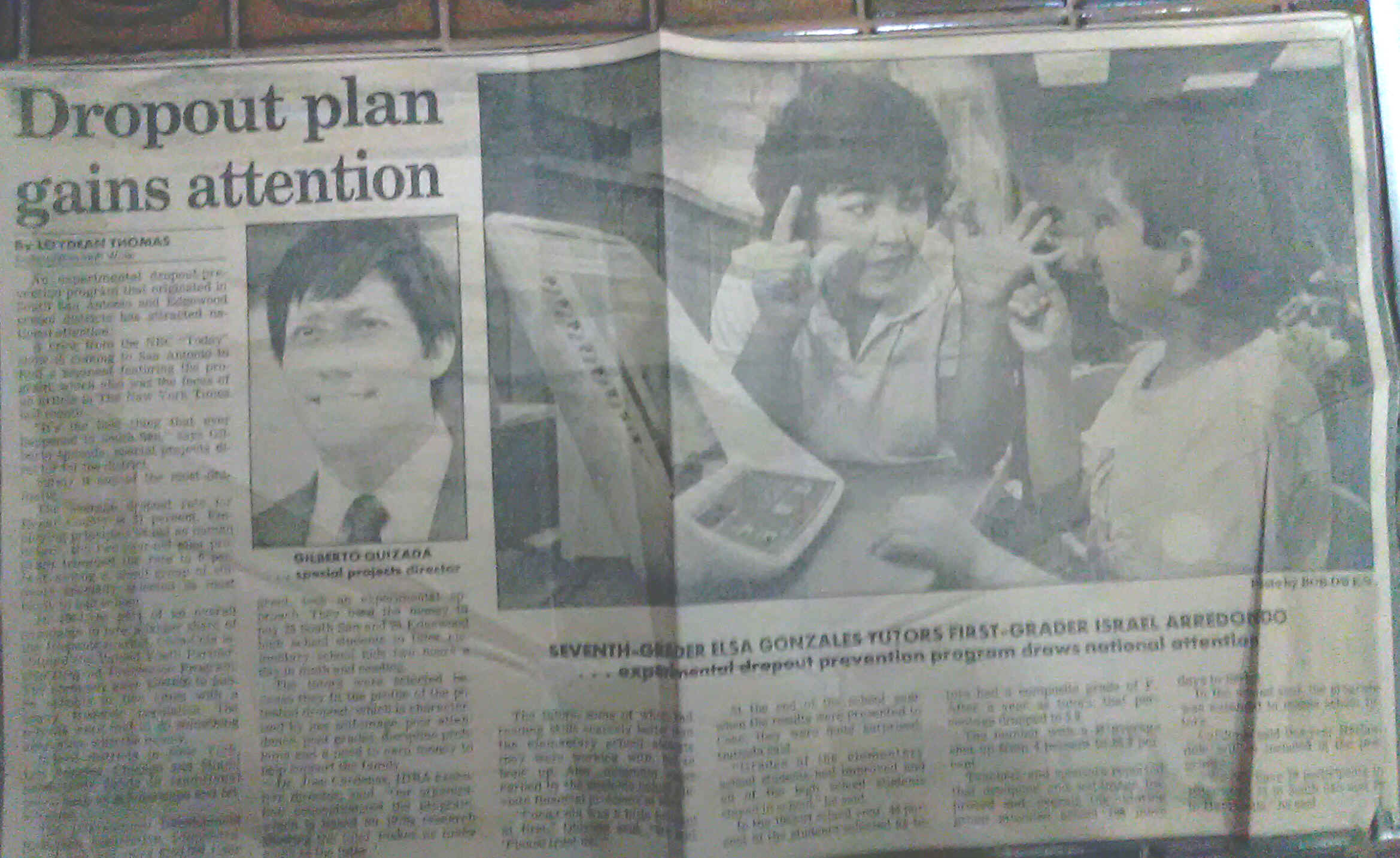
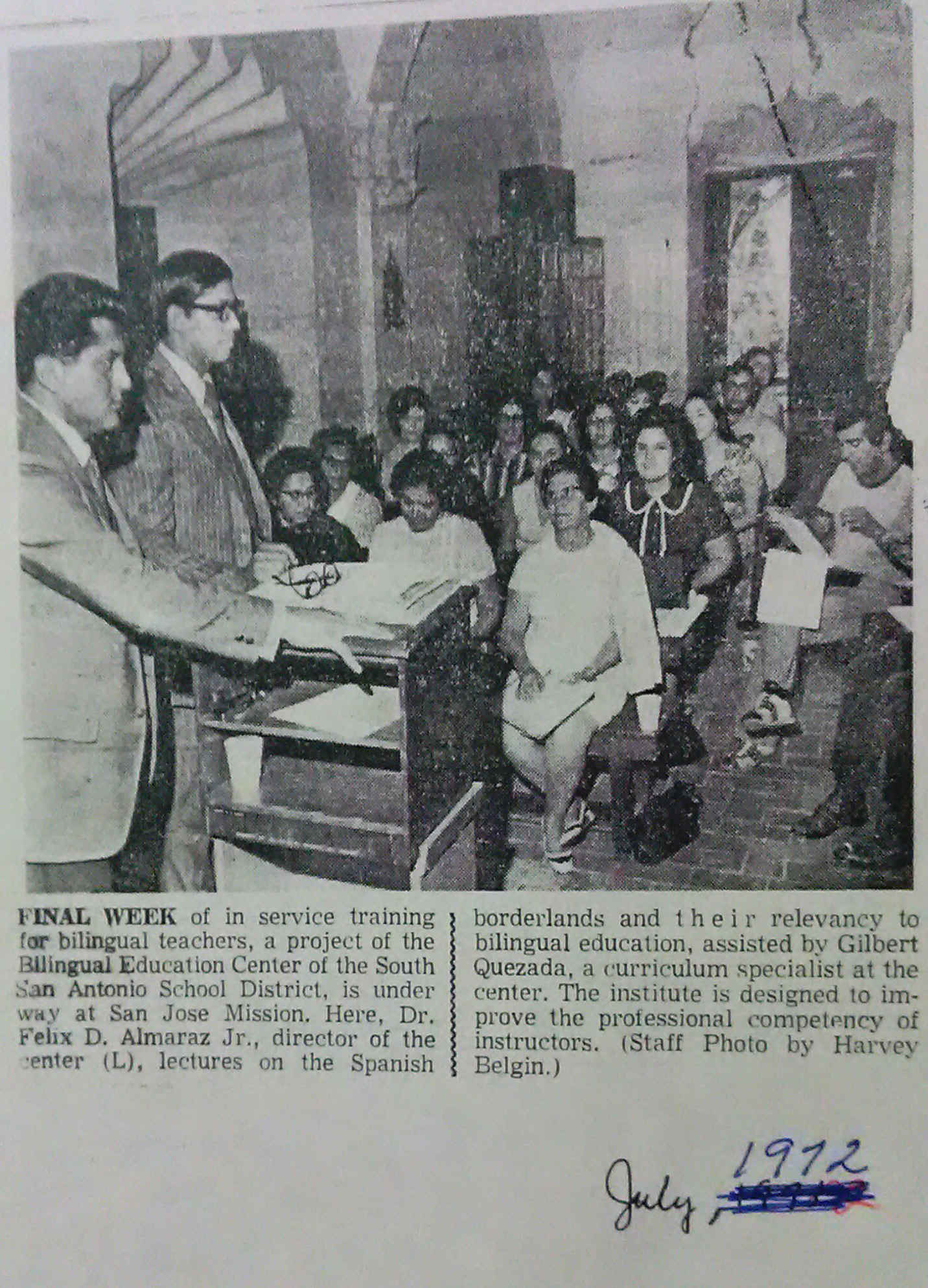
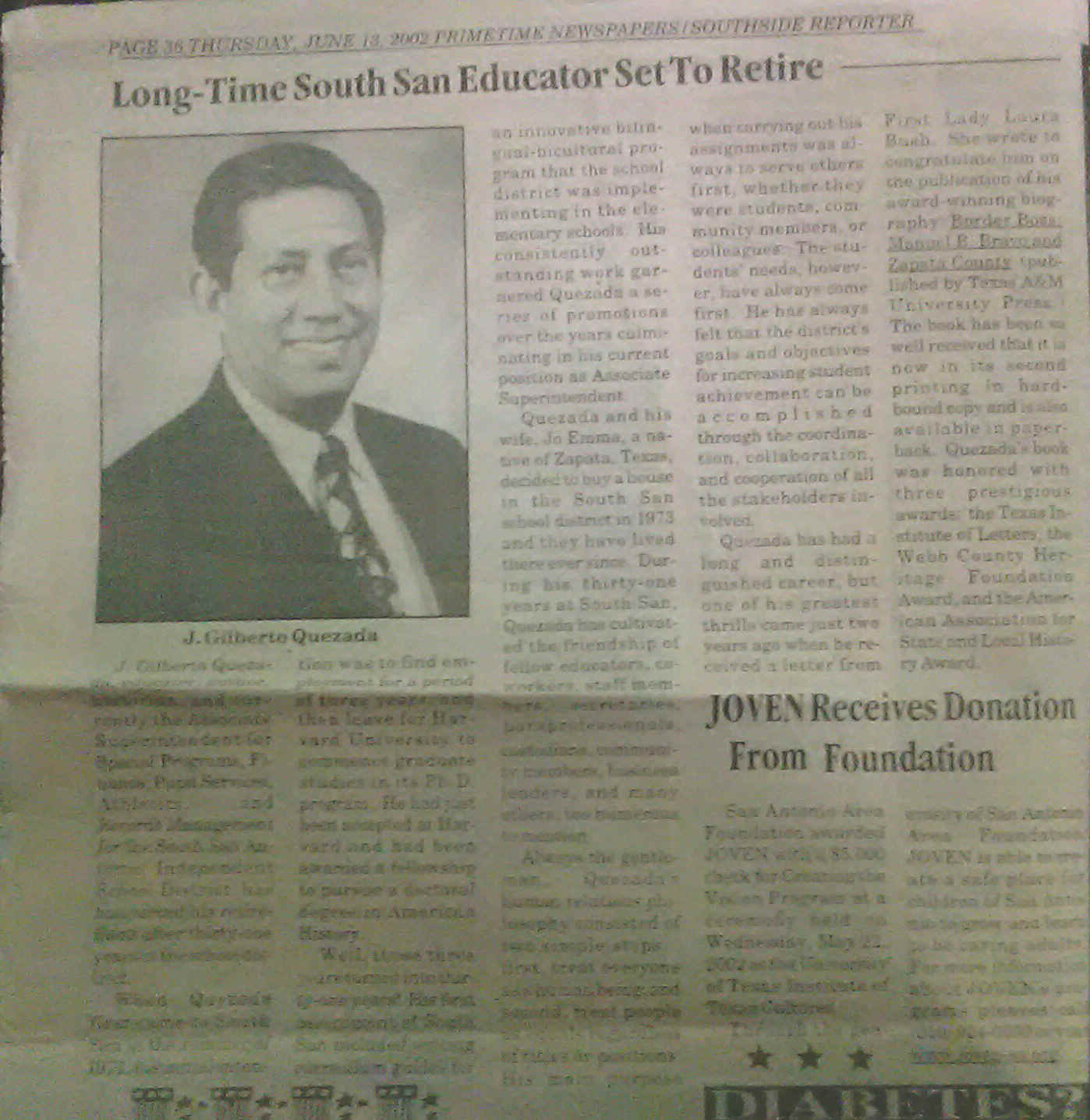
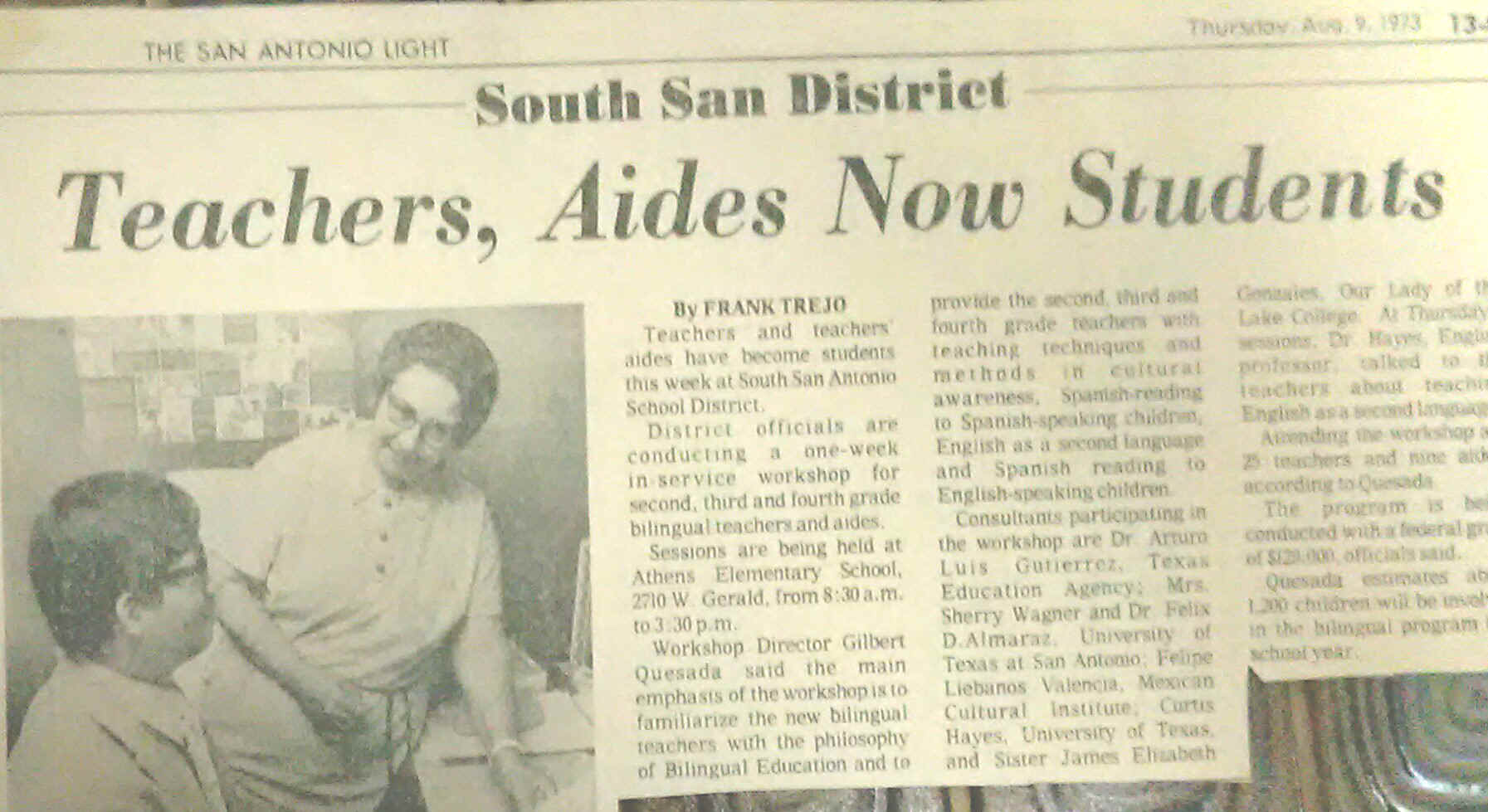
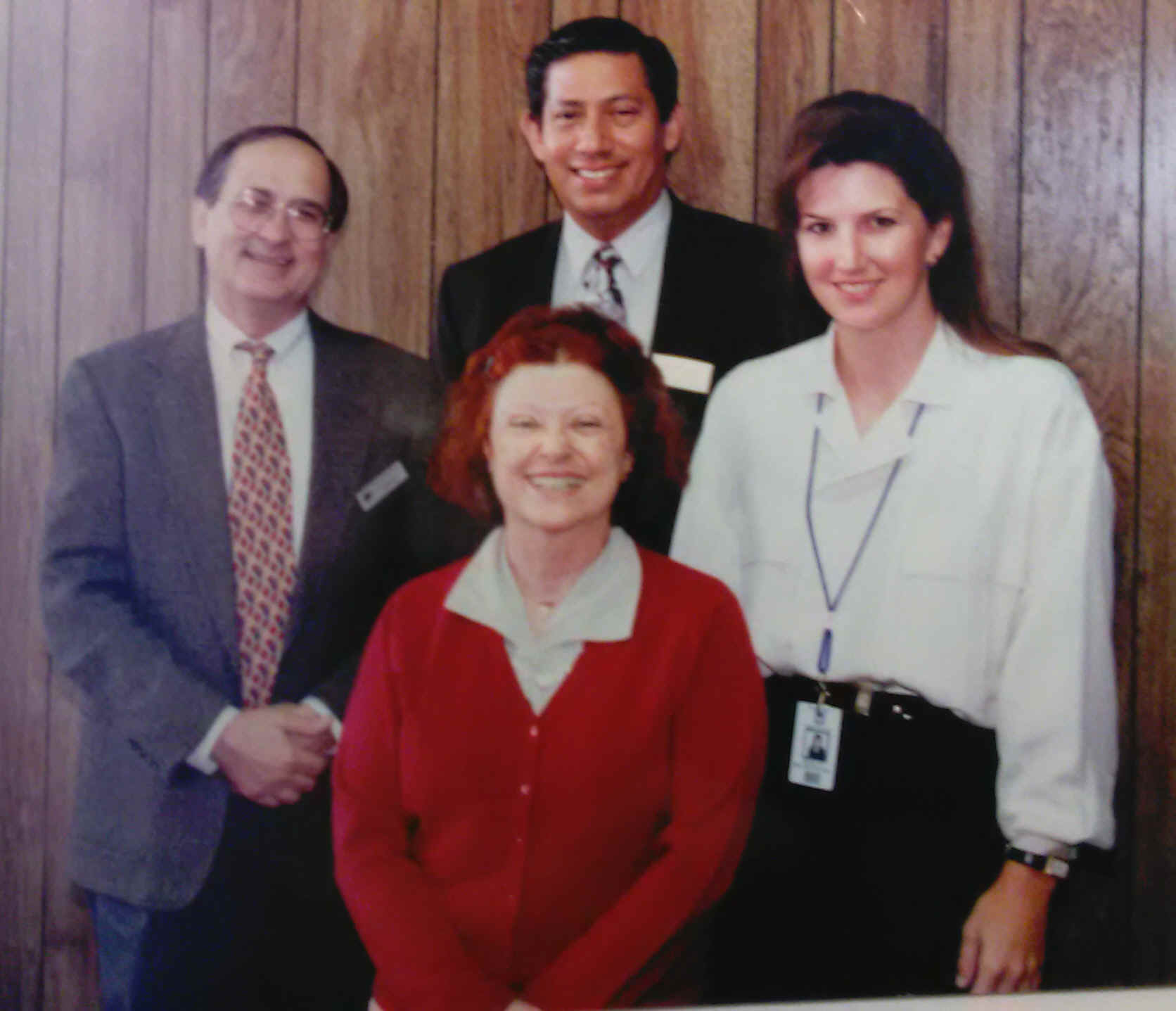

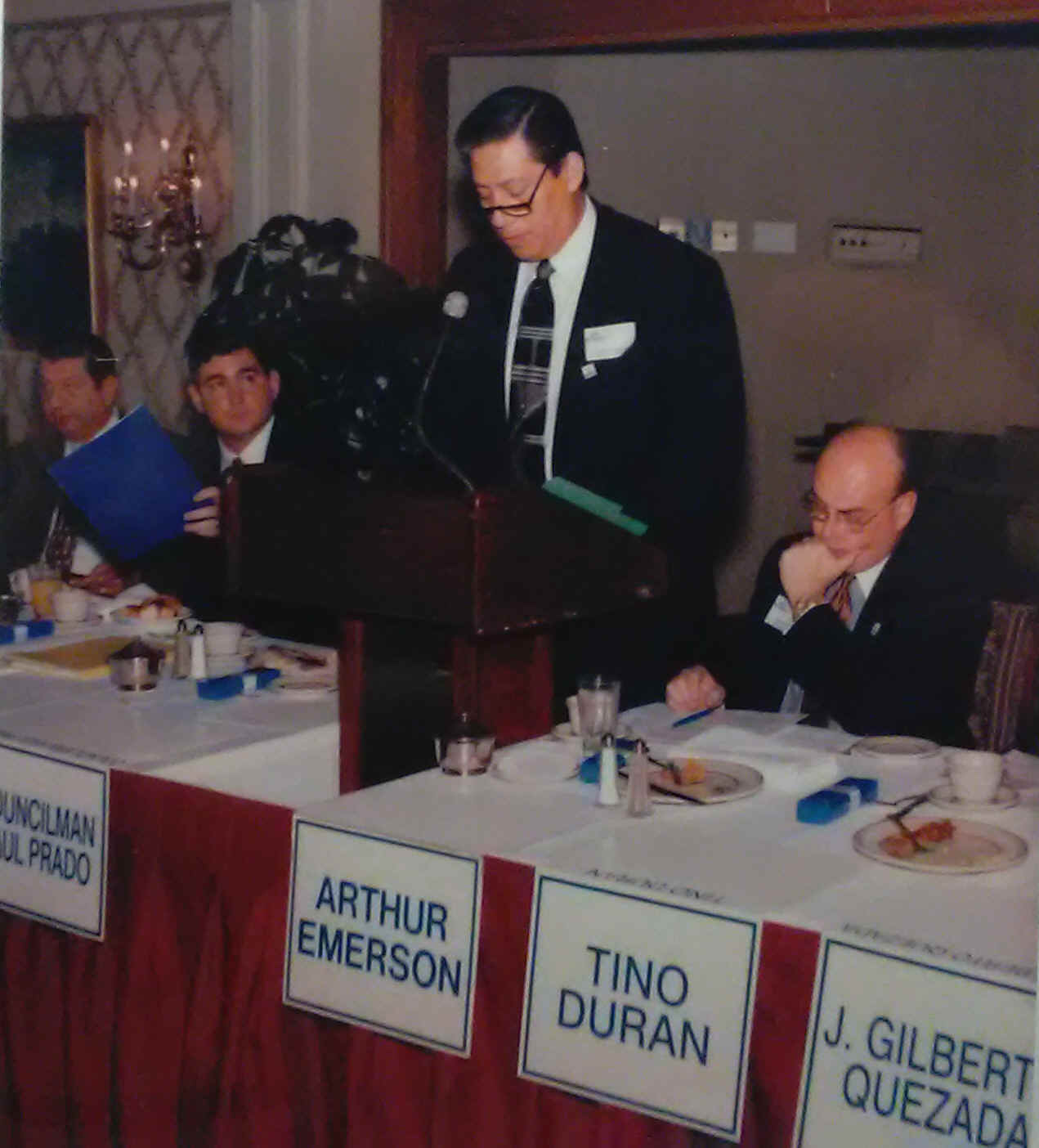
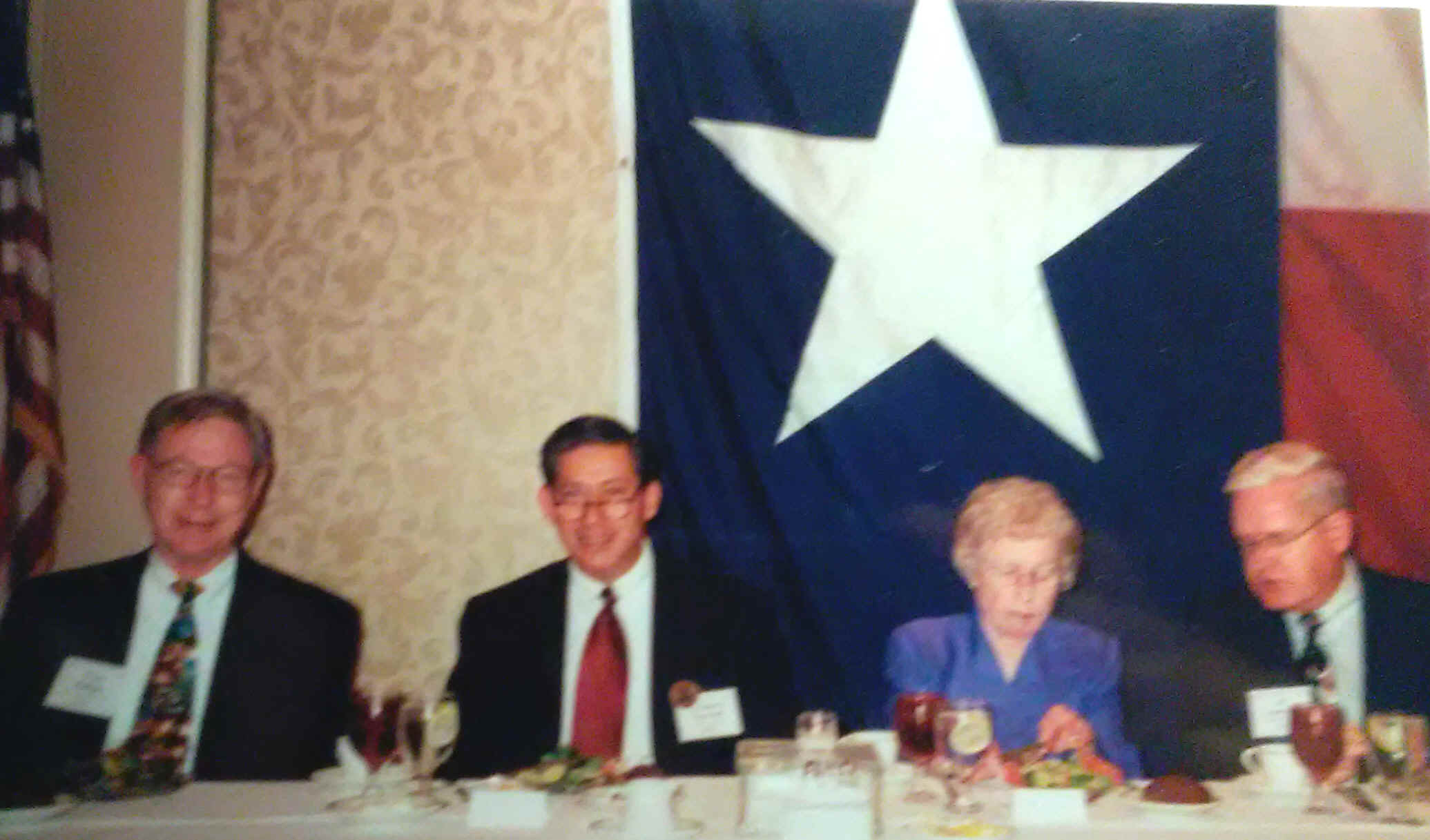
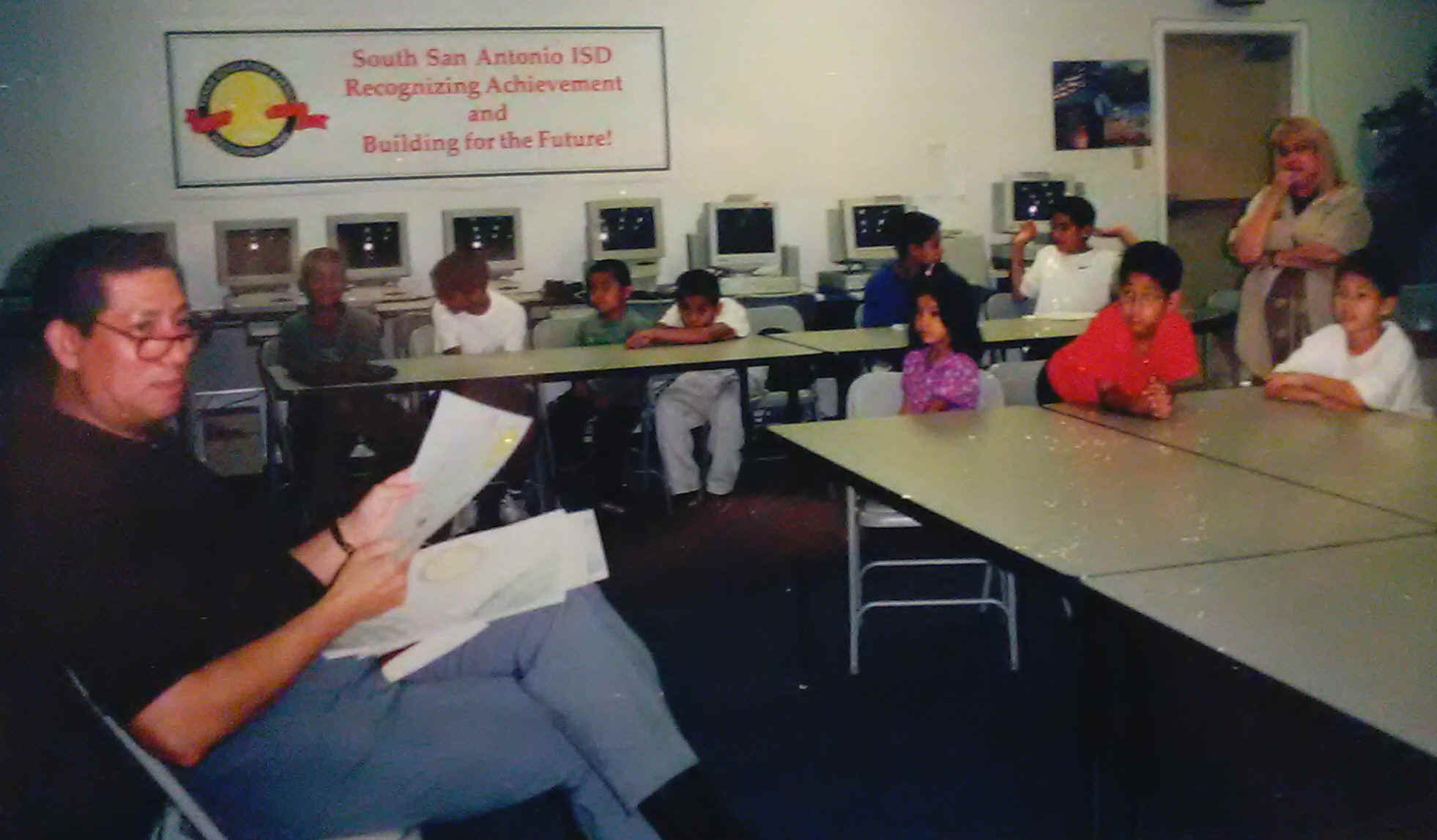
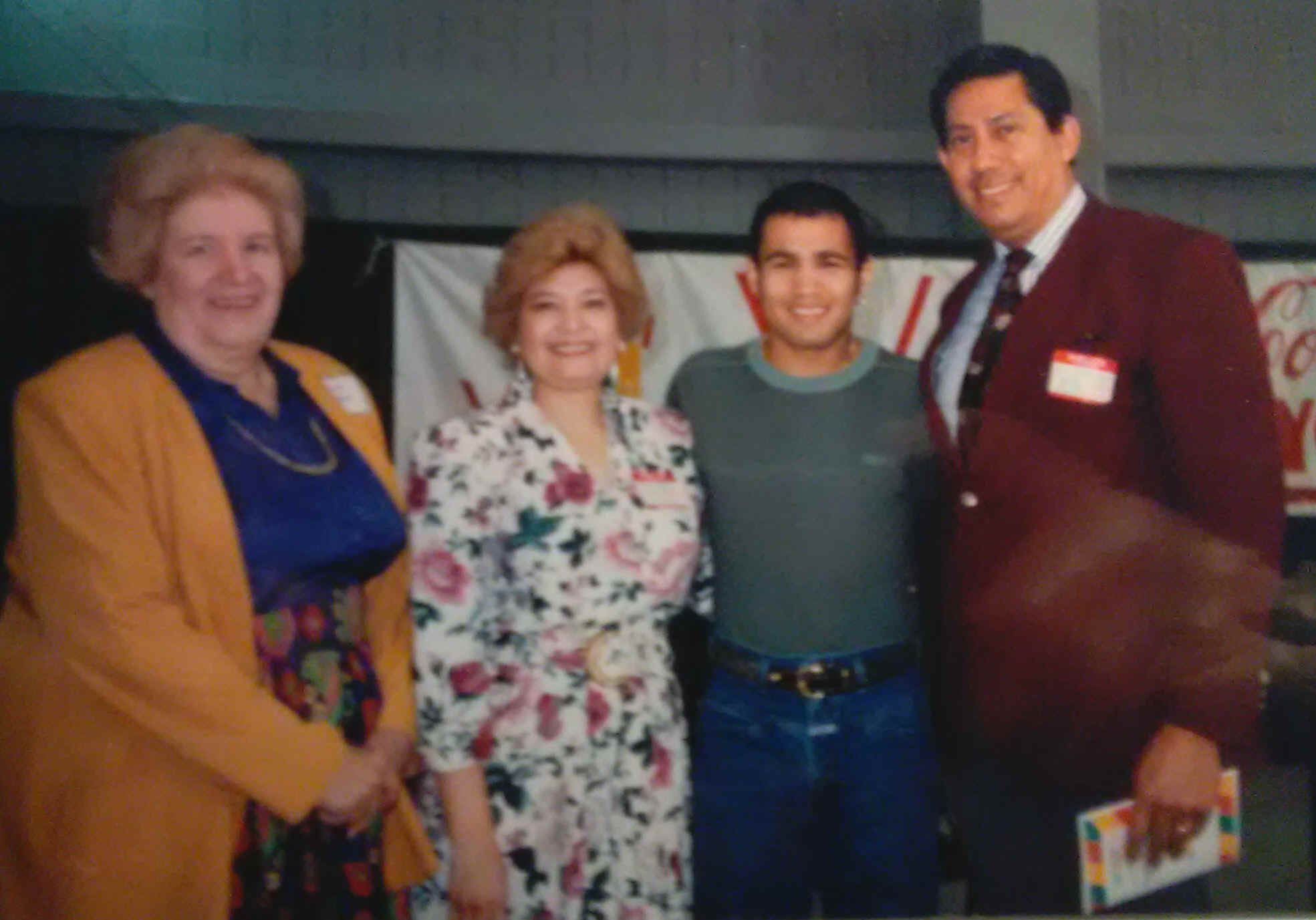
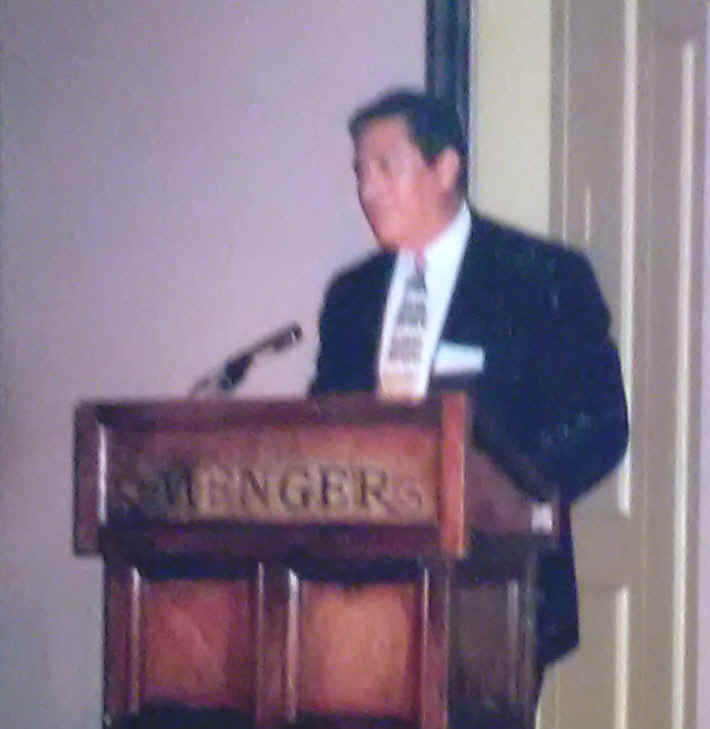
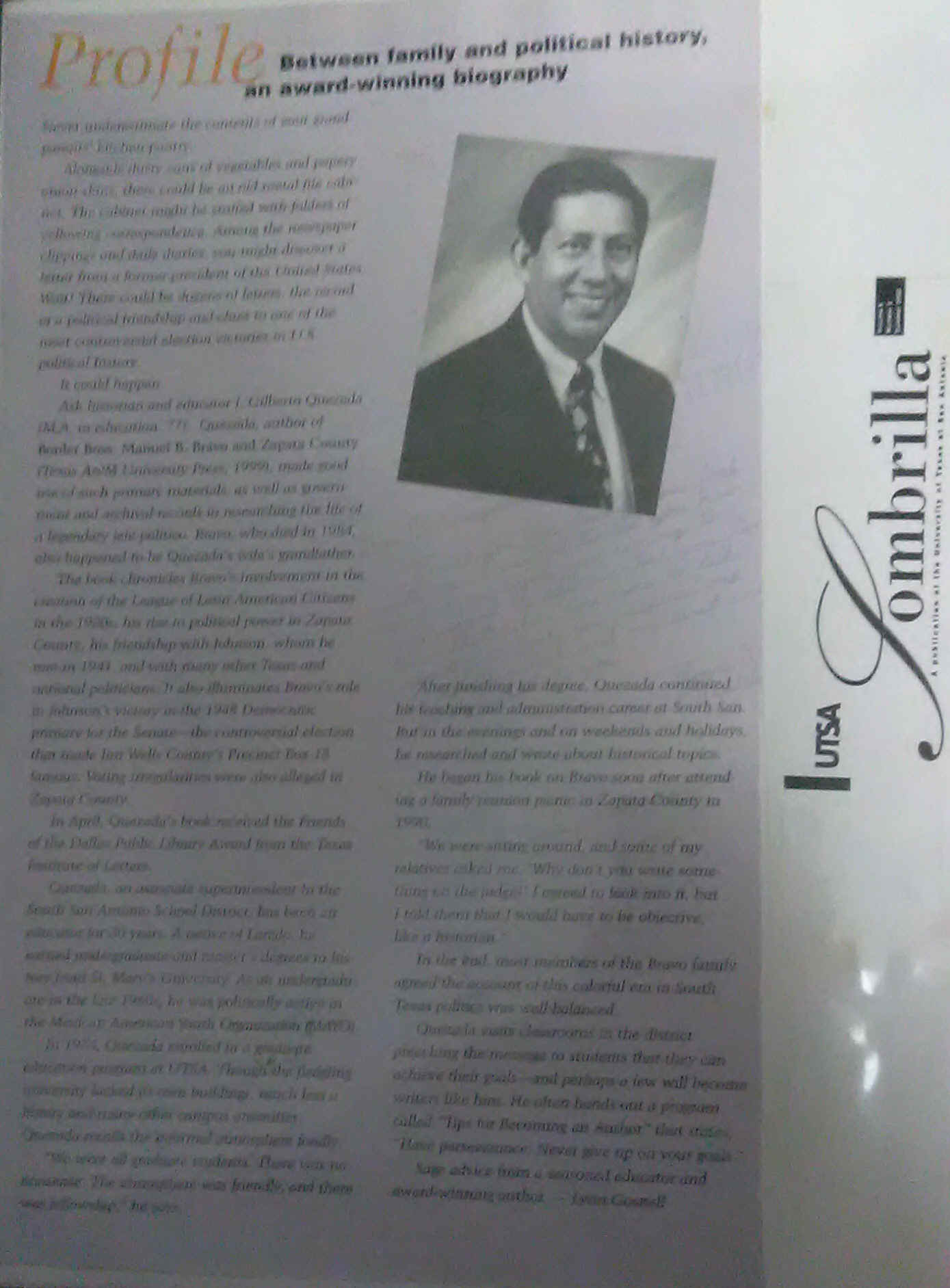


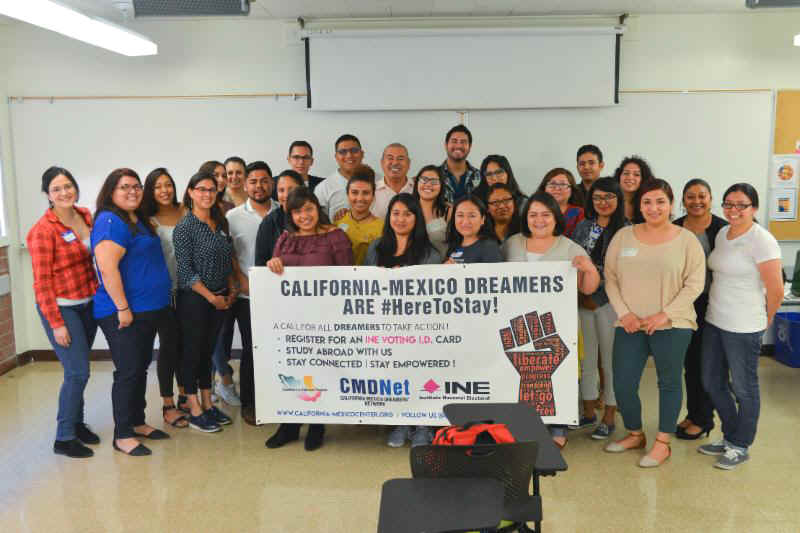
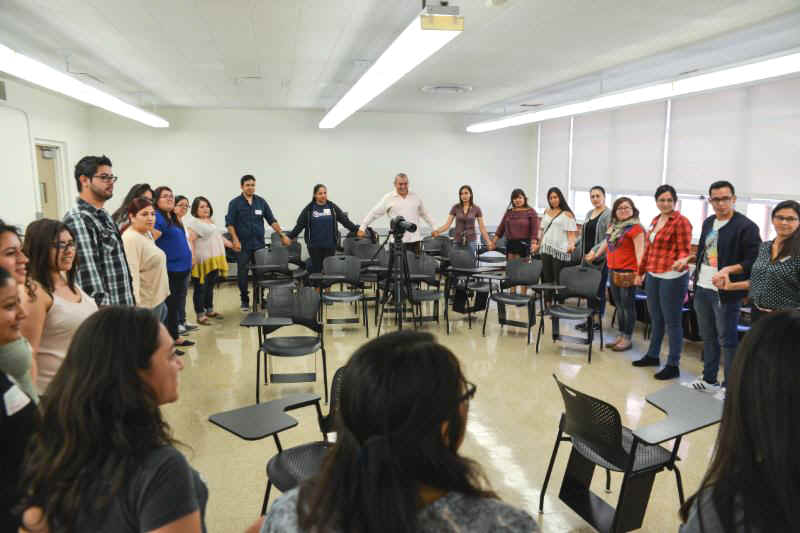
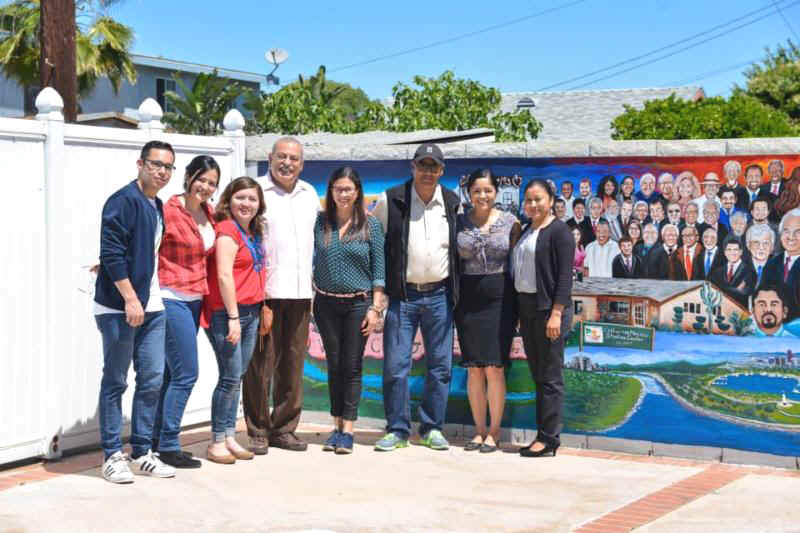
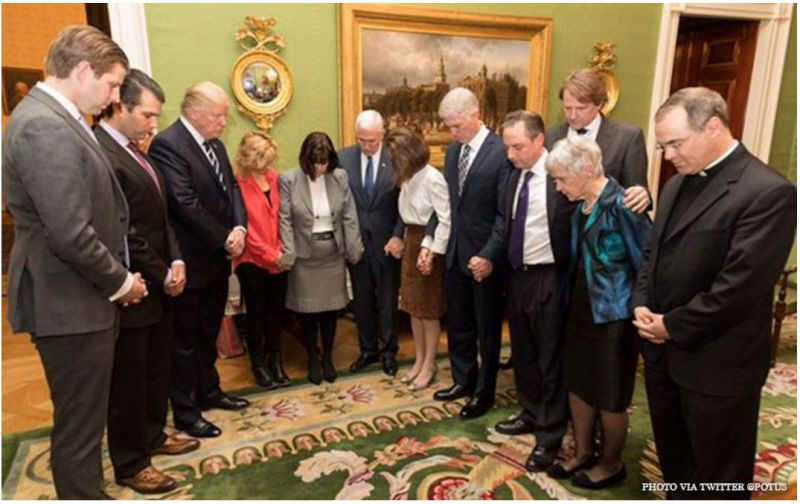
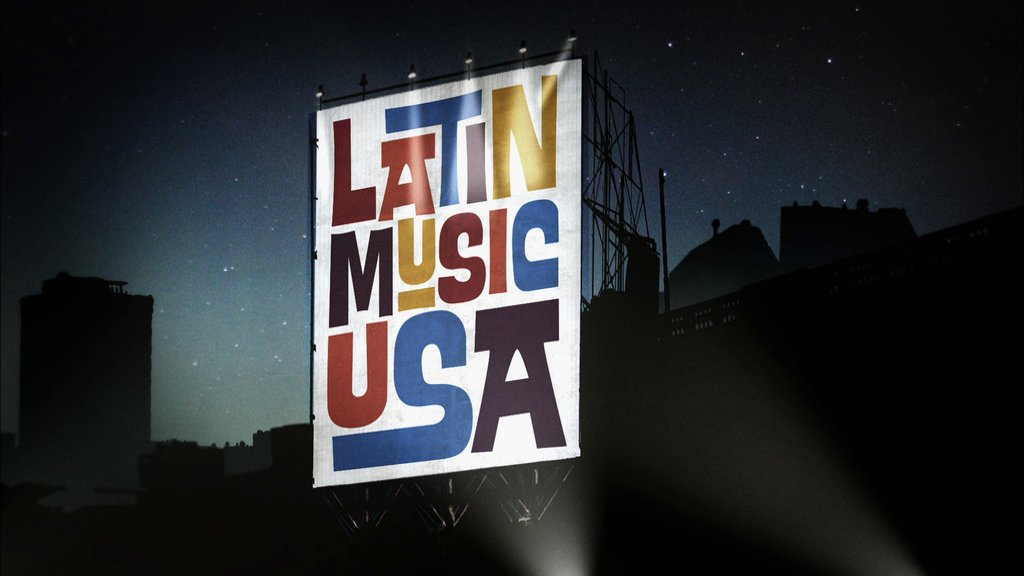
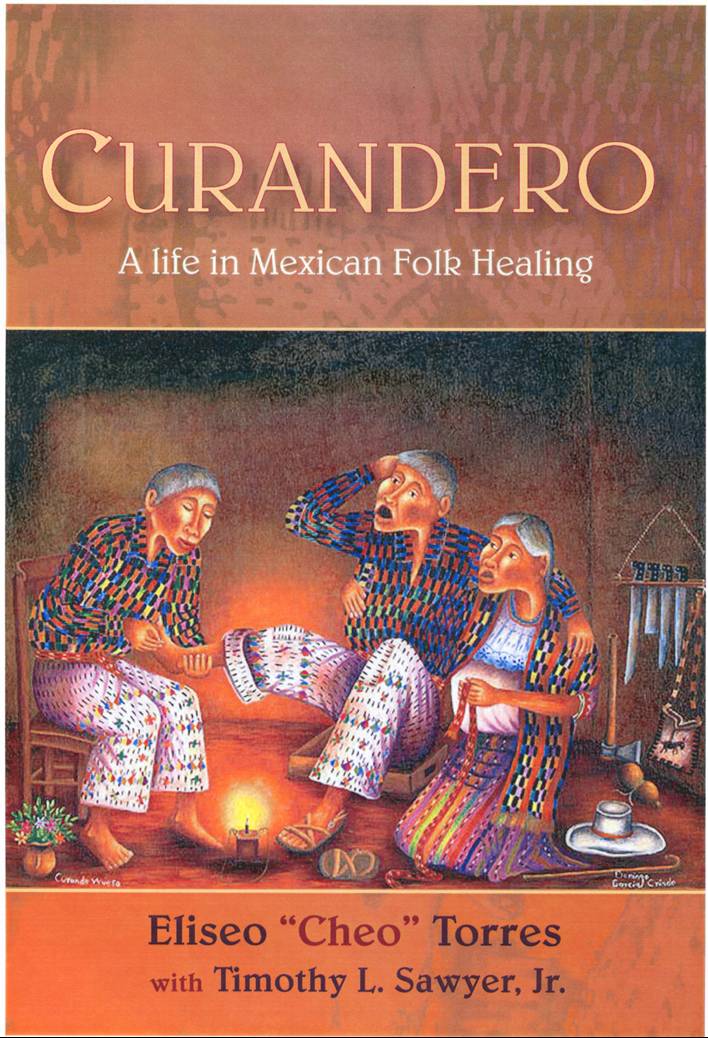
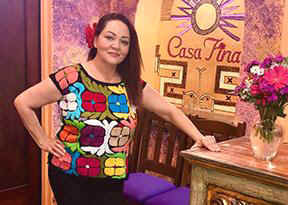
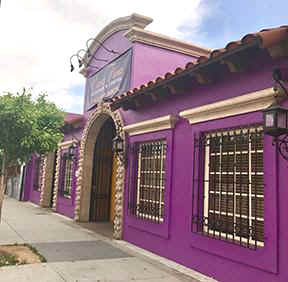
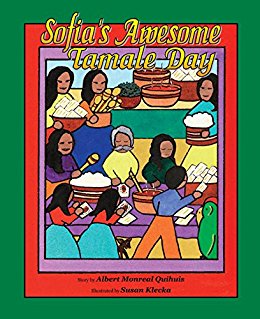
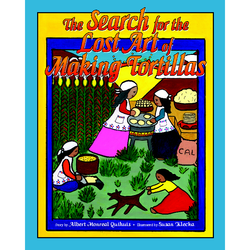
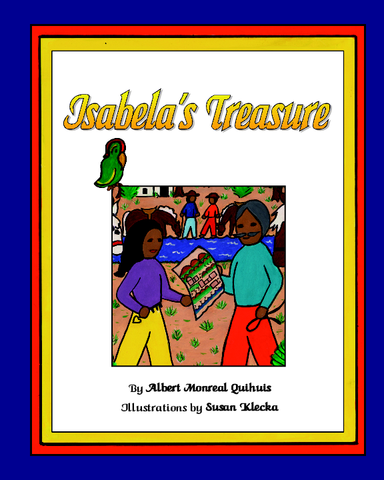

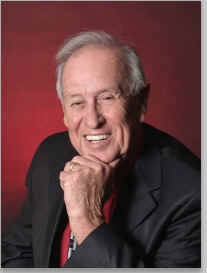 Mario
chronicles his life journey, as part of the US Army
he once saluted General Douglas MacArthur in Japan. As a
champion of the civil rights movement through his work
with the G.I. Forum he worked and met with iconic
figures Cesar Chavez, Dr. Hector Garcia, and then
California Governor Ronald Reagan. His journey
culminated with a meeting in the Oval Office of the
White House with the President of the United States
Lyndon B. Johnson.
Mario
chronicles his life journey, as part of the US Army
he once saluted General Douglas MacArthur in Japan. As a
champion of the civil rights movement through his work
with the G.I. Forum he worked and met with iconic
figures Cesar Chavez, Dr. Hector Garcia, and then
California Governor Ronald Reagan. His journey
culminated with a meeting in the Oval Office of the
White House with the President of the United States
Lyndon B. Johnson.
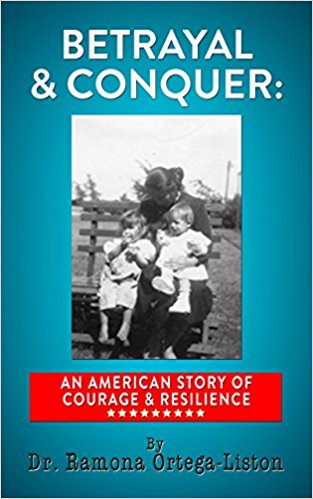
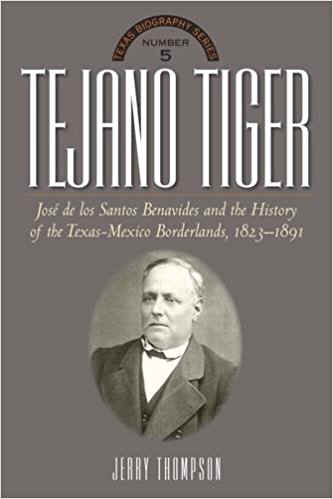
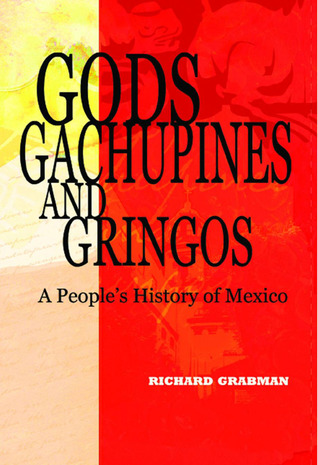
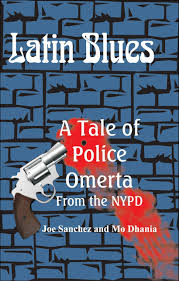
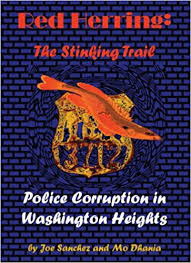
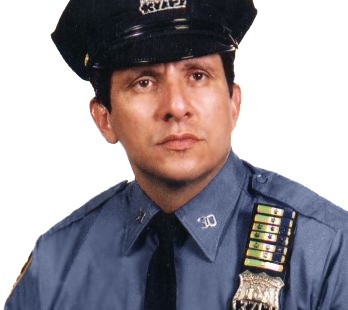 He was called a “supercop” and an “arrest machine” by the New York City media in the 1980s. Some cops called him a rat and a “field associate,” a term used to describe a cop who was working for Internal Affairs.
He was called a “supercop” and an “arrest machine” by the New York City media in the 1980s. Some cops called him a rat and a “field associate,” a term used to describe a cop who was working for Internal Affairs.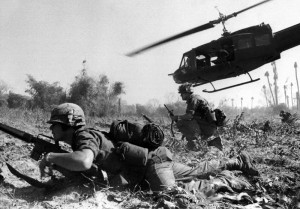 Sanchez was drafted into the United States Army in 1965 at the age of 18.
Joe Sanchez went from boy to man quickly. On January 16, 1967 at the age of 20 while with the 1st Air Cavalry Division he was deployed near the village of Phan Thiet in South Vietnam. While in a firefight with the Viet Cong, Sanchez and three of his comrades were seriously wounded.
Sanchez was drafted into the United States Army in 1965 at the age of 18.
Joe Sanchez went from boy to man quickly. On January 16, 1967 at the age of 20 while with the 1st Air Cavalry Division he was deployed near the village of Phan Thiet in South Vietnam. While in a firefight with the Viet Cong, Sanchez and three of his comrades were seriously wounded.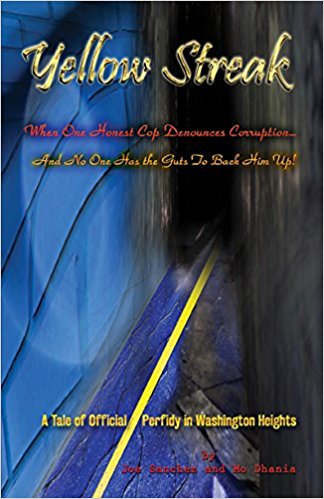
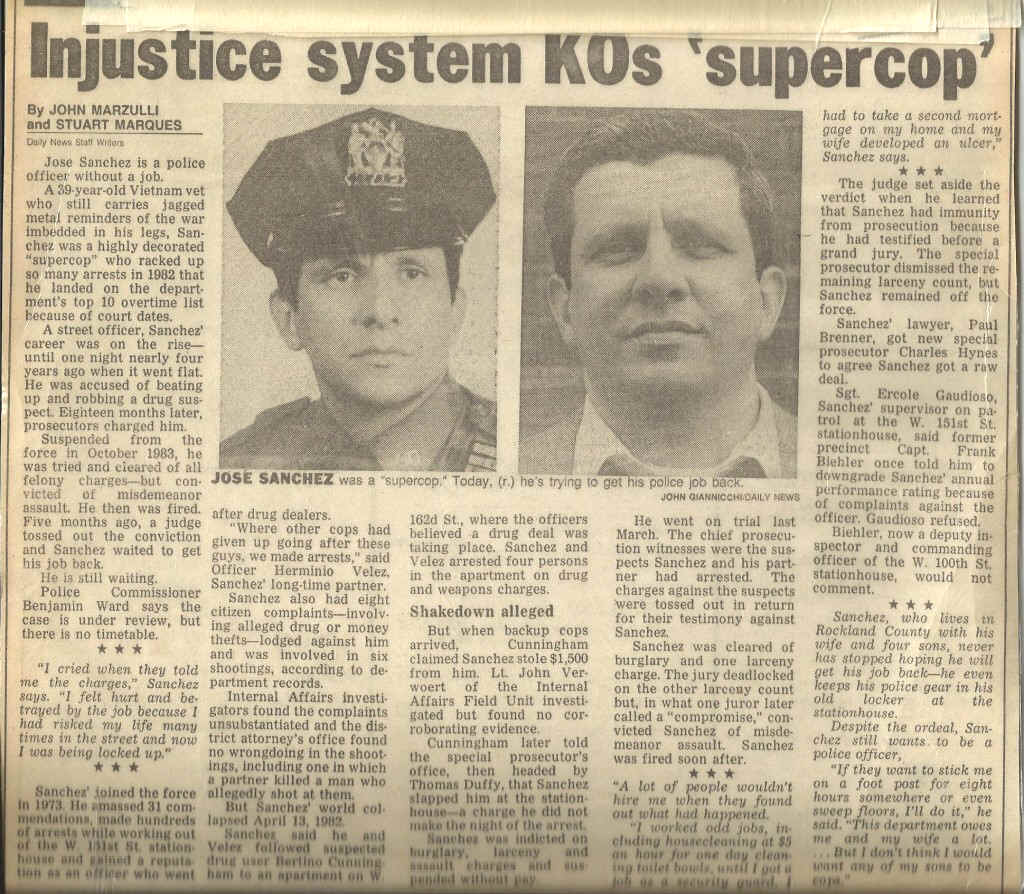
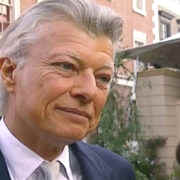
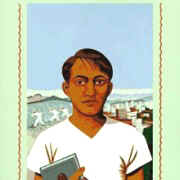
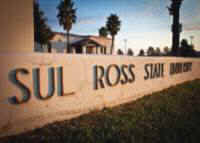
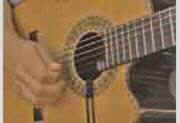
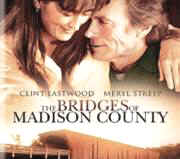
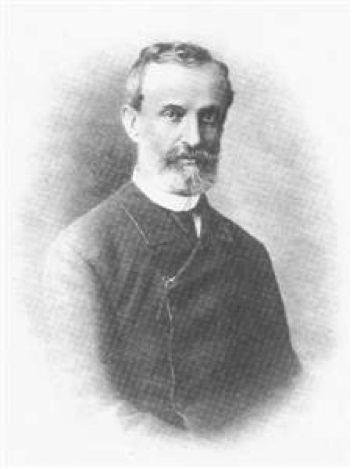
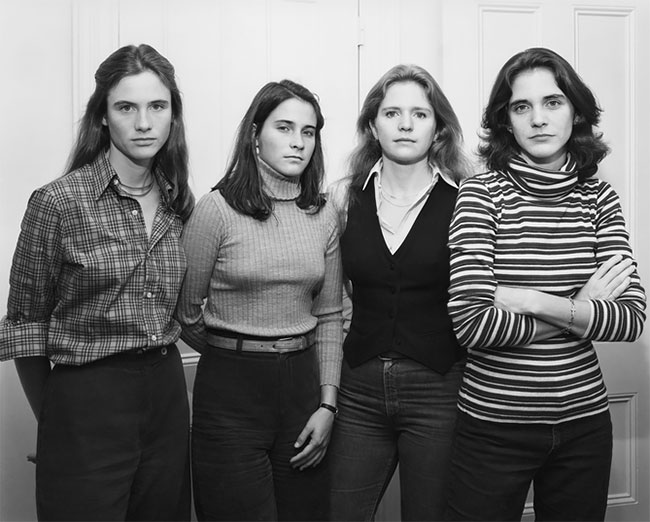
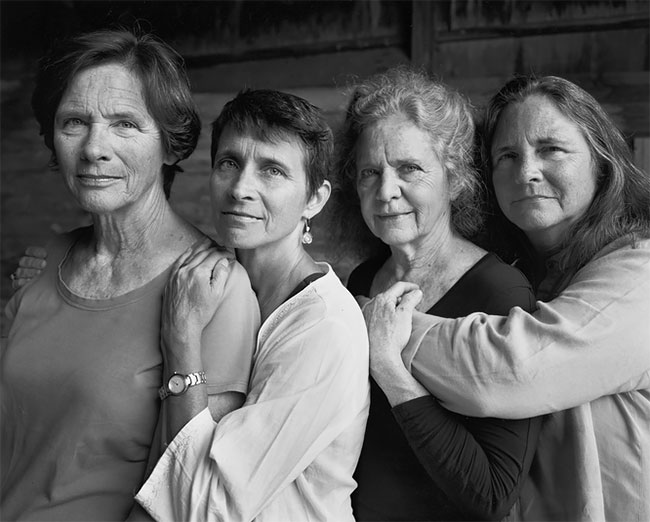

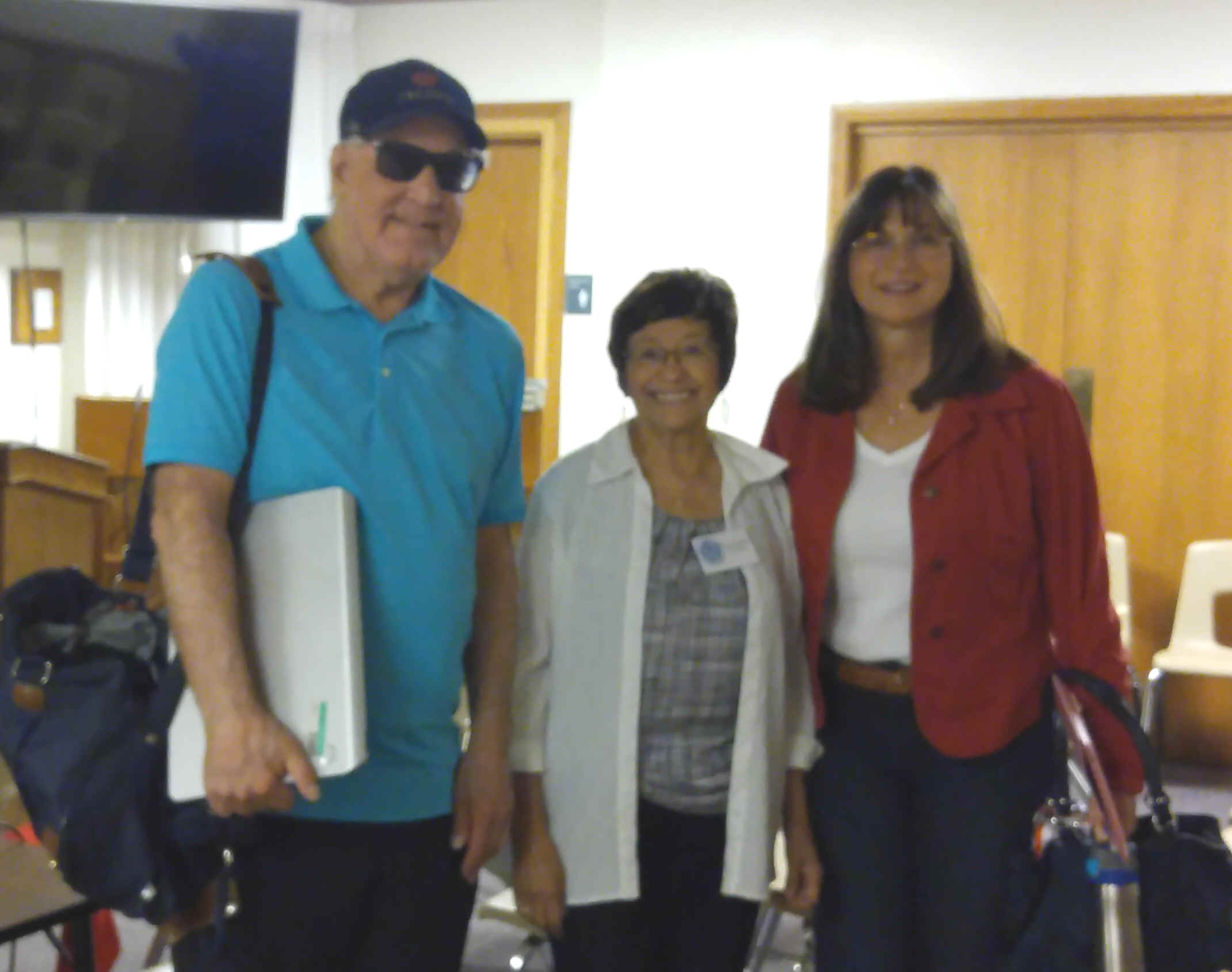
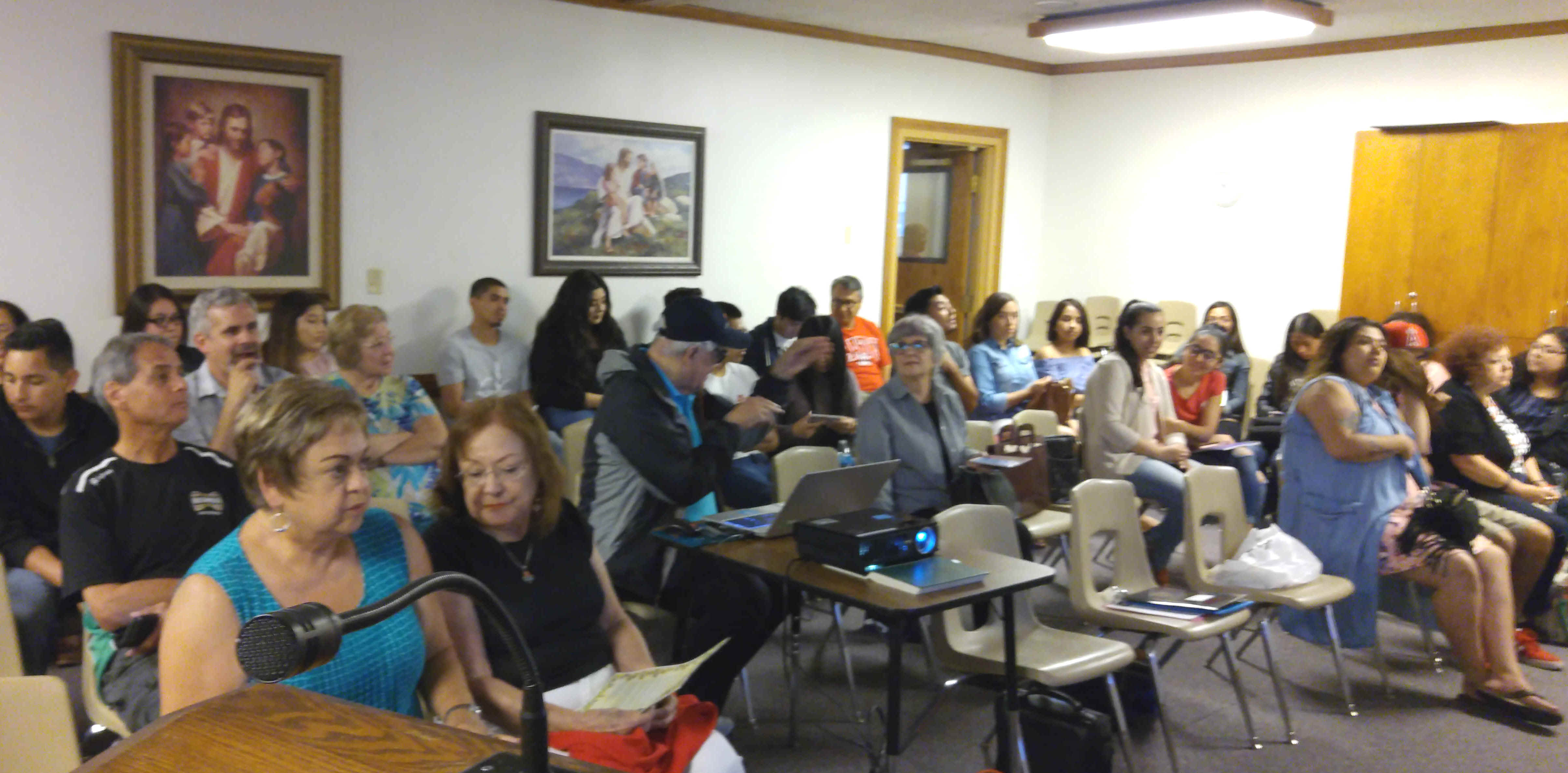

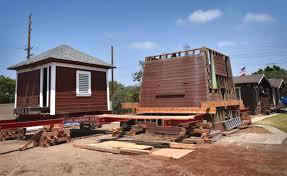
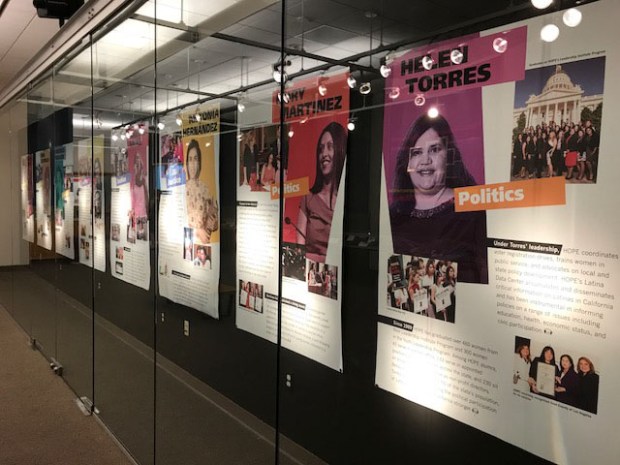

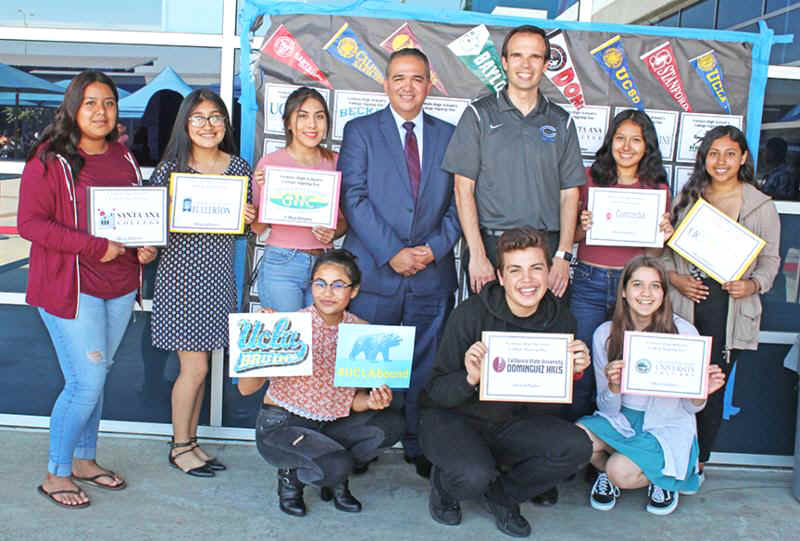
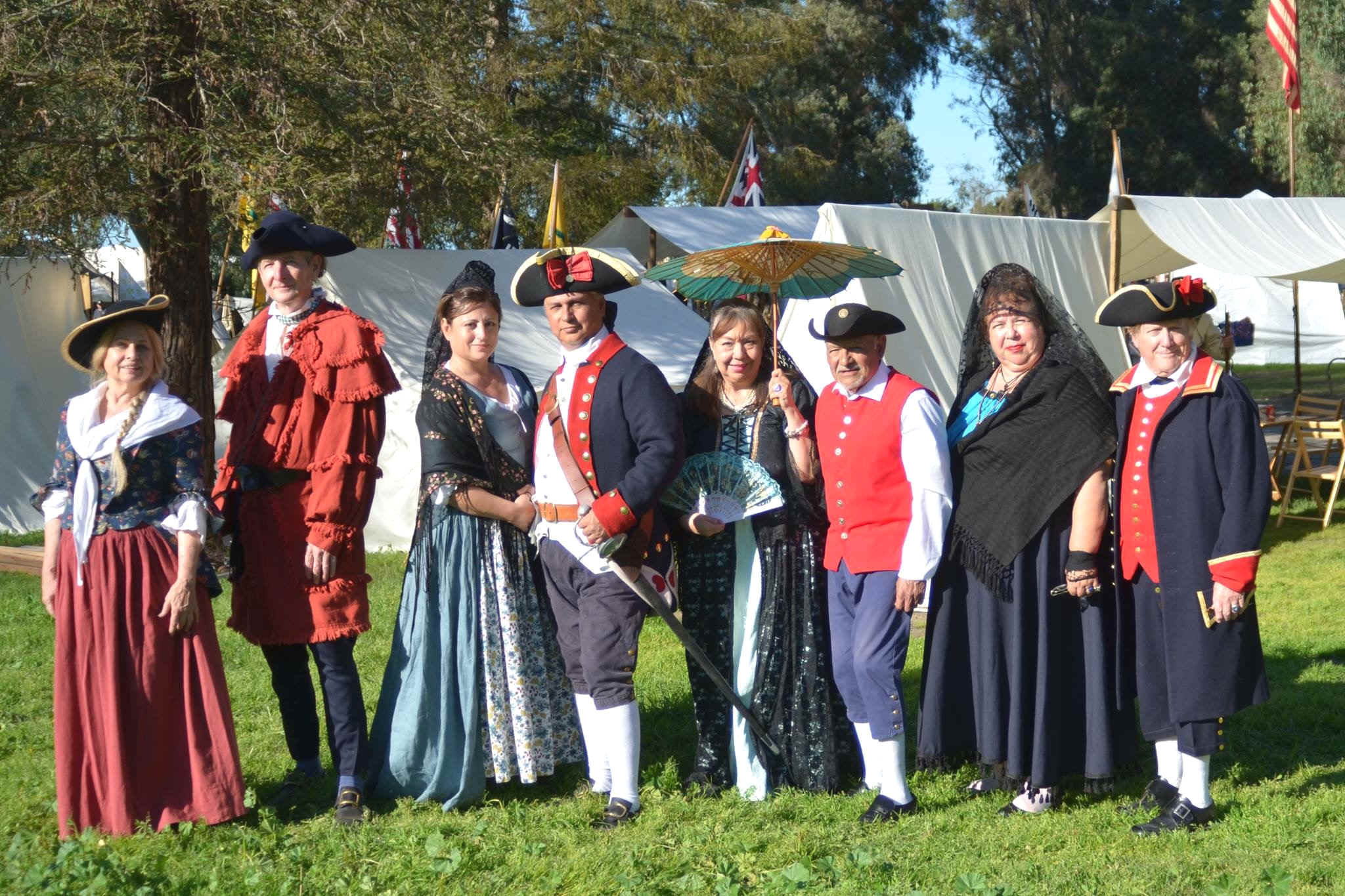

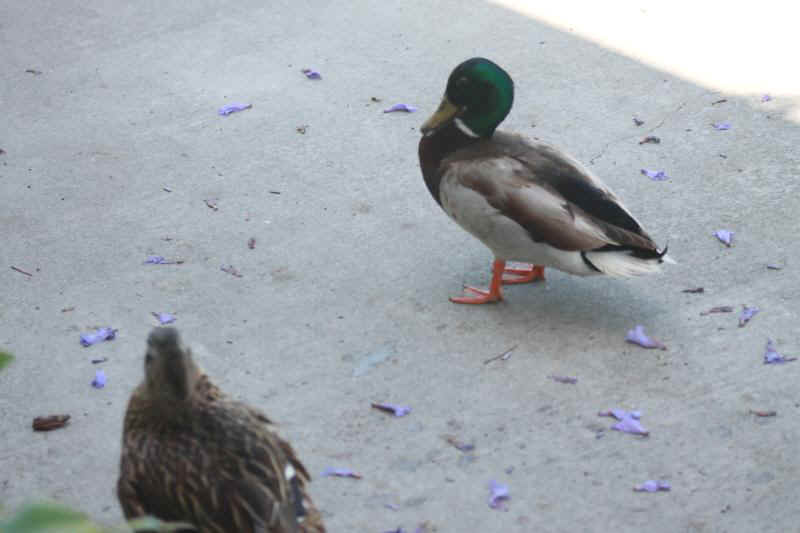
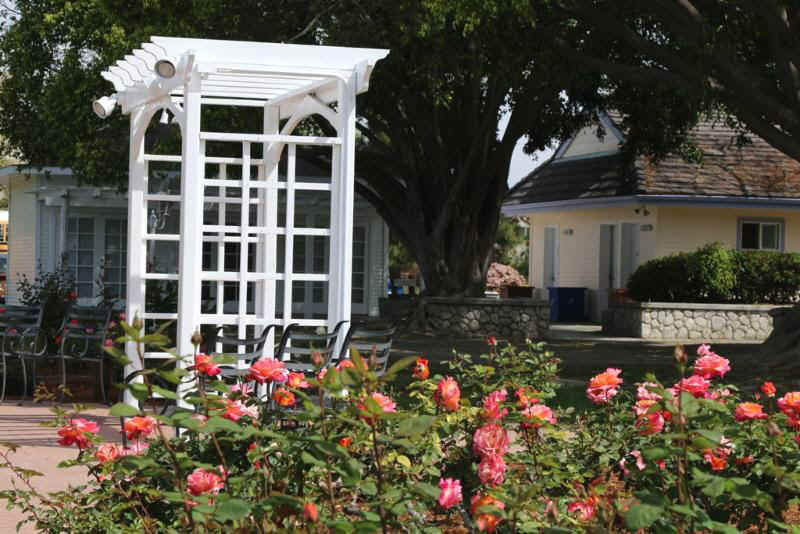
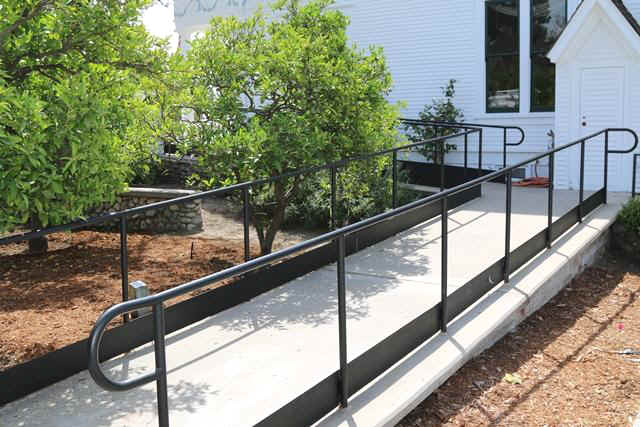

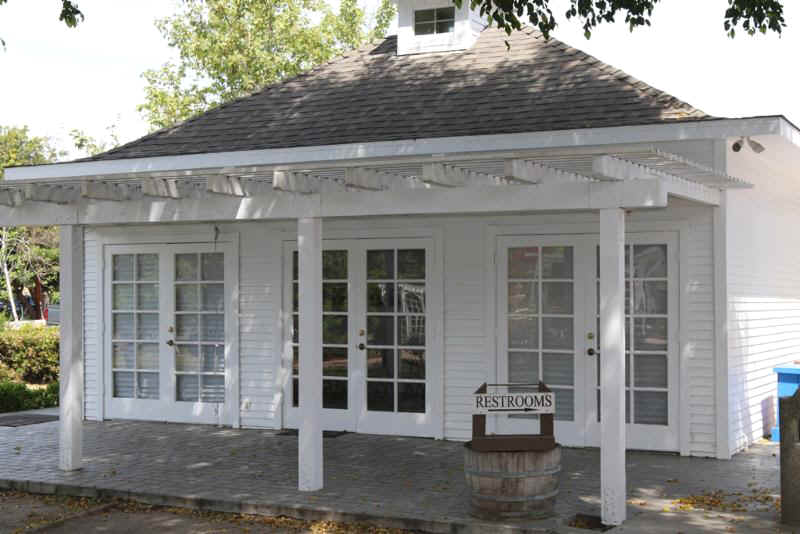
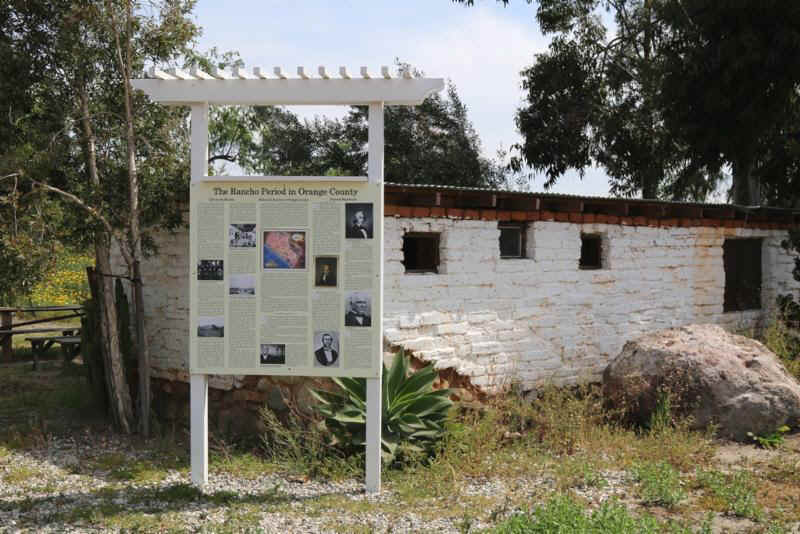
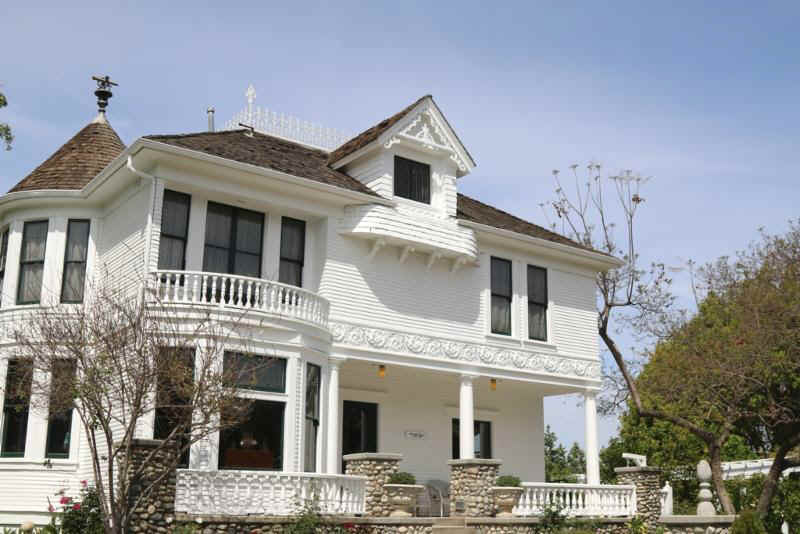
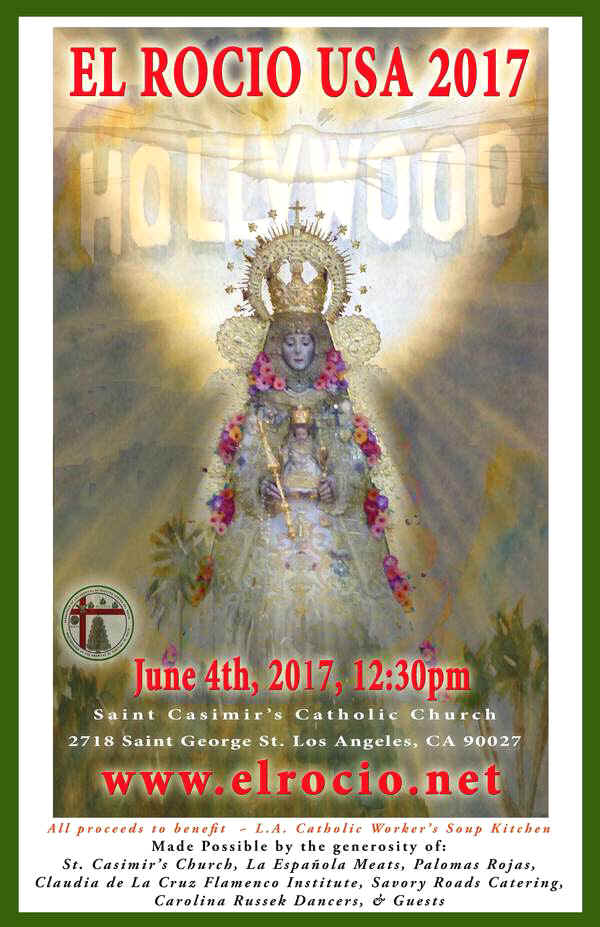
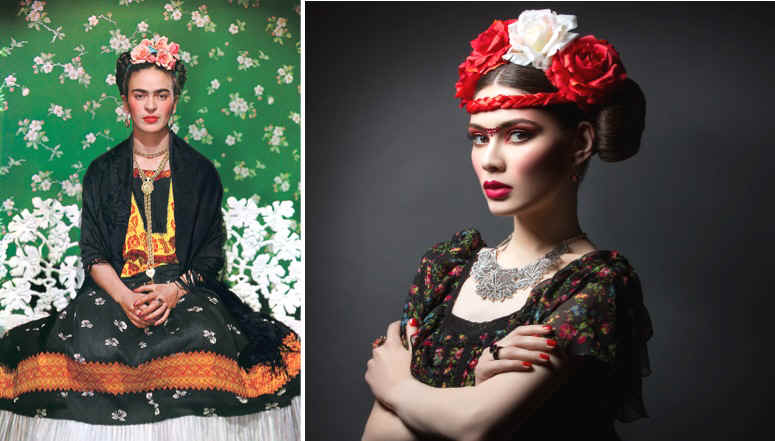
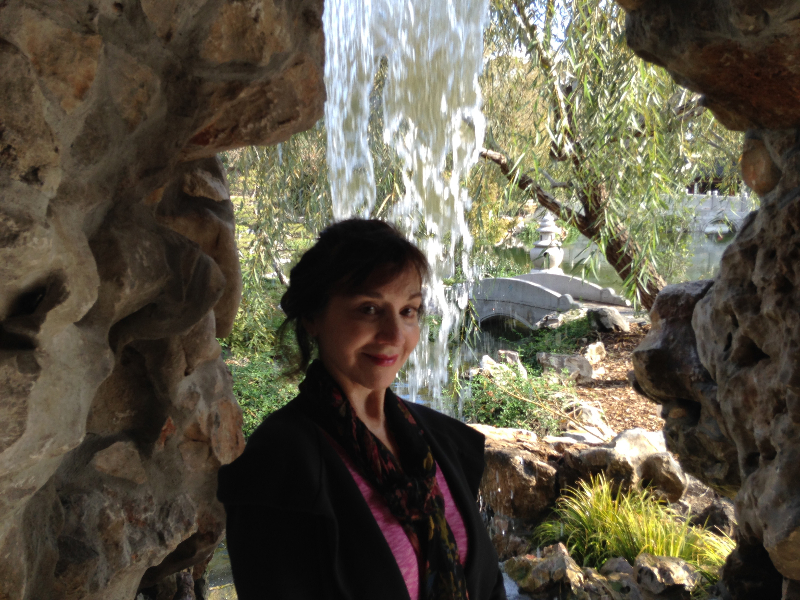
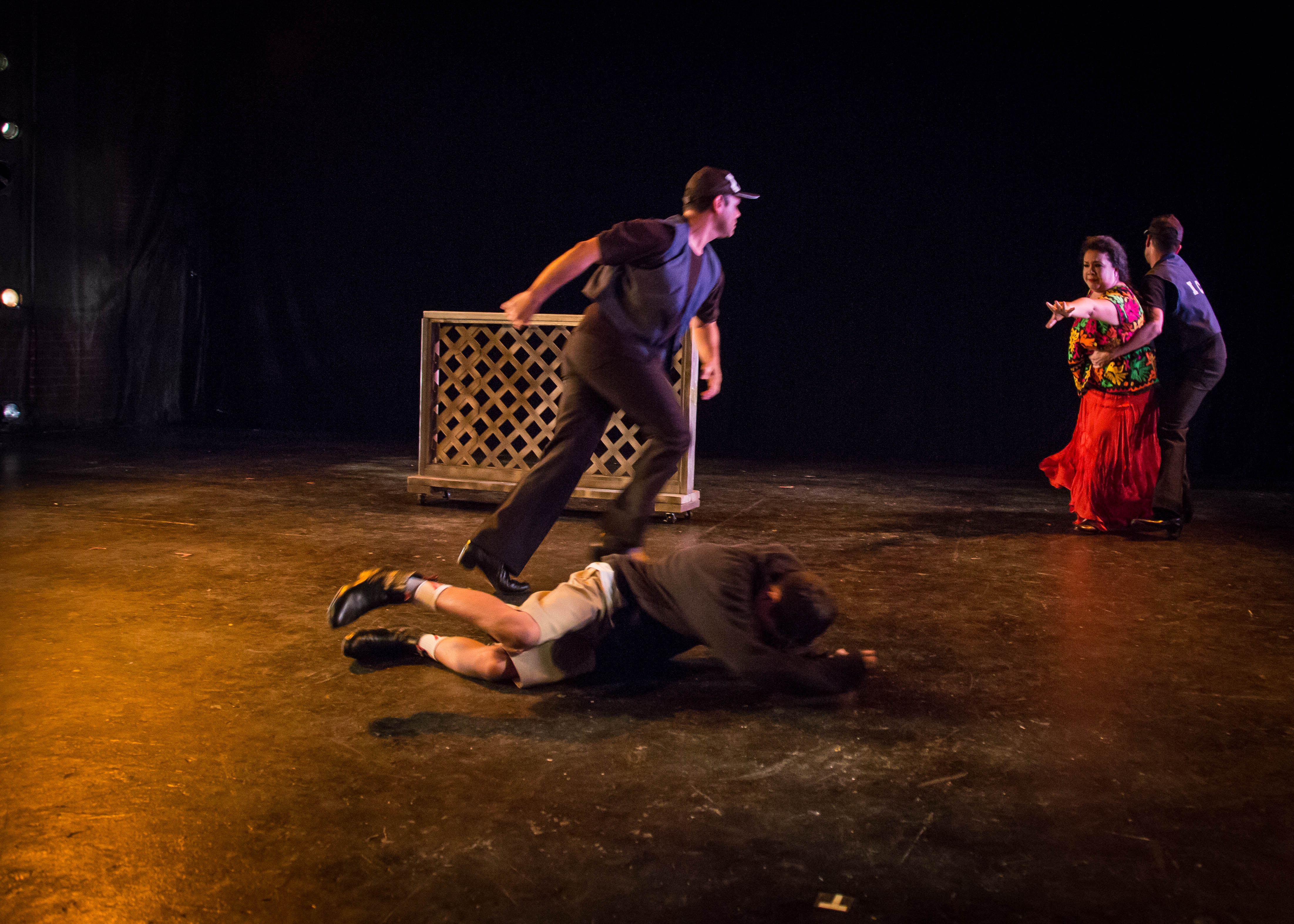
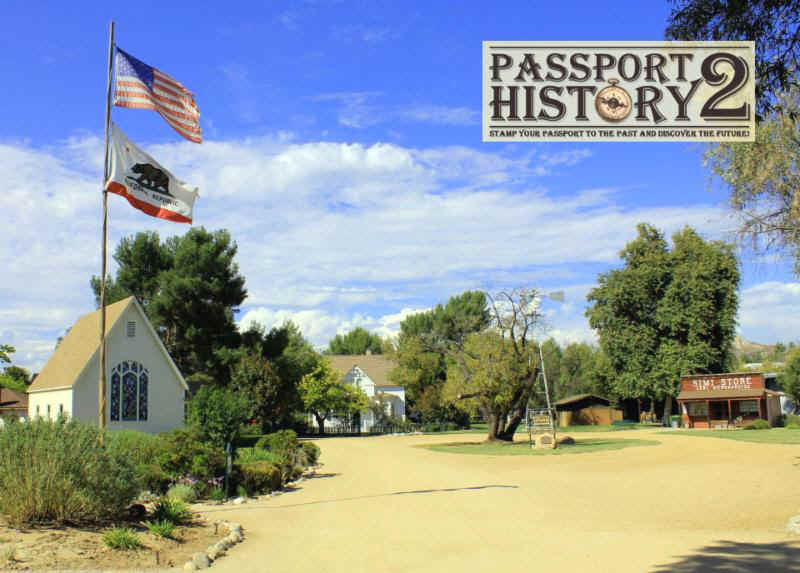
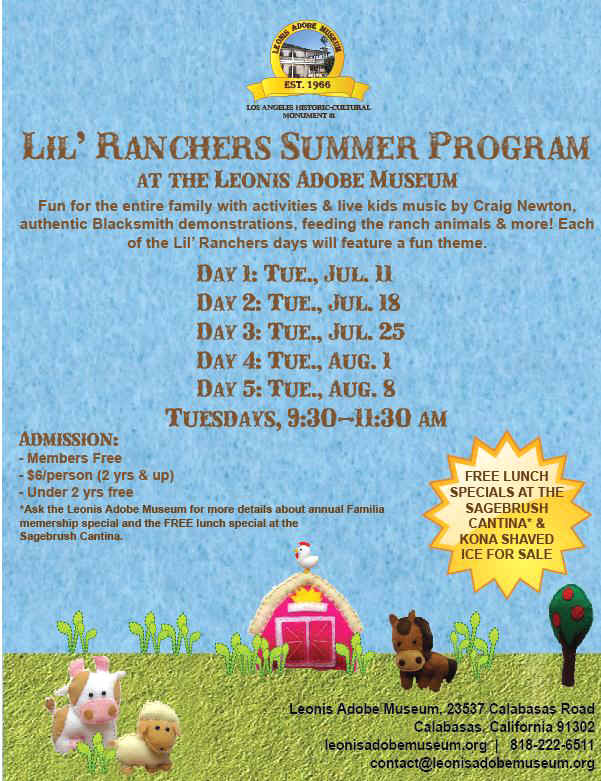
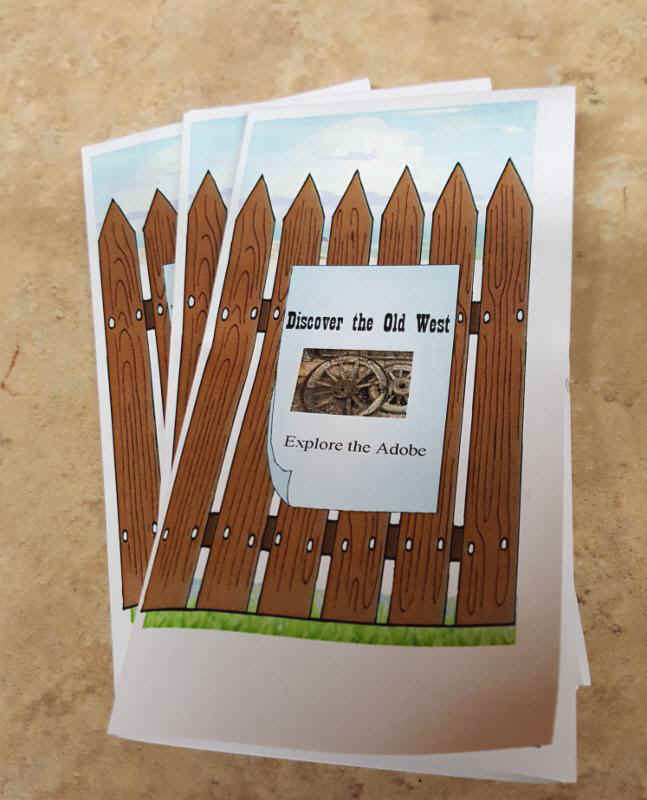
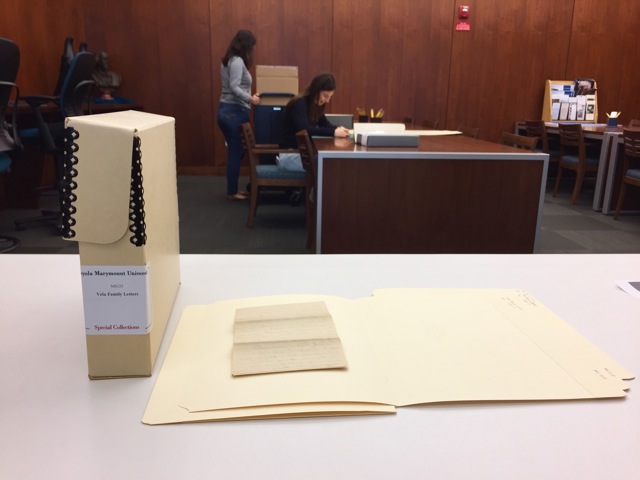
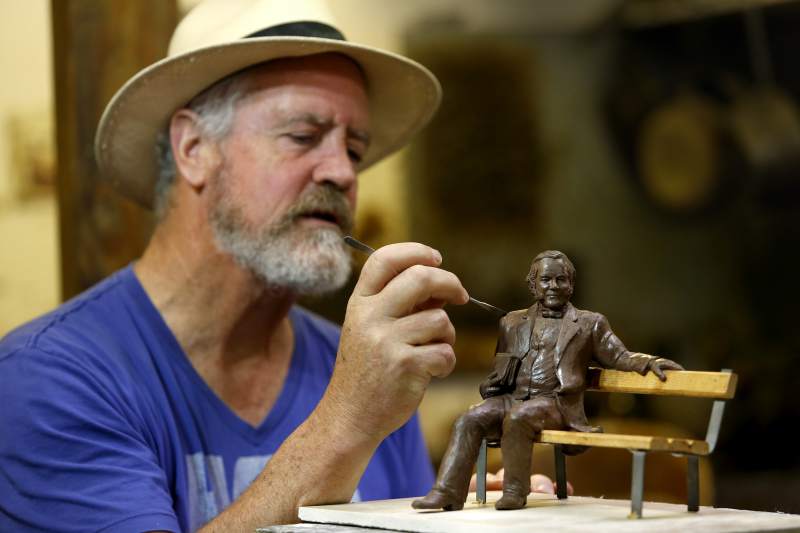
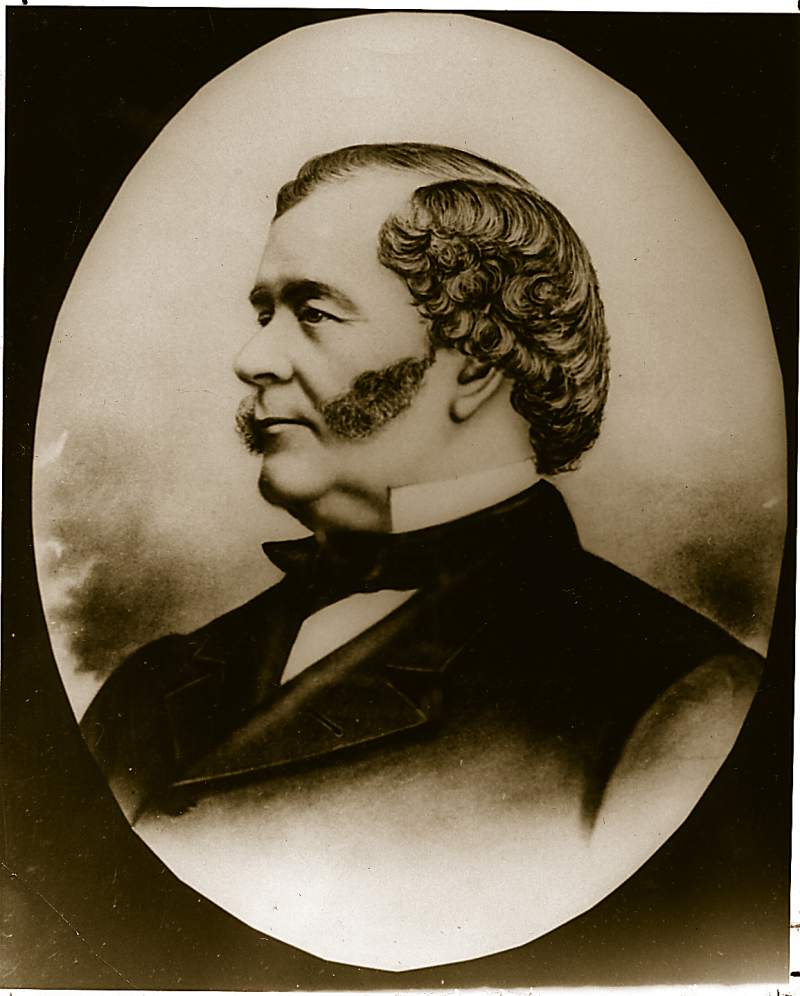
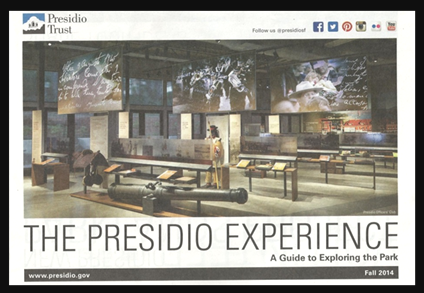
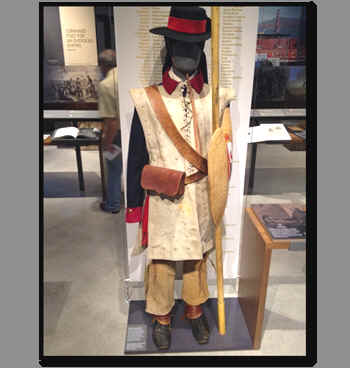
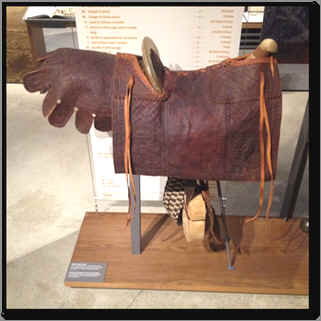
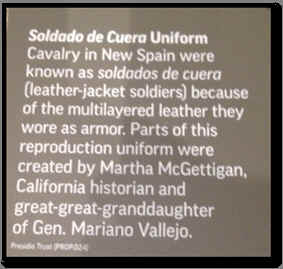
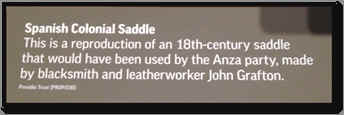
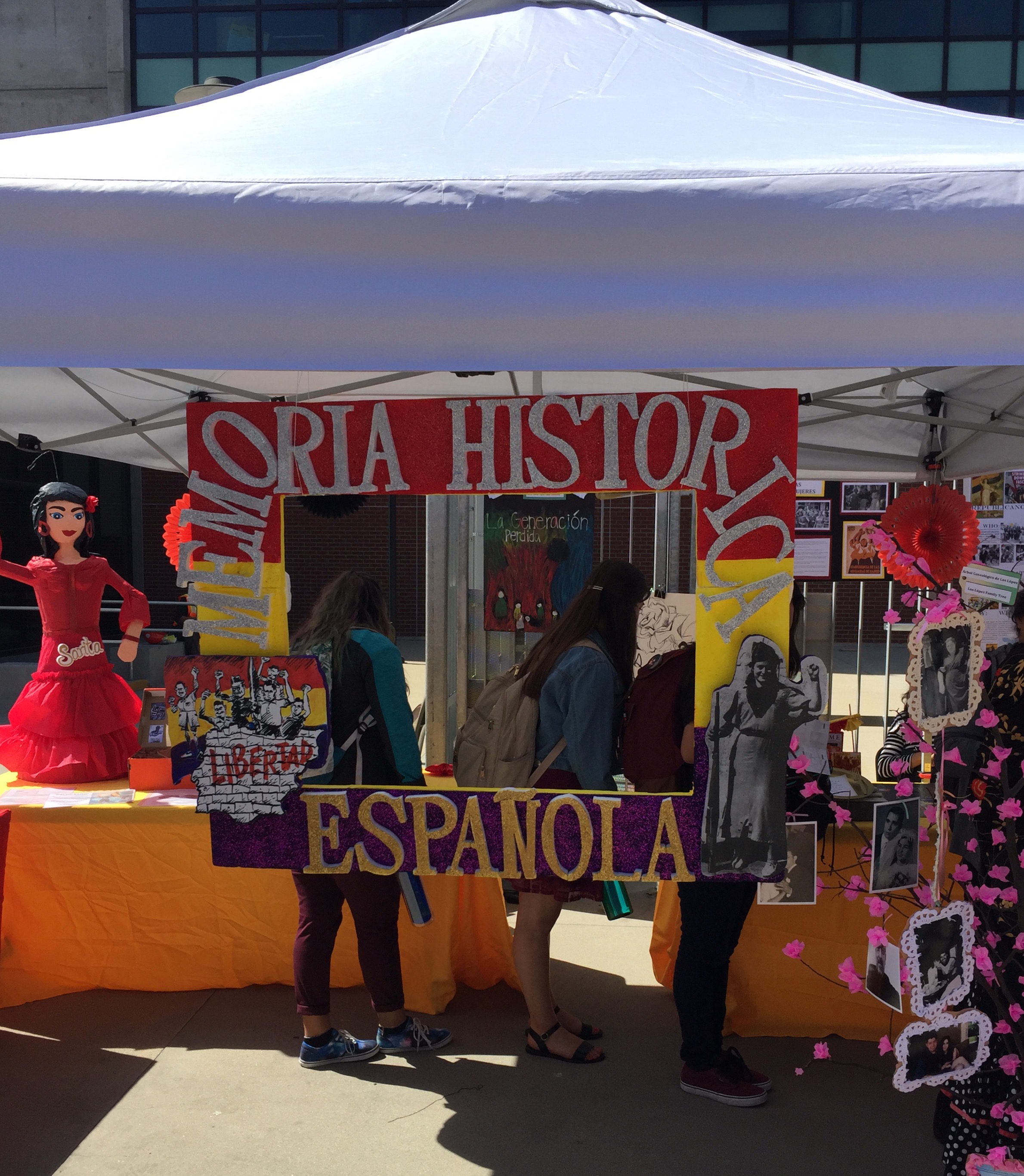



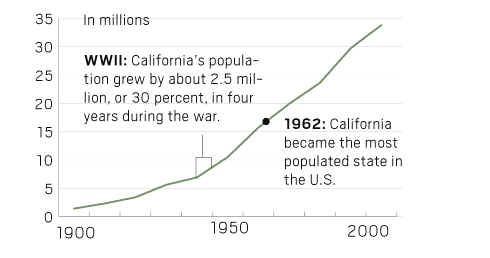
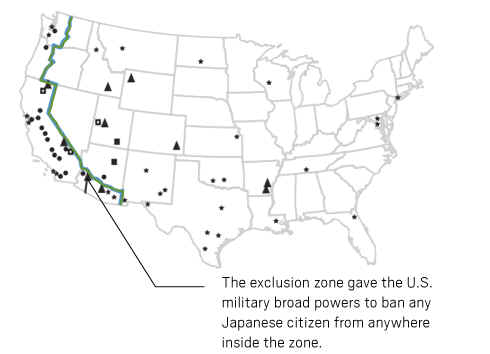
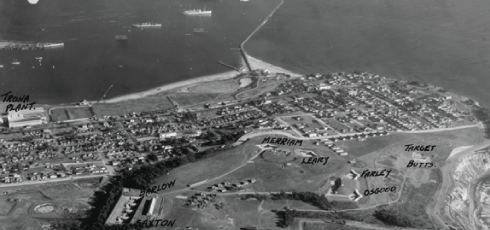
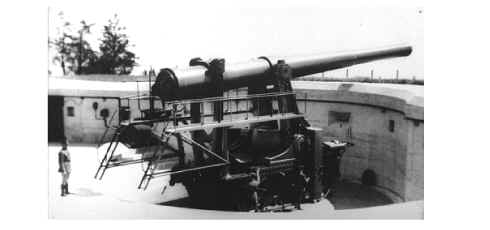
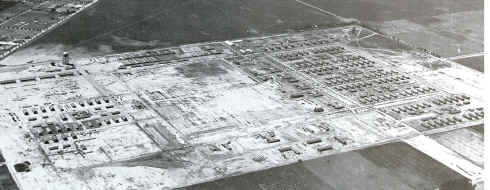
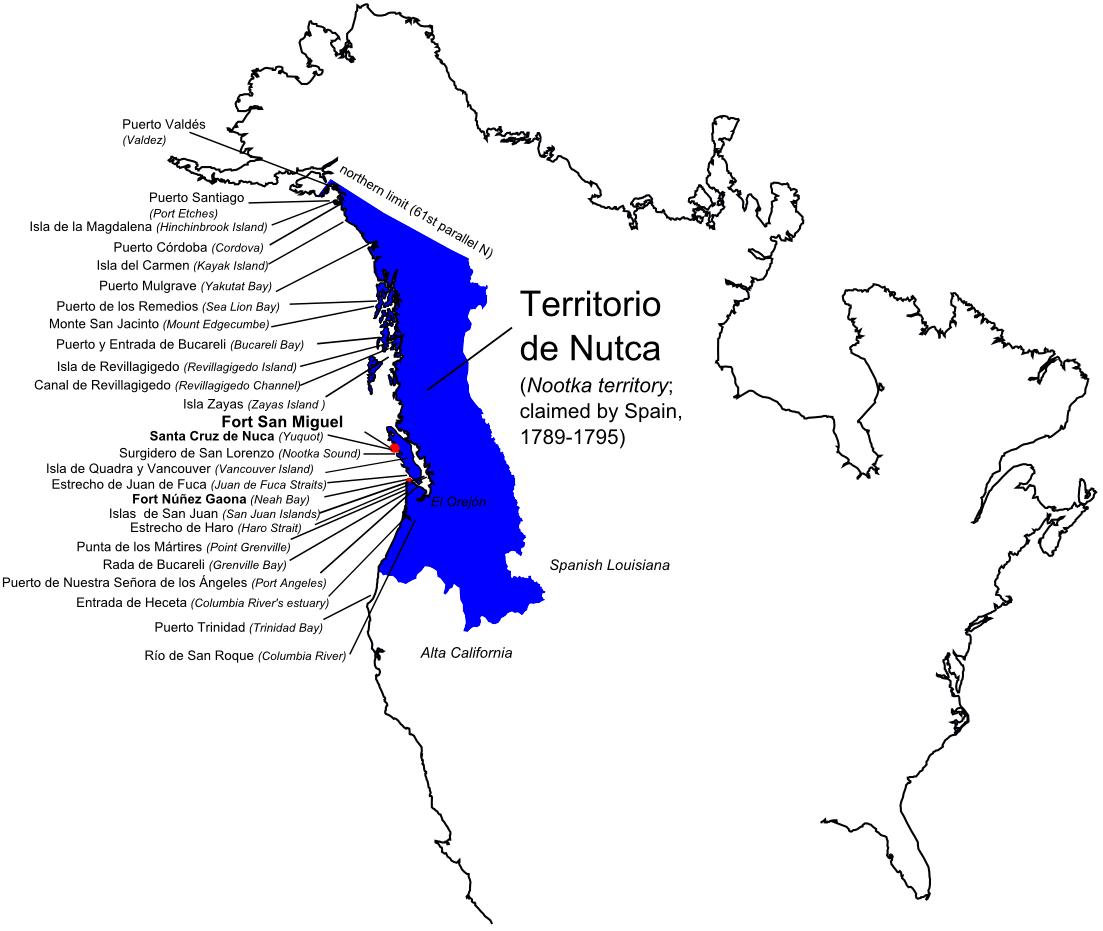

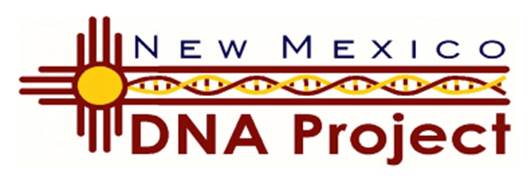


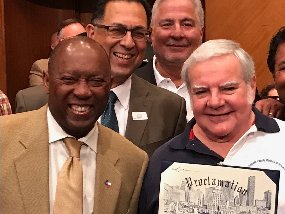
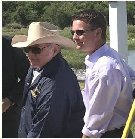 May
18, 2017 I was asked to say a few words in regards to Tejano
History Month which is May15 thru April 15, 2017.
Houston's Mayor Turner issued a comprehensive Proclamation.
City Councilman Robert Gallegos is also working on having a
street in the downtown named in honor of Juan N. Seguin on
which I addressed in City Council.
May
18, 2017 I was asked to say a few words in regards to Tejano
History Month which is May15 thru April 15, 2017.
Houston's Mayor Turner issued a comprehensive Proclamation.
City Councilman Robert Gallegos is also working on having a
street in the downtown named in honor of Juan N. Seguin on
which I addressed in City Council.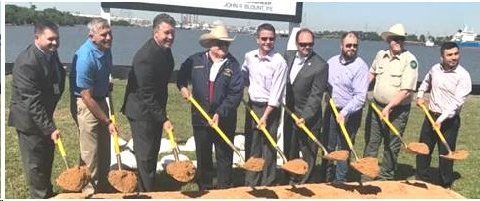

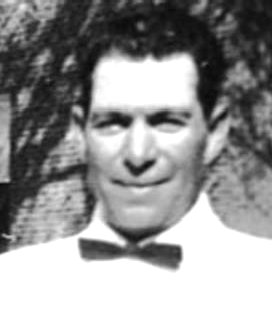
 It
was on a sunny day in late June of 1968 when a procession of cars
which seemingly stretched for miles made its way toward
It
was on a sunny day in late June of 1968 when a procession of cars
which seemingly stretched for miles made its way toward 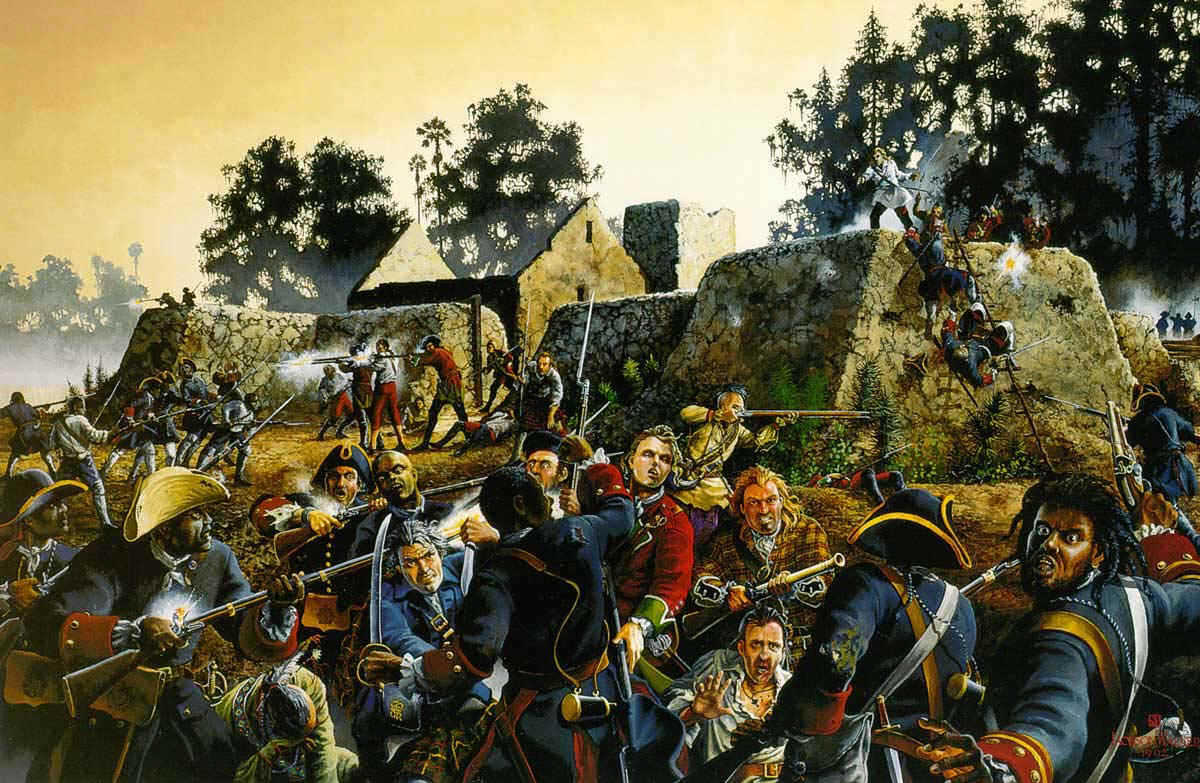
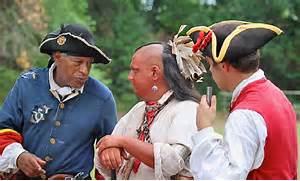
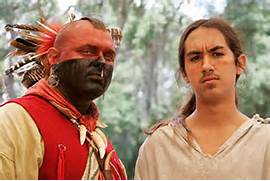
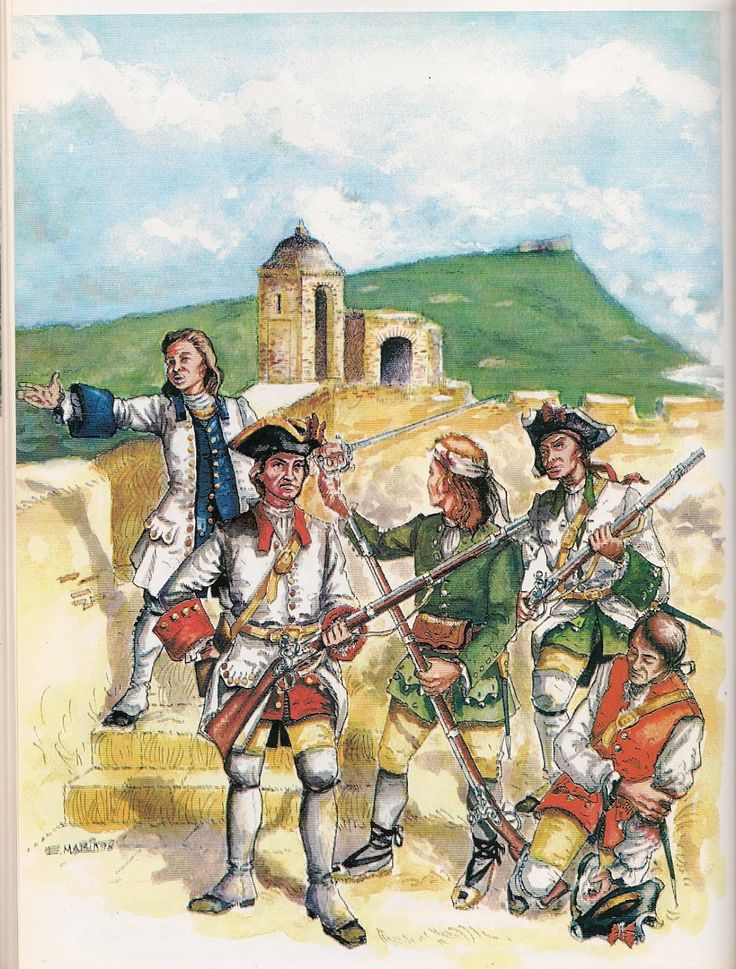
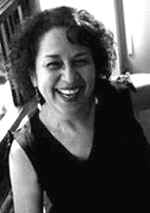 It
took eight years to produce the film, ¡Palante, Siempre
Palante! The Young Lords, which documents conditions of poverty
and racism that gave rise to the Young Lords and organizations such as
the Puerto Rican Socialist Party, El Comité, the Puerto Rican Student
Union, and others in the United States during the 1960s and 1970s.
Most funders had no interest in the film, but Latinx young people
believing in the importance of this history assisted in efforts to
complete it. In 1996, the documentary was broadcast on national public
television to an estimated one million viewers. More than
It
took eight years to produce the film, ¡Palante, Siempre
Palante! The Young Lords, which documents conditions of poverty
and racism that gave rise to the Young Lords and organizations such as
the Puerto Rican Socialist Party, El Comité, the Puerto Rican Student
Union, and others in the United States during the 1960s and 1970s.
Most funders had no interest in the film, but Latinx young people
believing in the importance of this history assisted in efforts to
complete it. In 1996, the documentary was broadcast on national public
television to an estimated one million viewers. More than 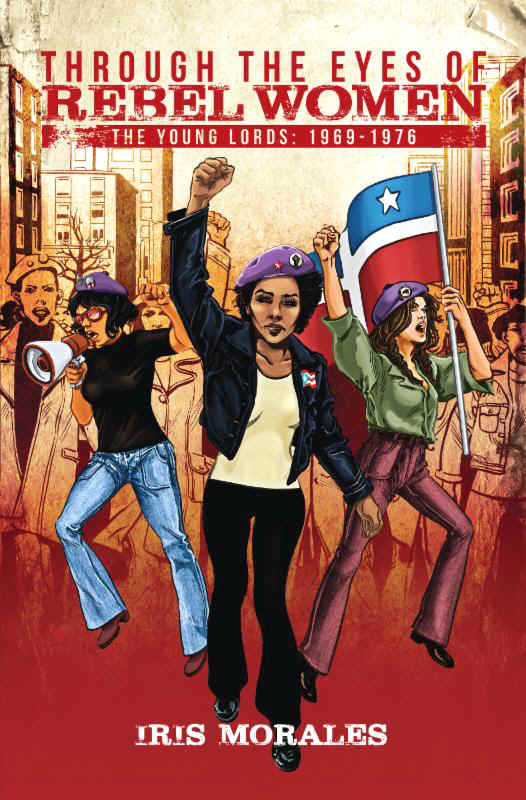 In
October 2016, Red Sugarcane Press published Through the Eyes
of Rebel Women, The Young Lords: 1969-1976, an introductory
account and the first book describing the experiences of women.
Believing in direct action, the women in the Young Lords were both
community organizers and women's rights activists. We mobilized in
poor neighborhoods demanding better living conditions and services,
and joined in mass demonstration and dramatic takeo
In
October 2016, Red Sugarcane Press published Through the Eyes
of Rebel Women, The Young Lords: 1969-1976, an introductory
account and the first book describing the experiences of women.
Believing in direct action, the women in the Young Lords were both
community organizers and women's rights activists. We mobilized in
poor neighborhoods demanding better living conditions and services,
and joined in mass demonstration and dramatic takeo
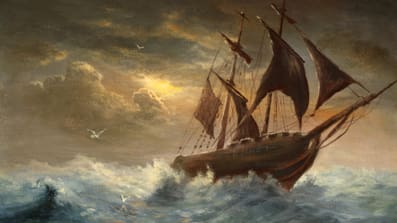
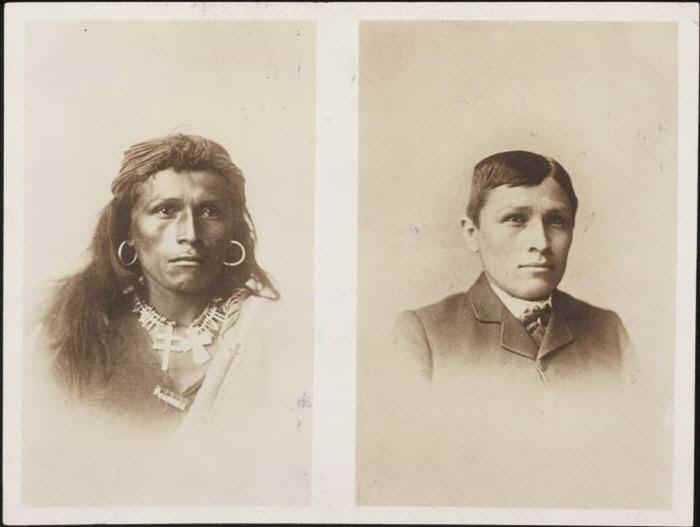

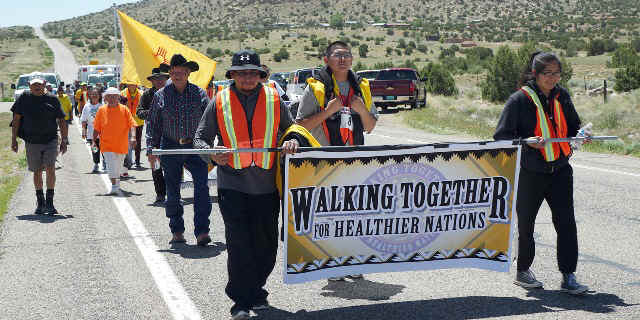
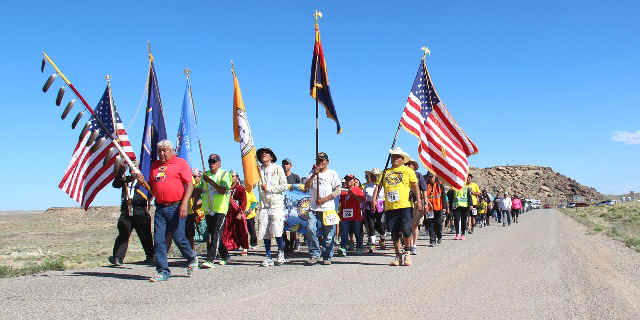 Photo Credit: Courtesy of the Indian Health Service (IHS).
Photo Credit: Courtesy of the Indian Health Service (IHS).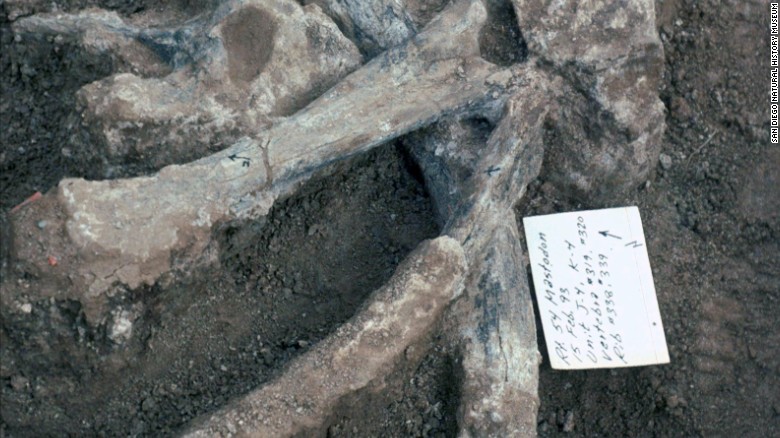
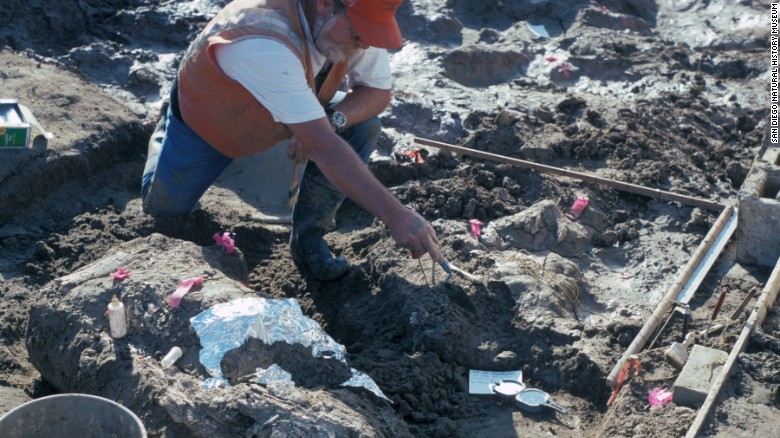
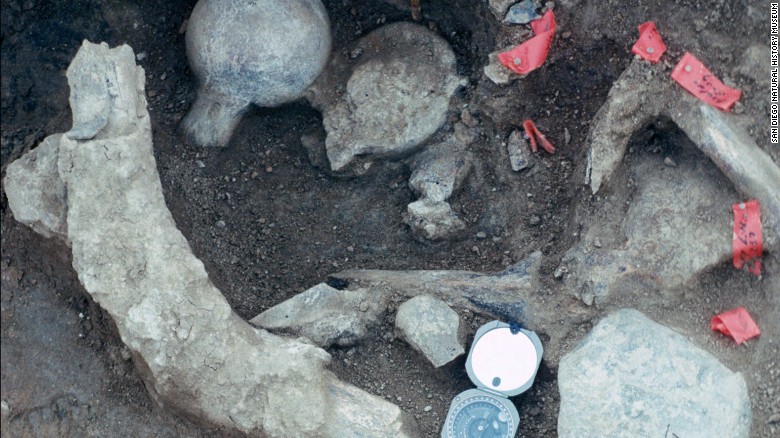

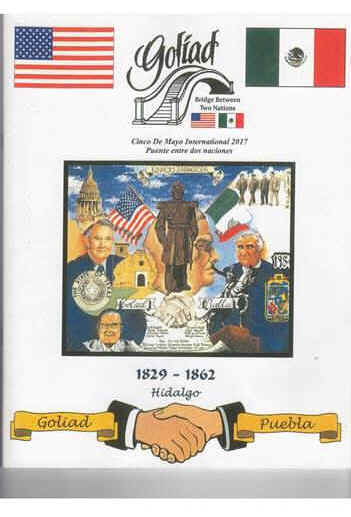
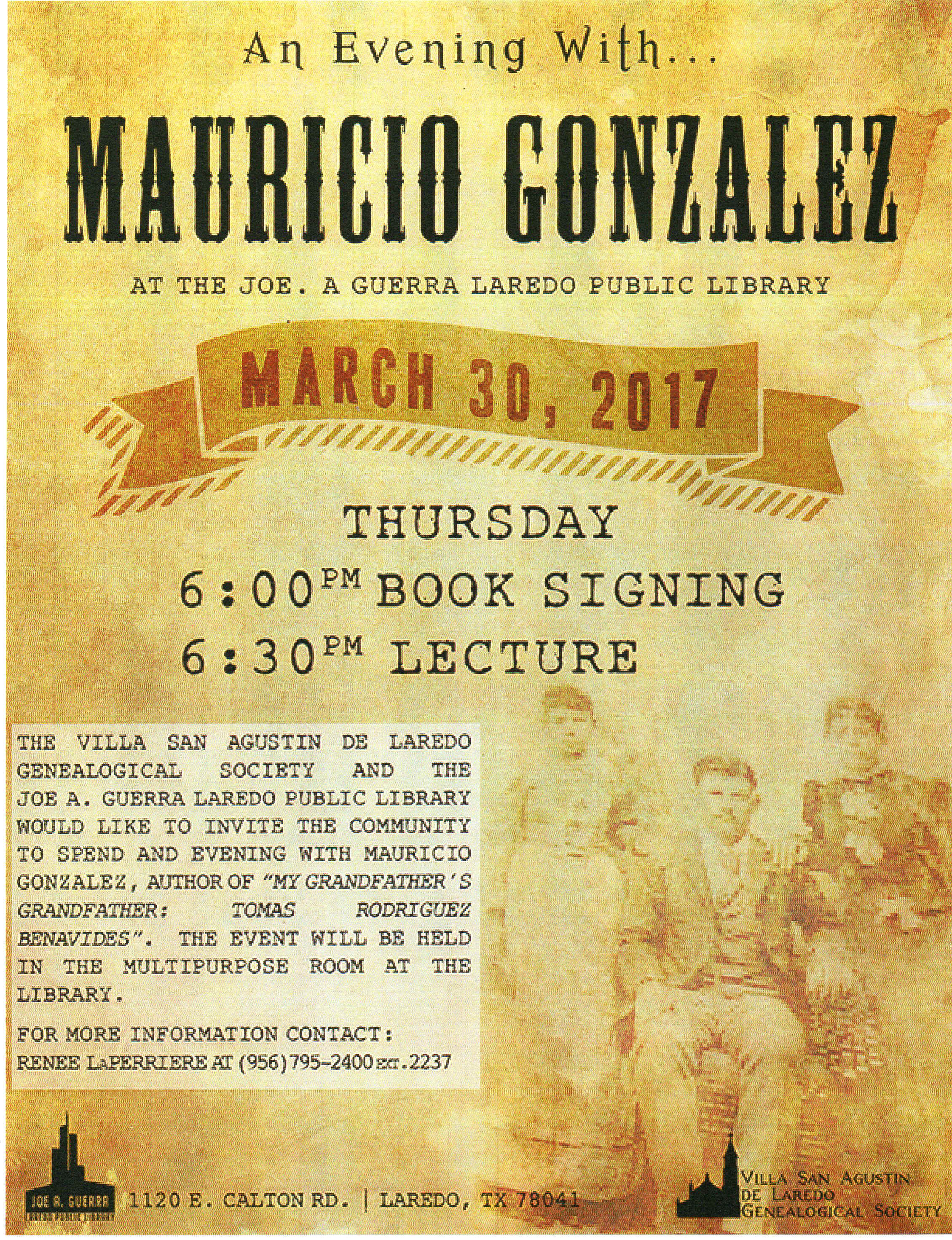
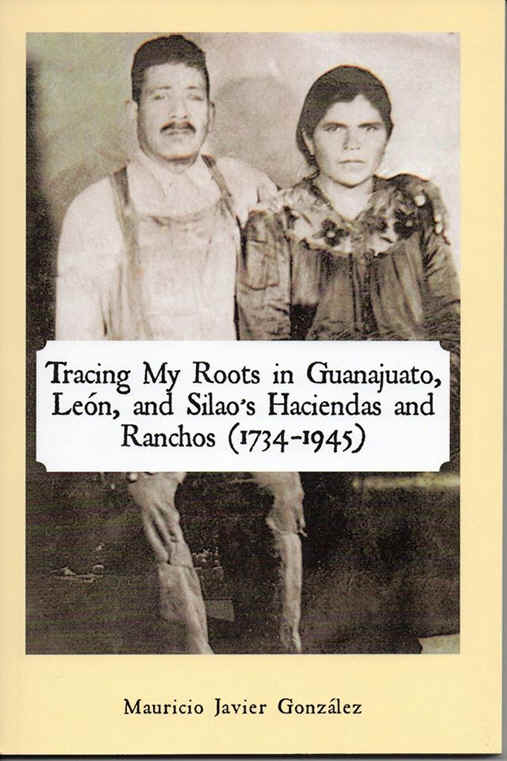
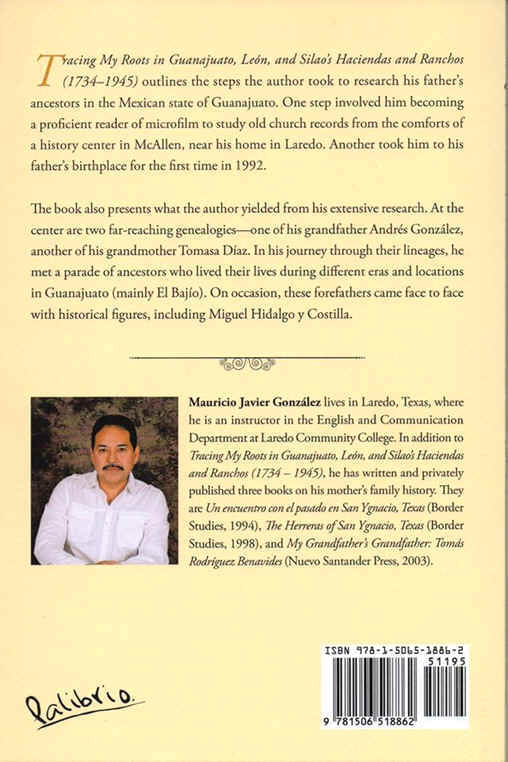
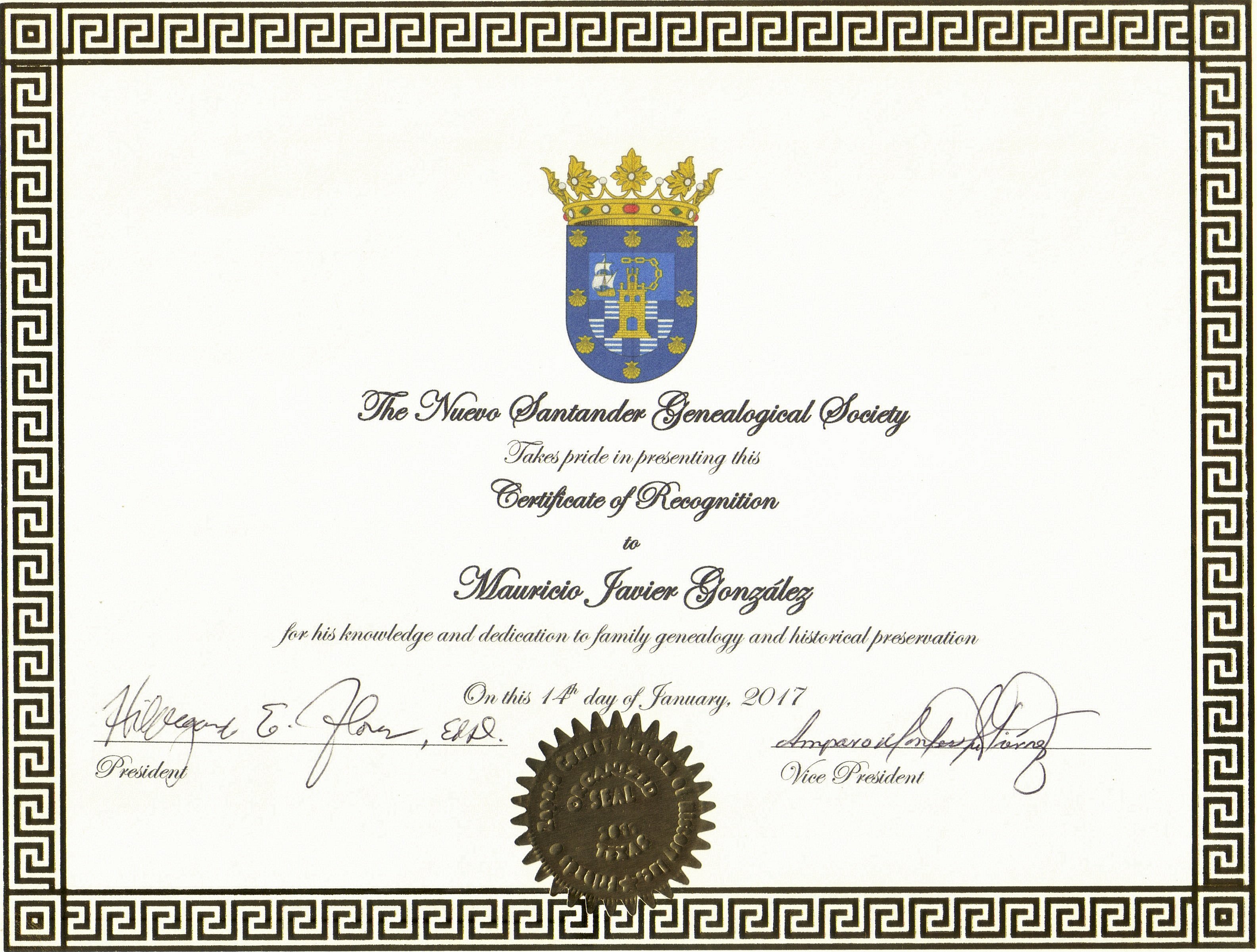
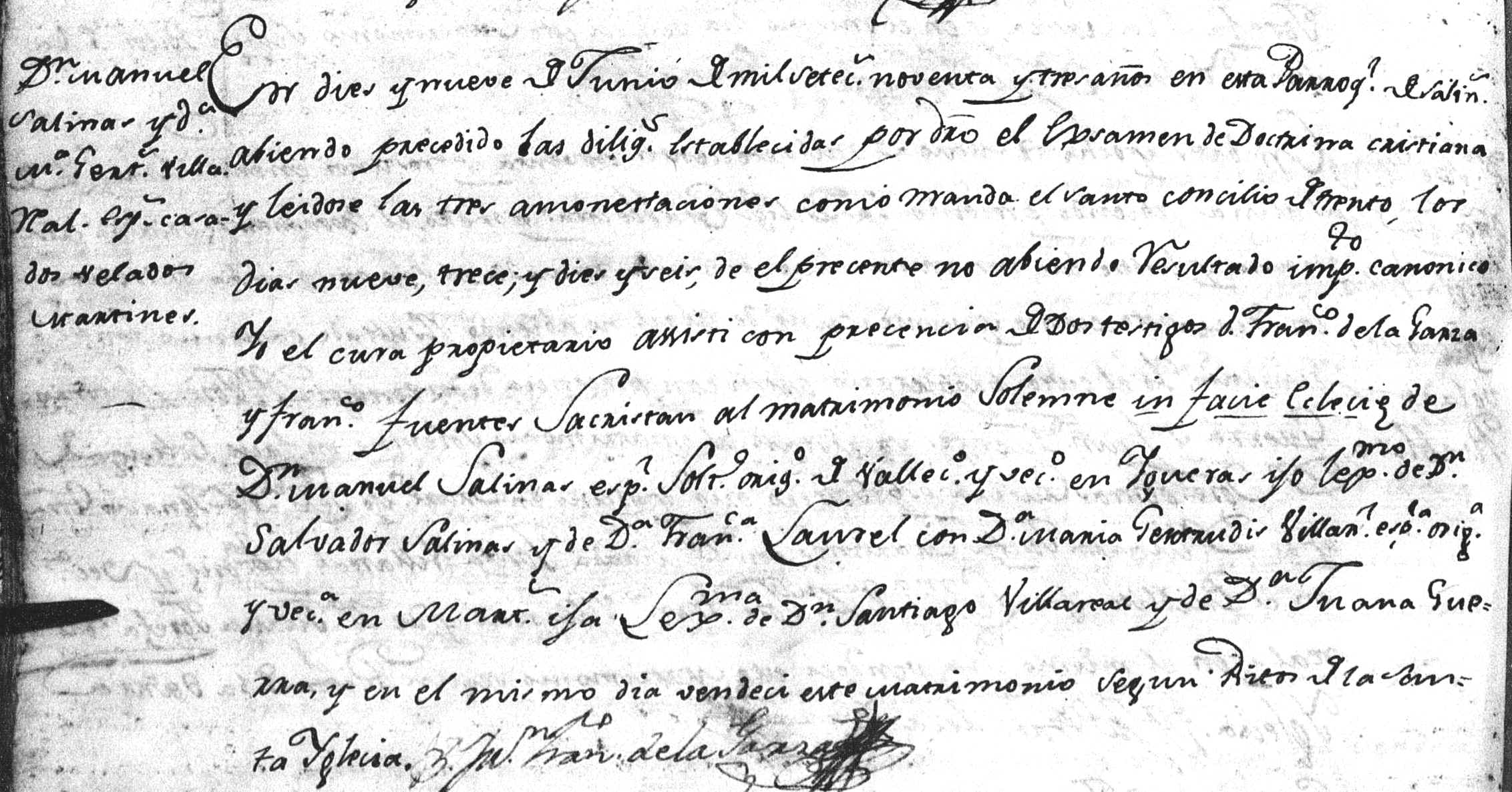
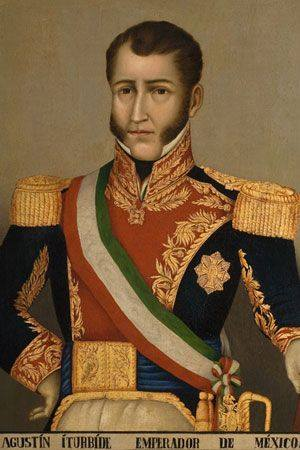
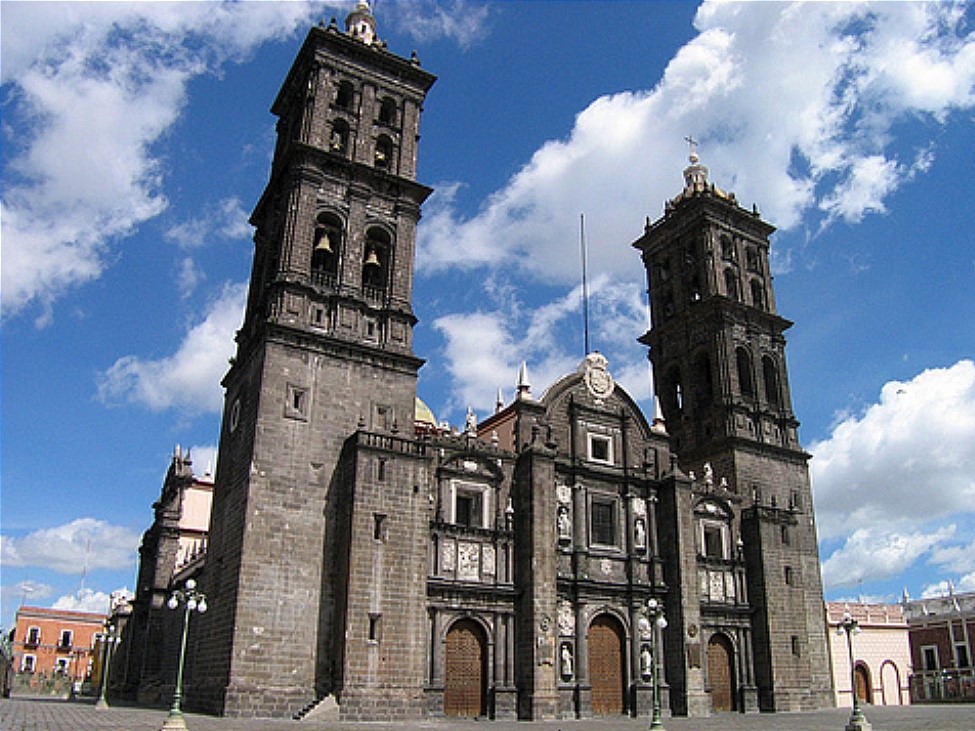
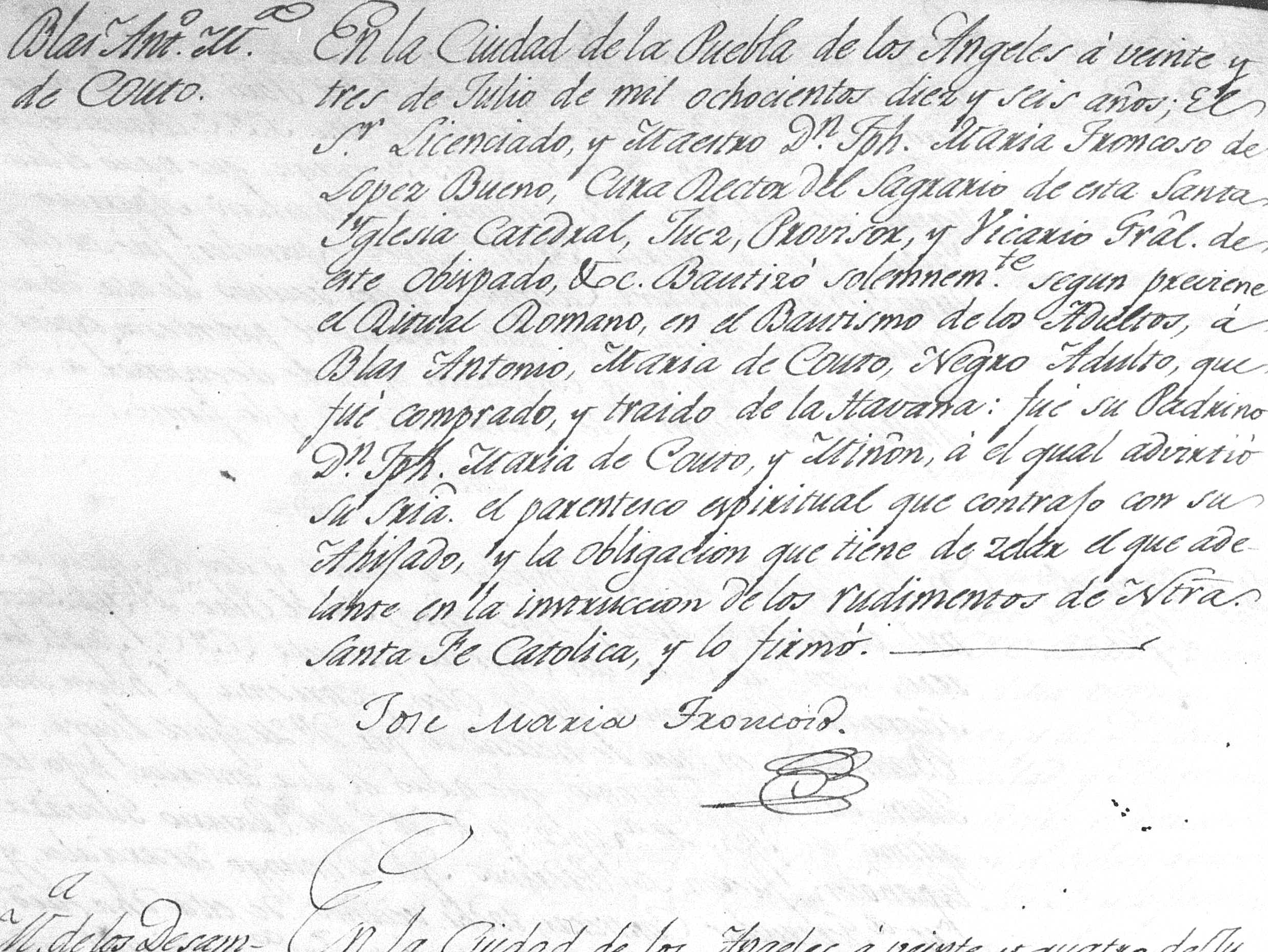
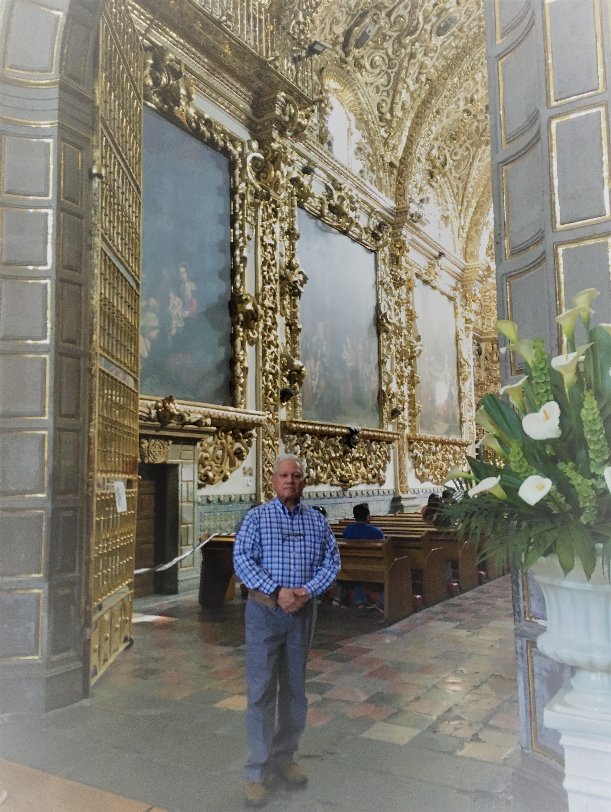
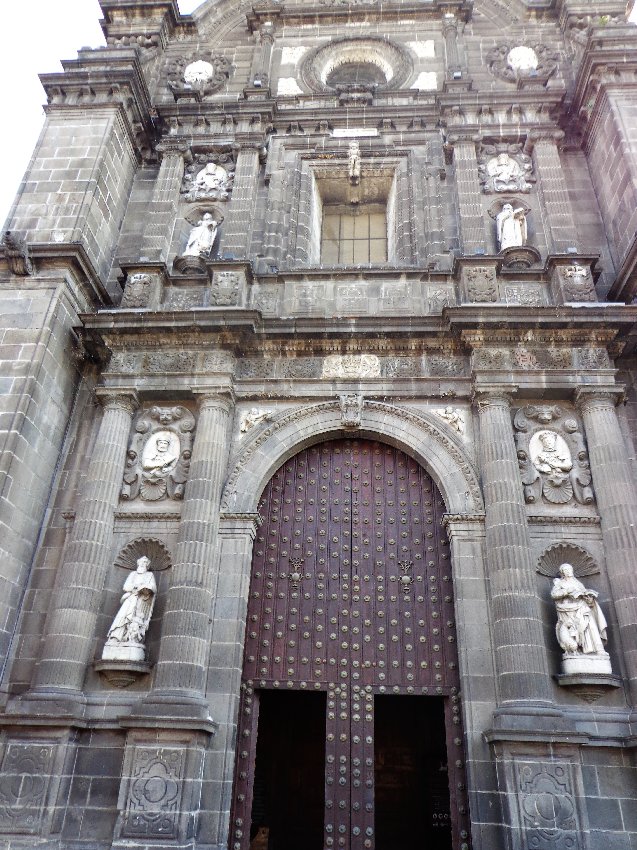
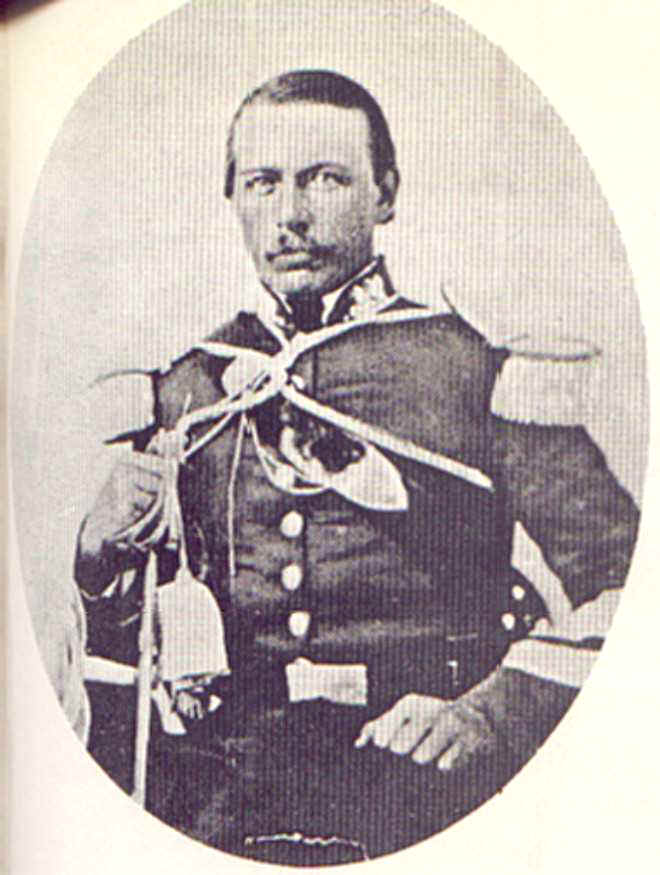
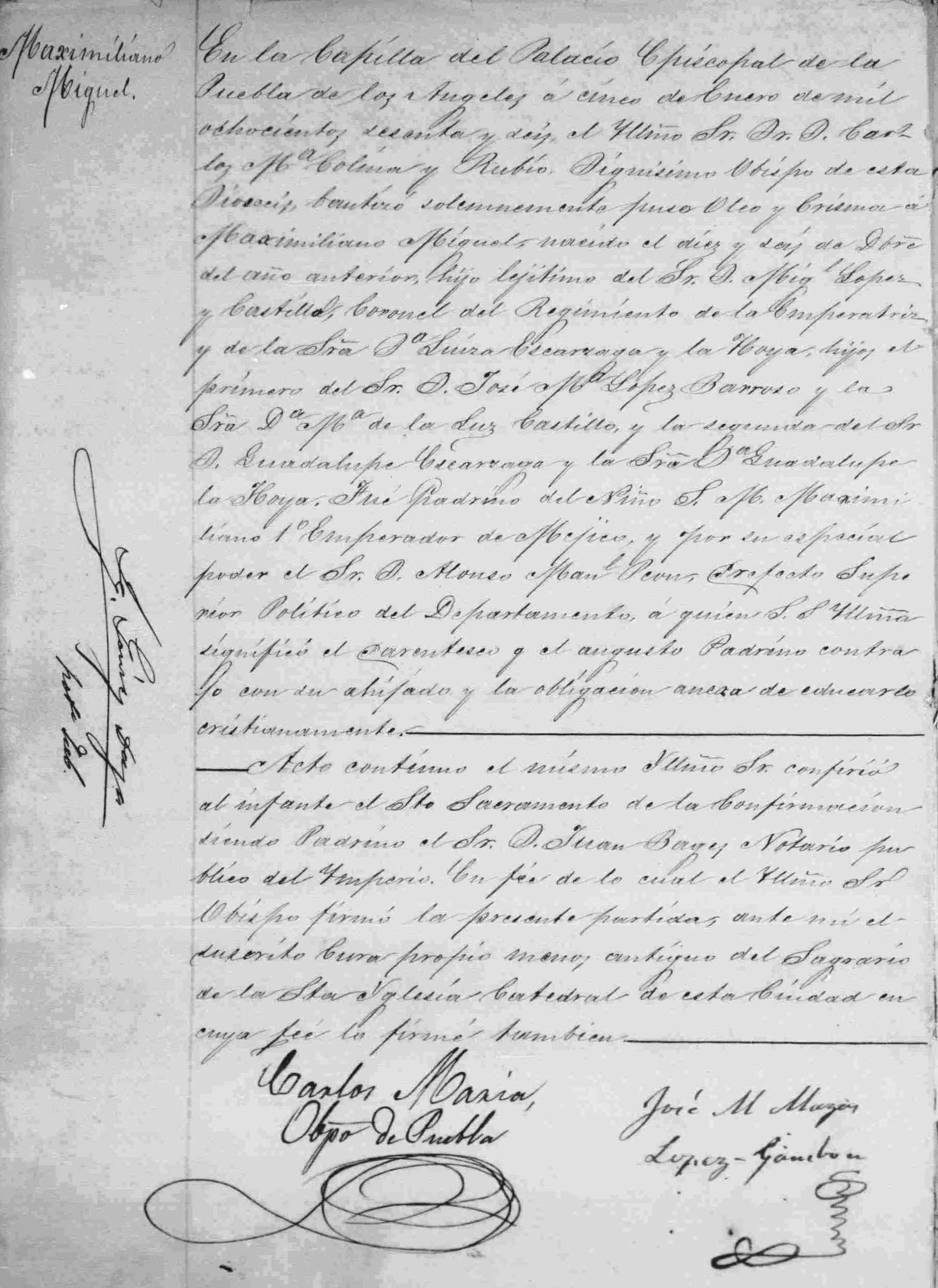
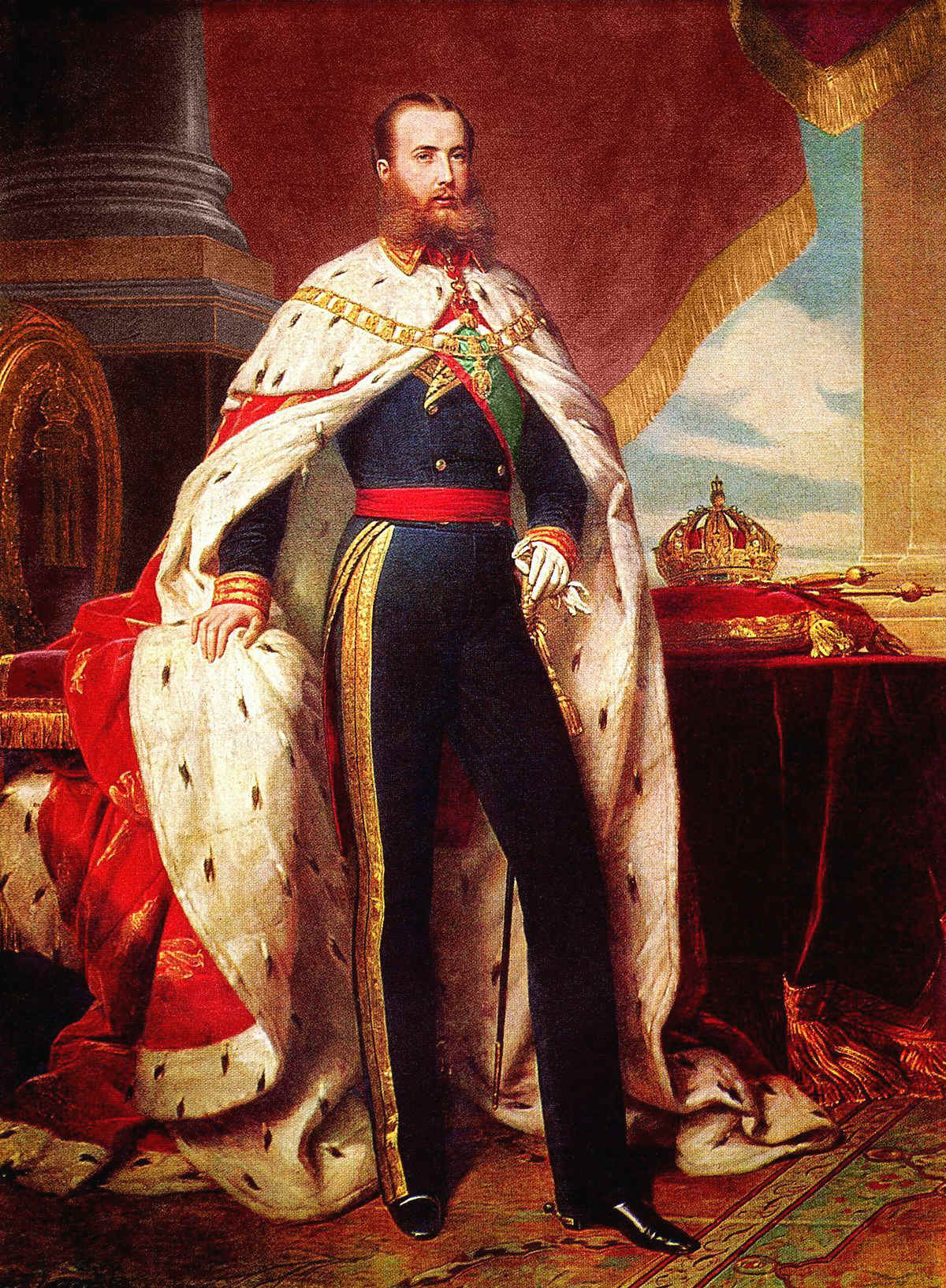
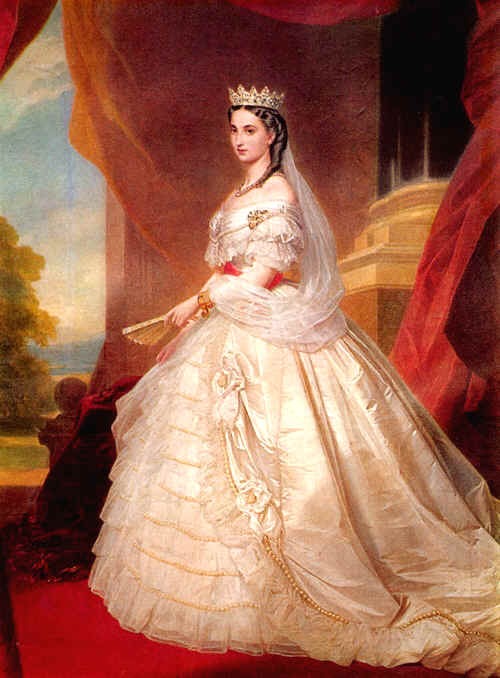
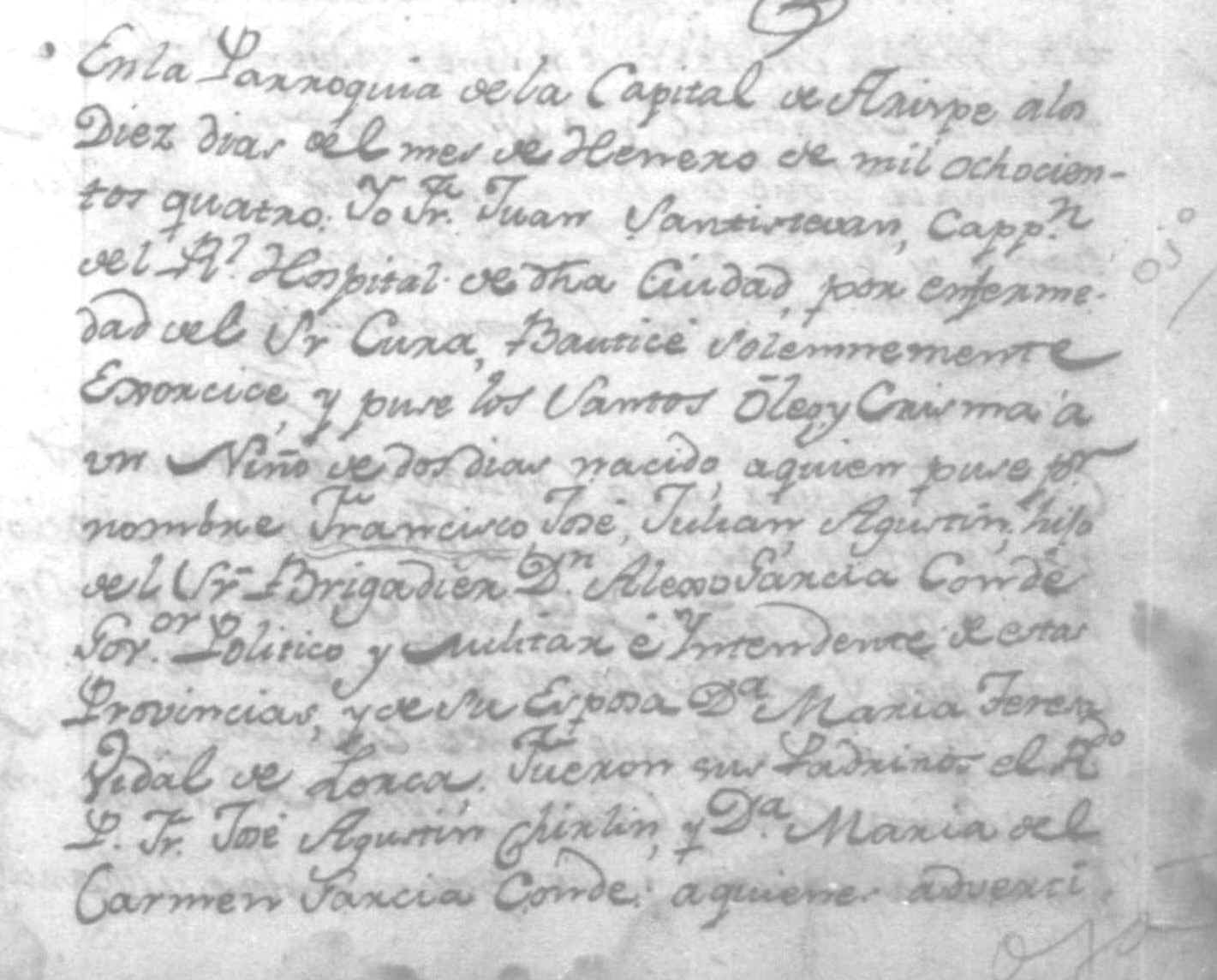

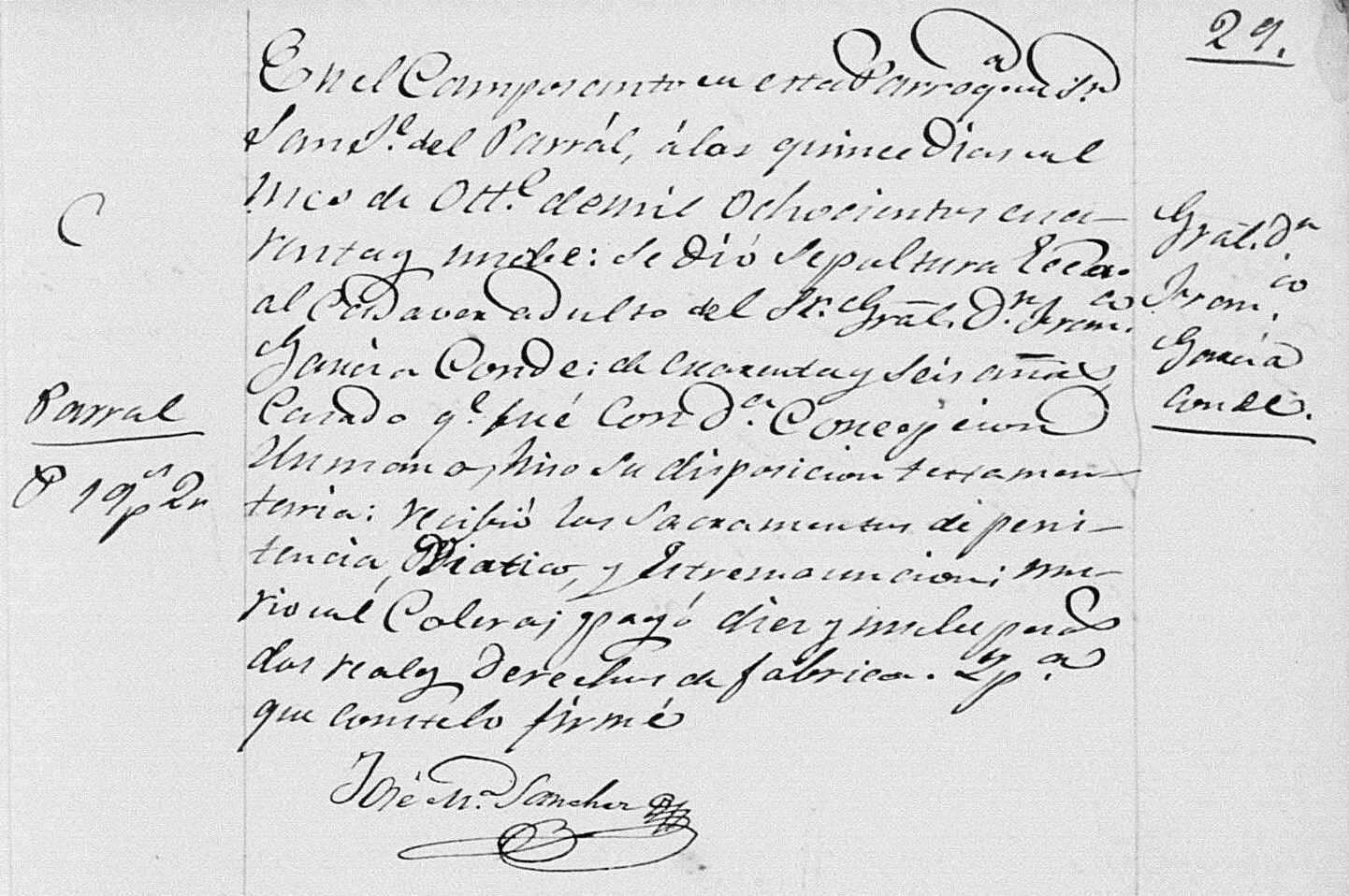
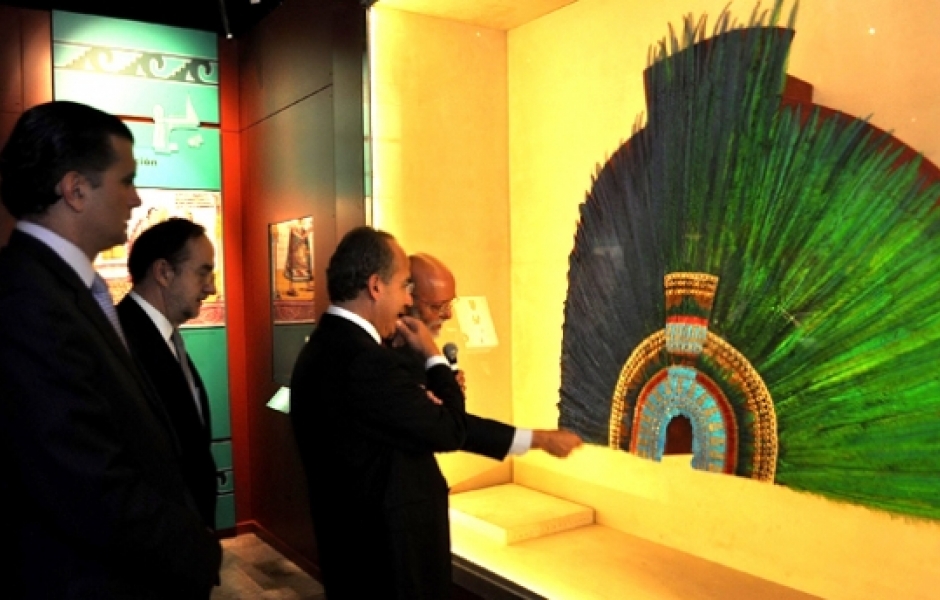
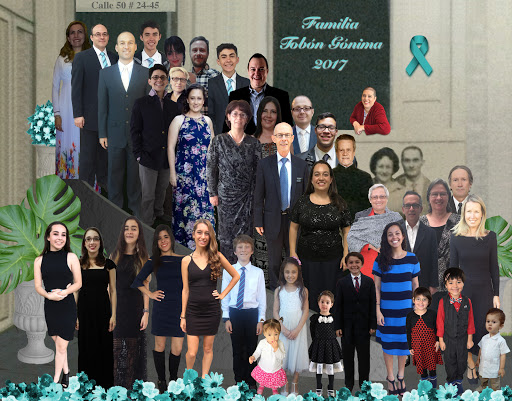

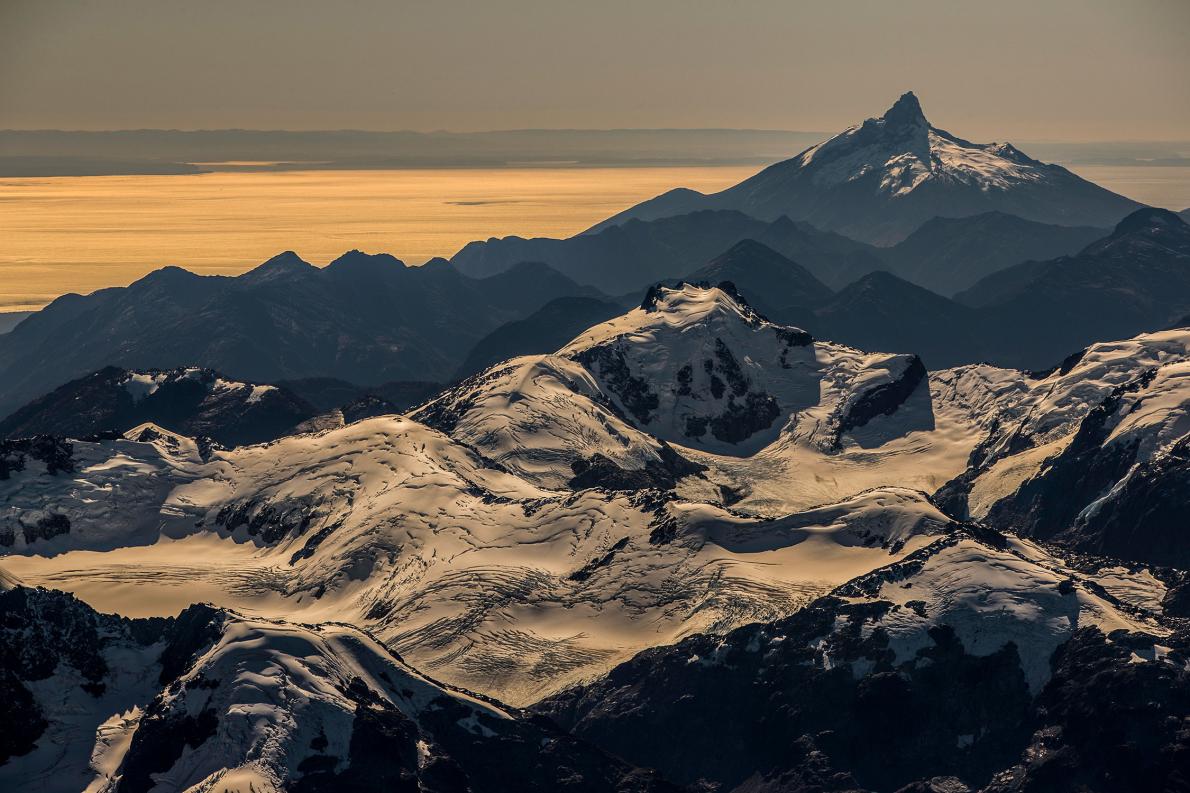
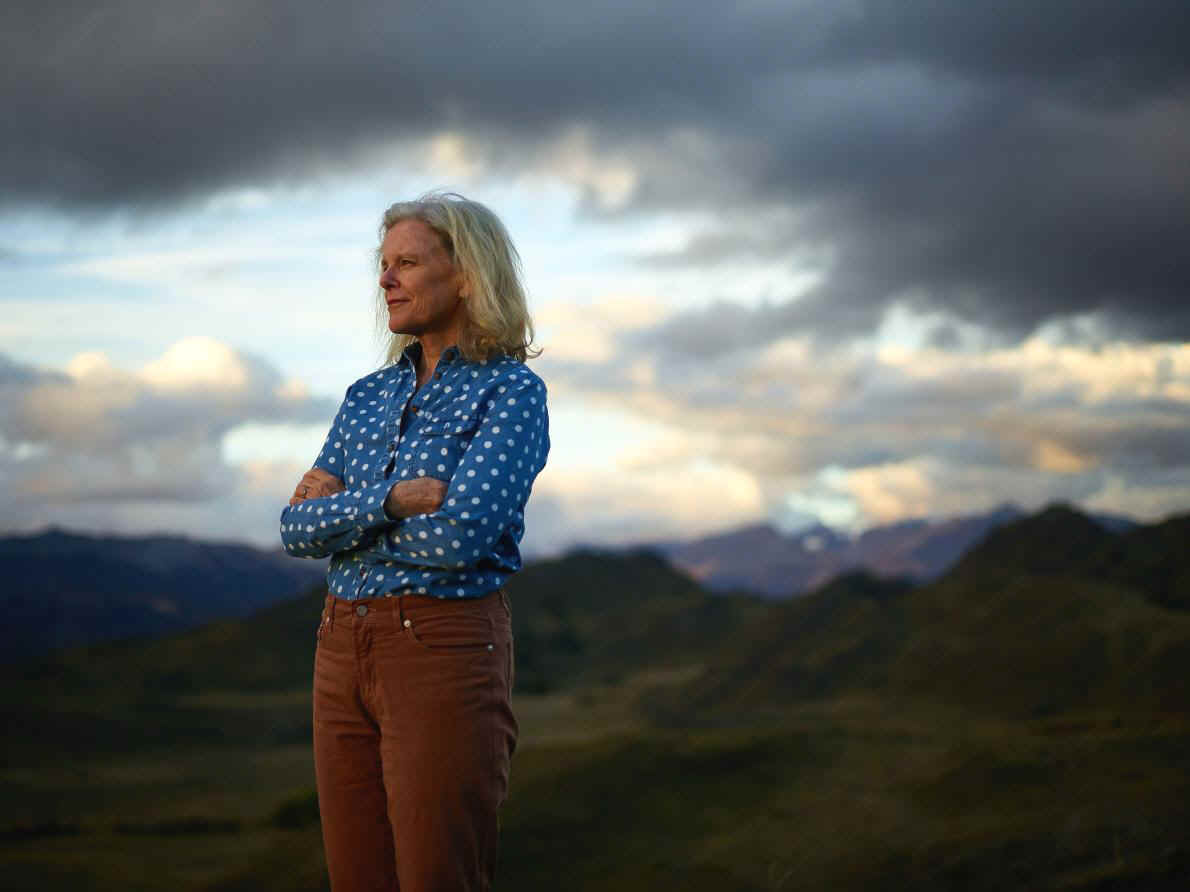
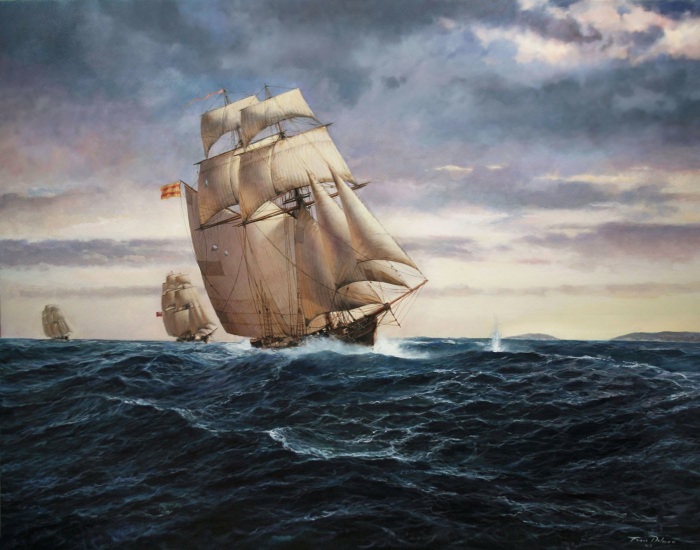
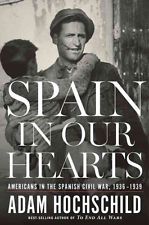

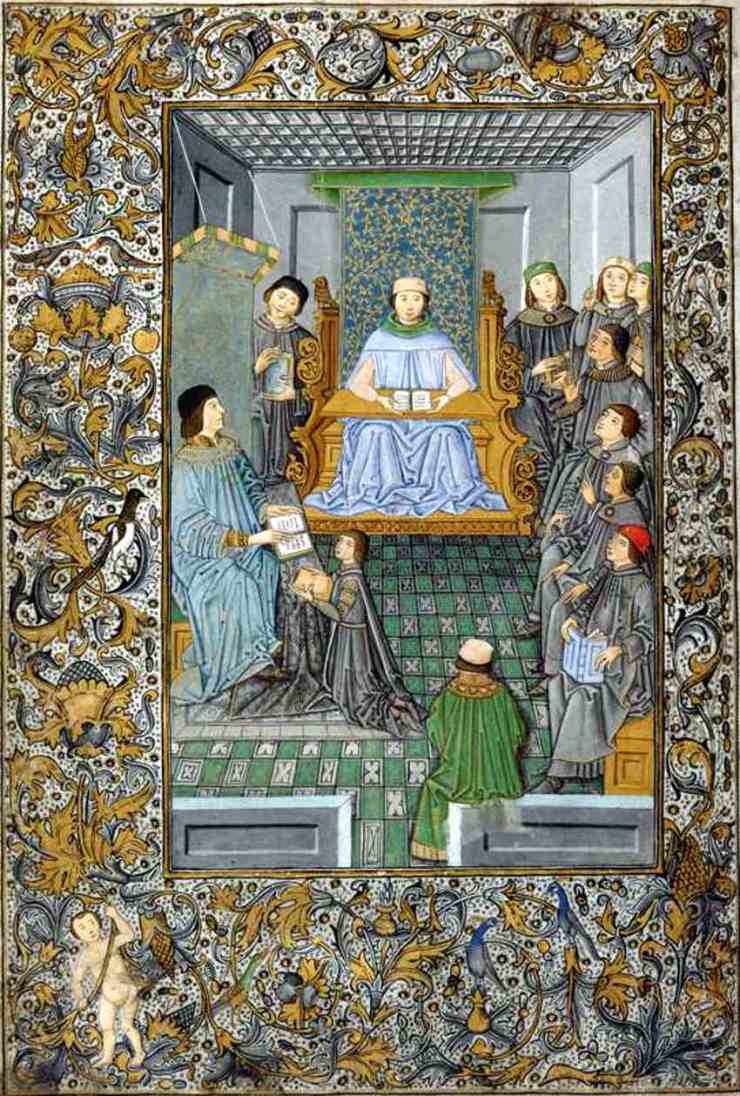
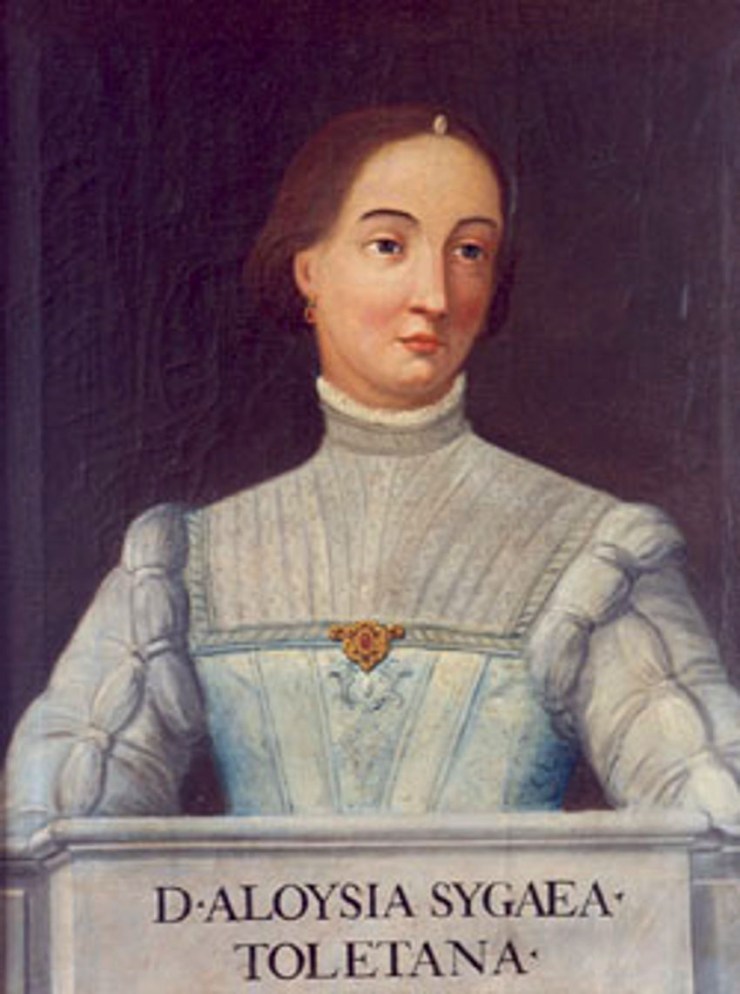
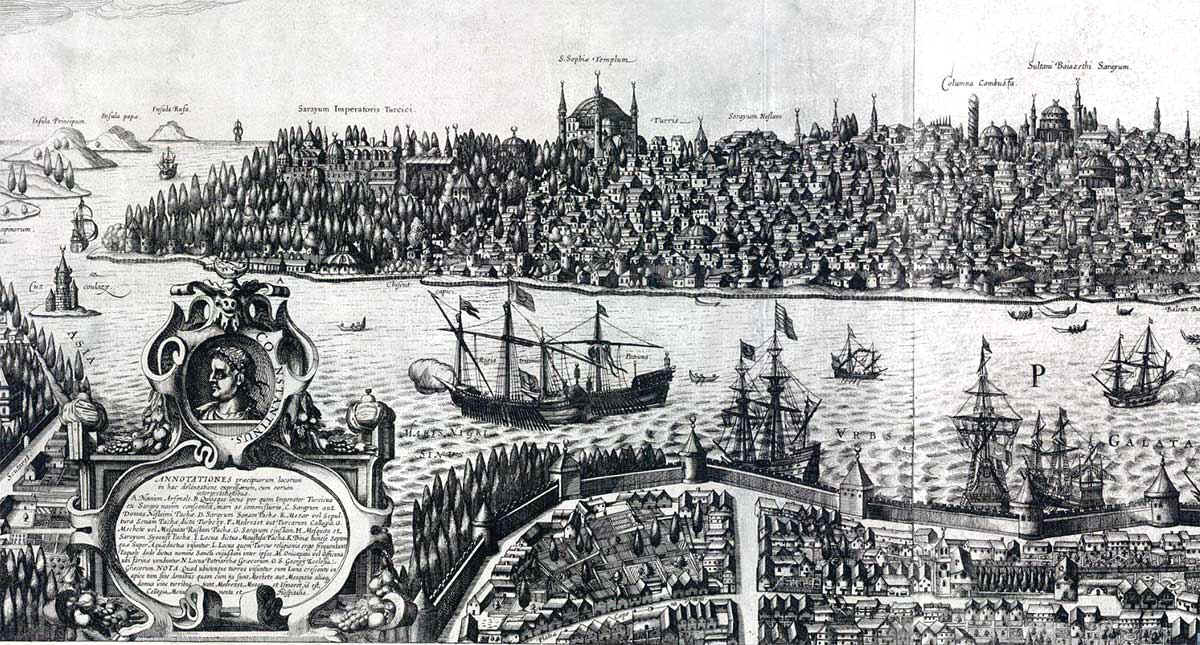
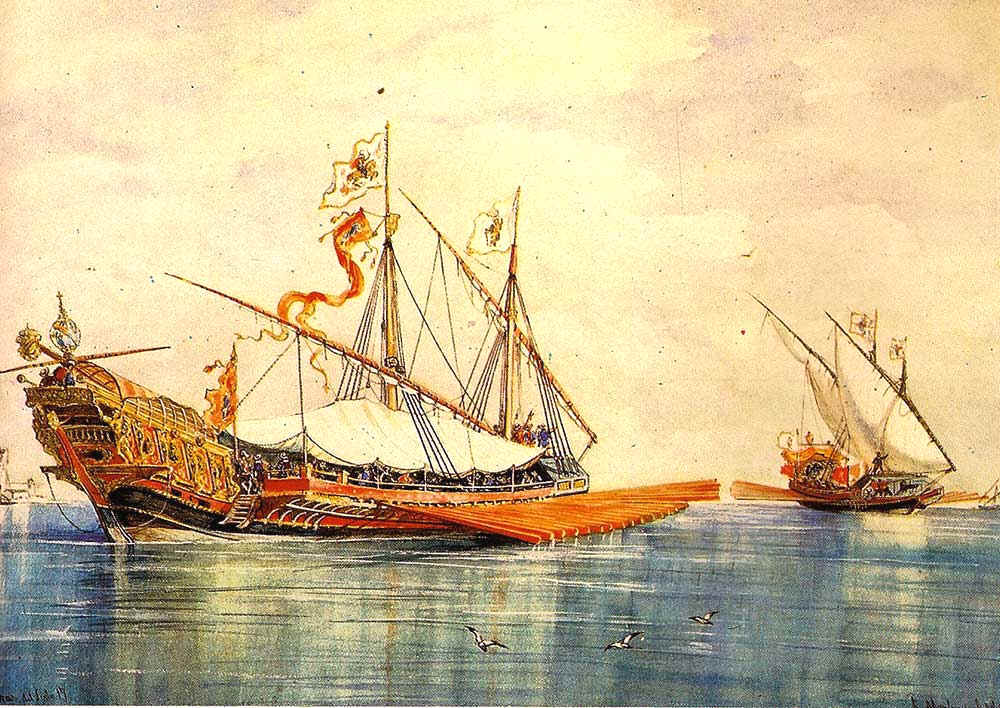
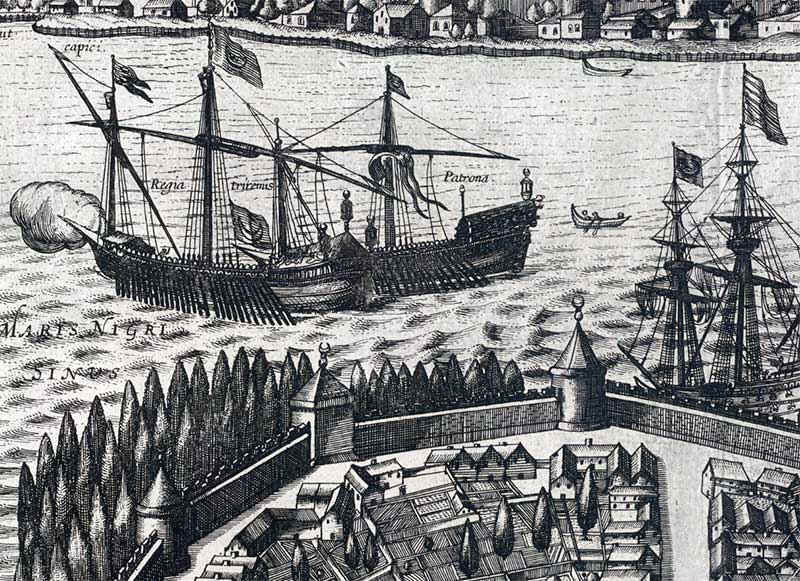
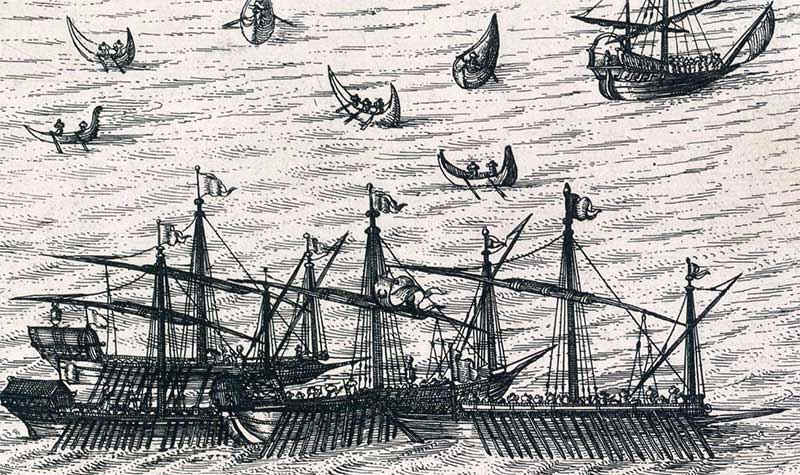
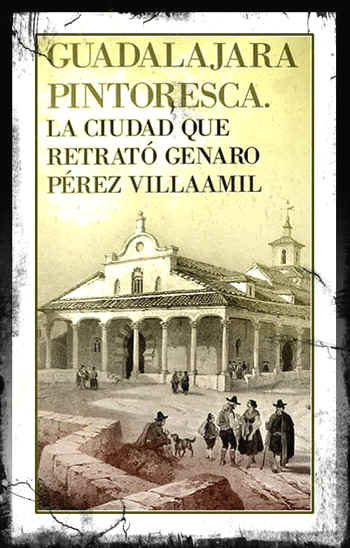
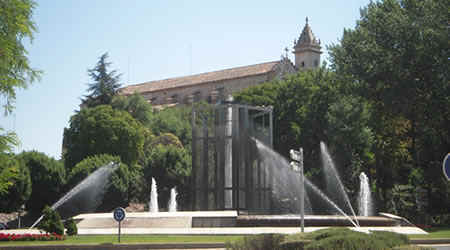
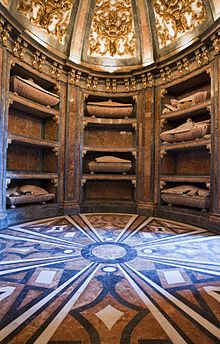
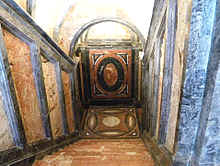

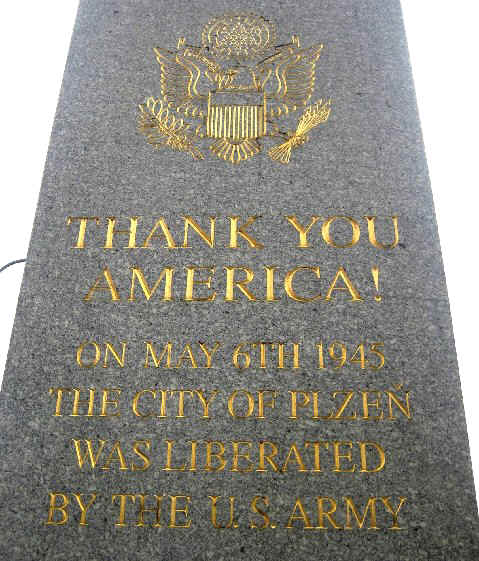
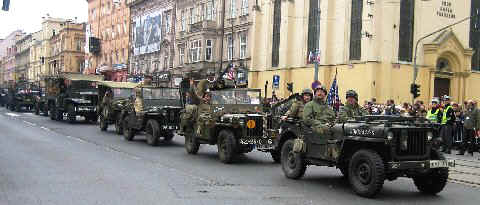
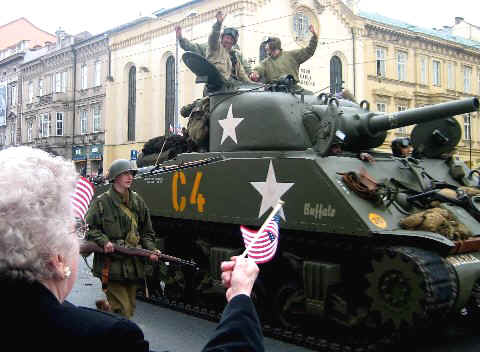
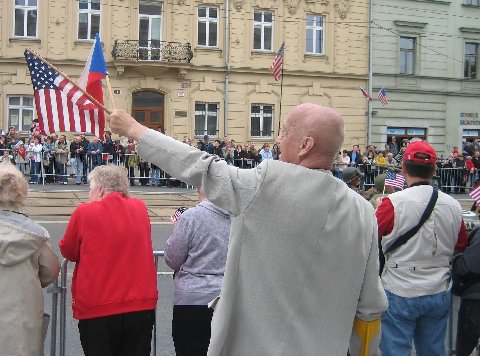
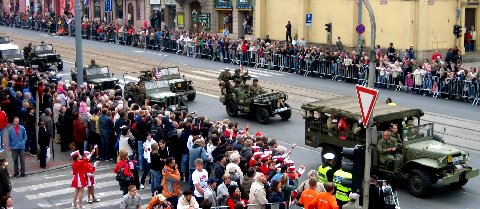
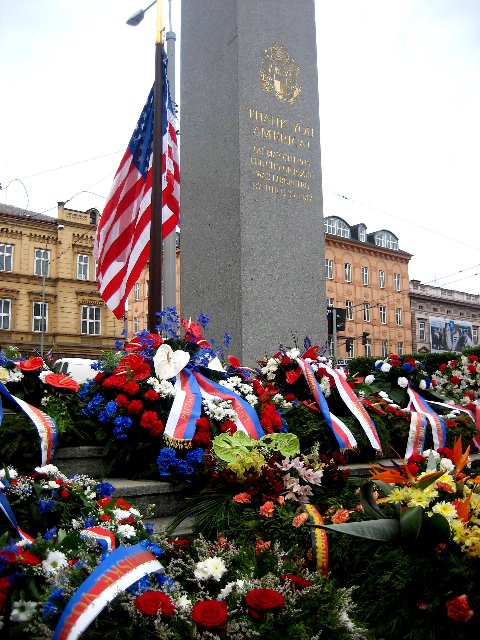
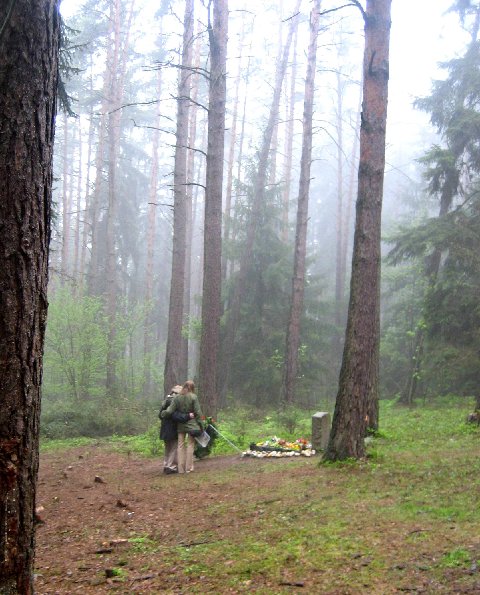
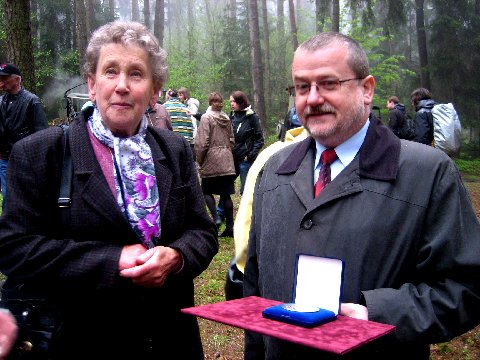
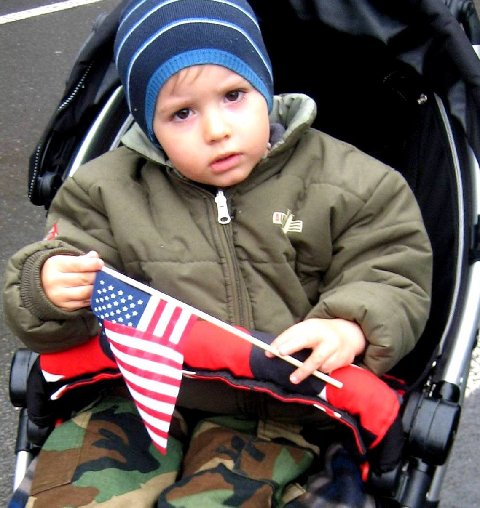
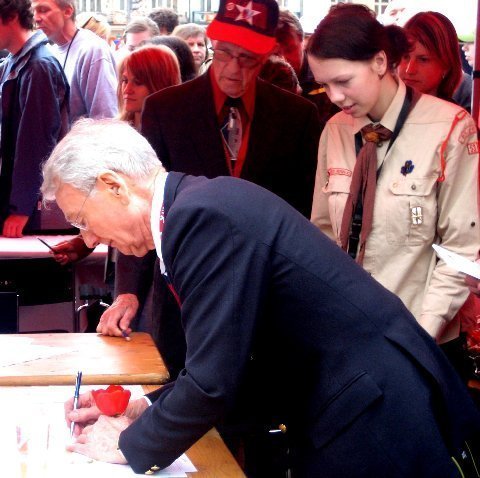
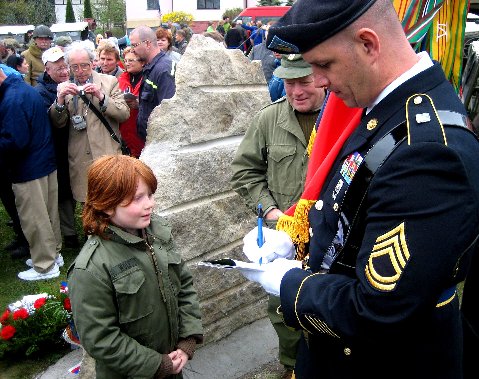
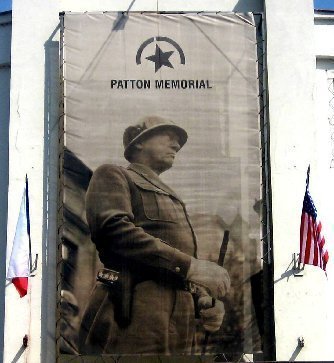

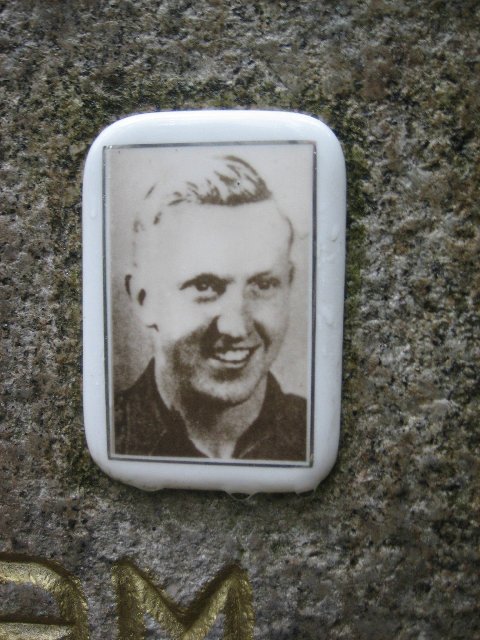
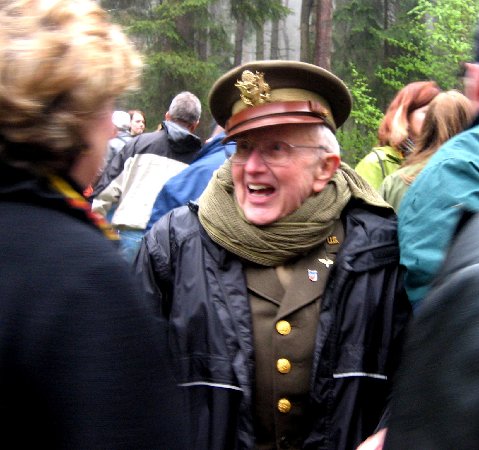
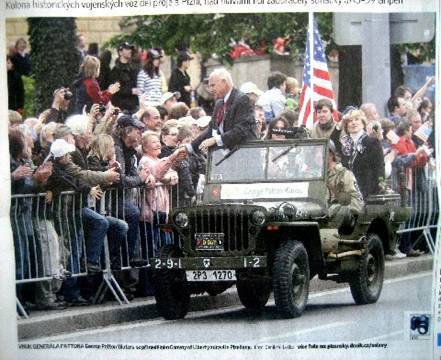
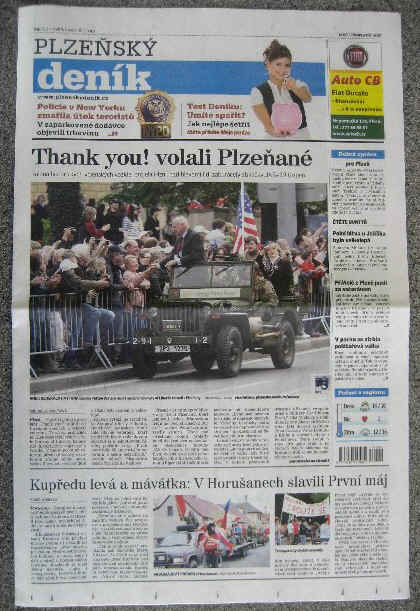
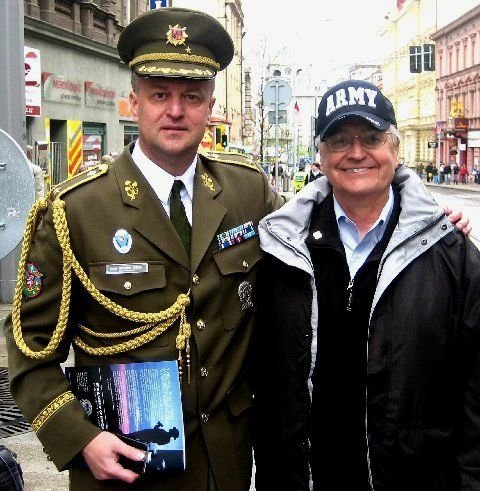



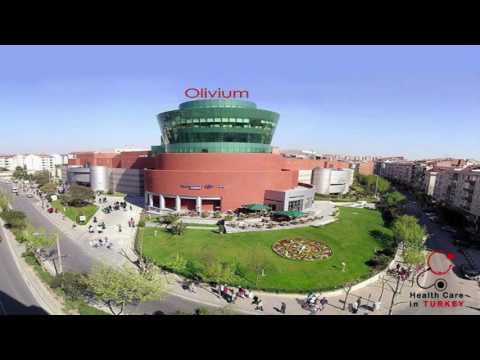





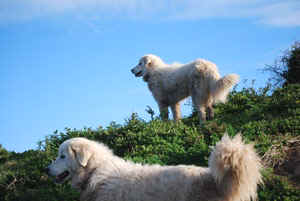 With their floppy ears, shaggy, white coats and placid demeanor, Maremmas look unthreatening and act calmly around sheep, goats and poultry. Unlike herding breeds that nip and chase, Maremmas do not confront livestock but integrate with them, forming social bonds.
With their floppy ears, shaggy, white coats and placid demeanor, Maremmas look unthreatening and act calmly around sheep, goats and poultry. Unlike herding breeds that nip and chase, Maremmas do not confront livestock but integrate with them, forming social bonds.